Guatemala - 2018
In April-May 2019 I had a 6-week trip to Central America.
(Melbourne - Los Angeles – Mexico – Cuba – Belize – Guatemala –
Mexico City – Los Angeles - Melbourne)
After my visit to Cuba I joined my third IntrepidTravel trip from Cancun through southern Mexico, Belize and Guatemala.
We had about a 1-hour trip from Santa Elana in Belize to Melchor on the Guatemala border.
Lake Petén Itzá
About an hour later we stopped at Hotel y Restaurante El Muelle at El Remate on Lake Petén Itzá.
It was a very pleasant spot. We had lunch here. Some of my tour-group had a swim in the lake.
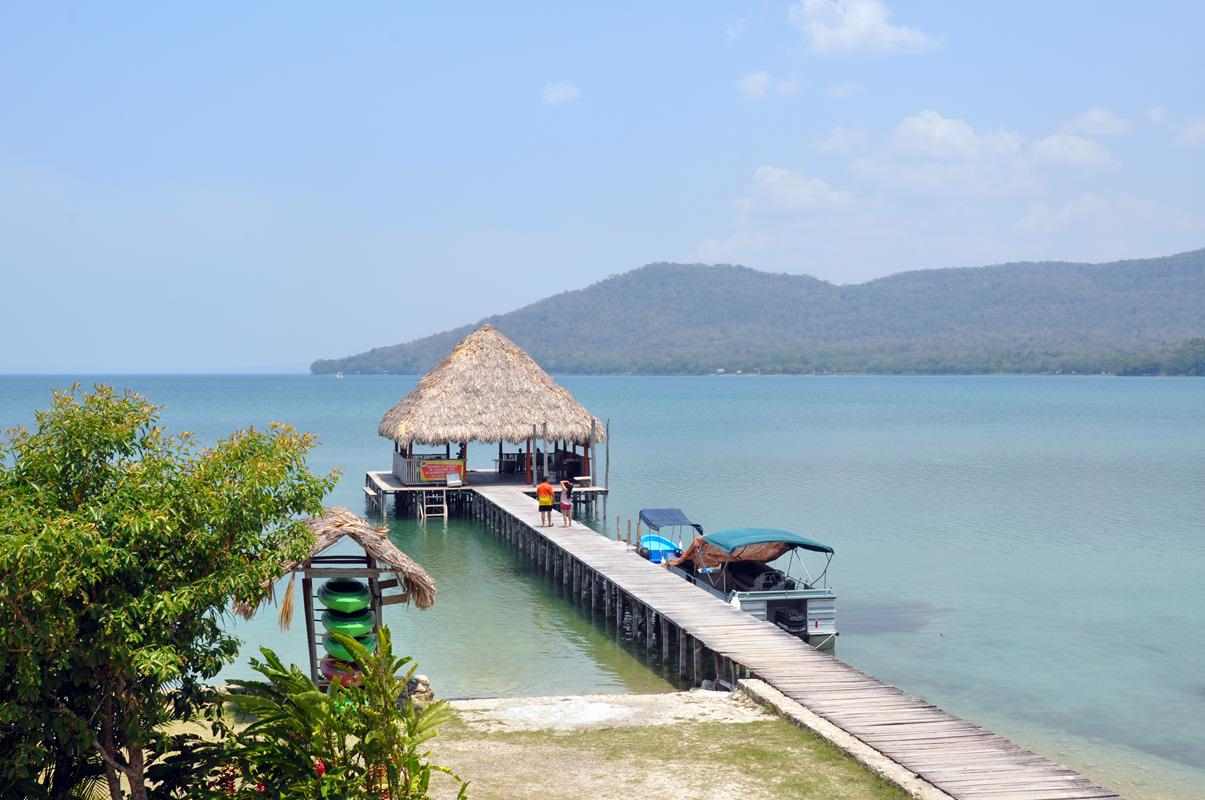
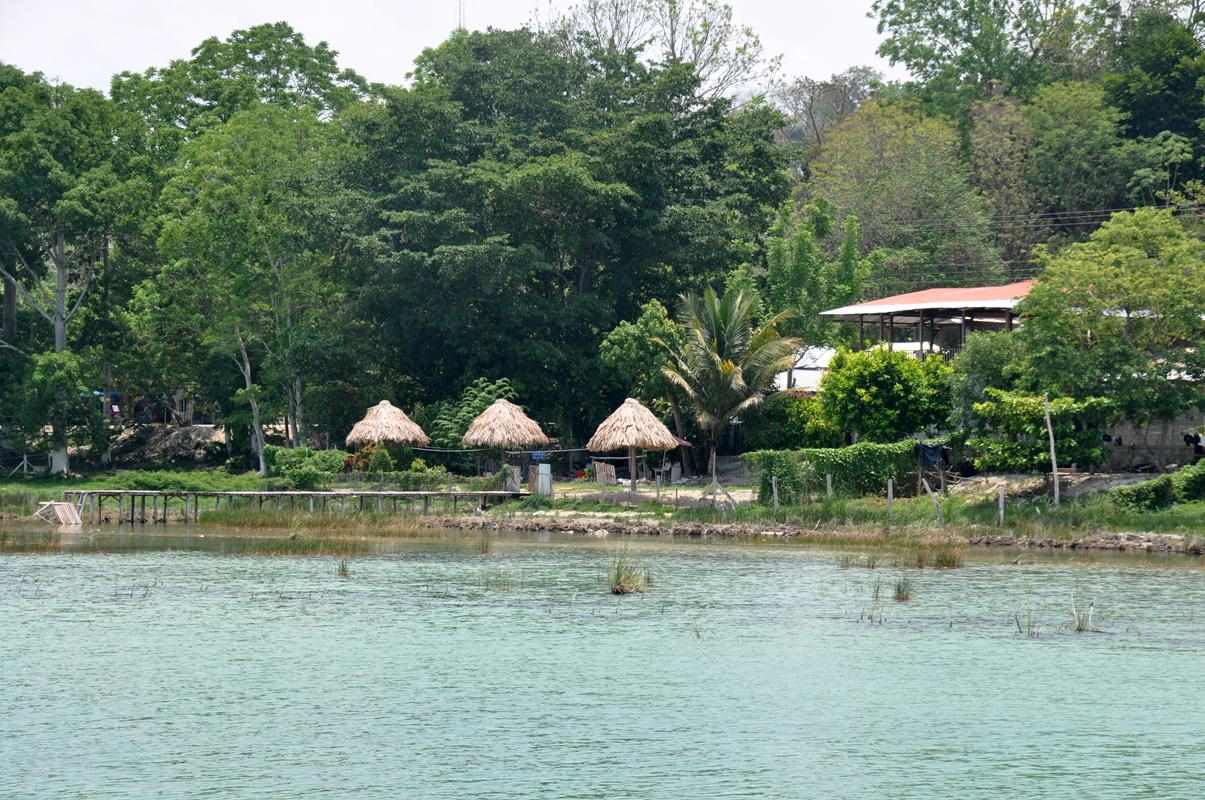
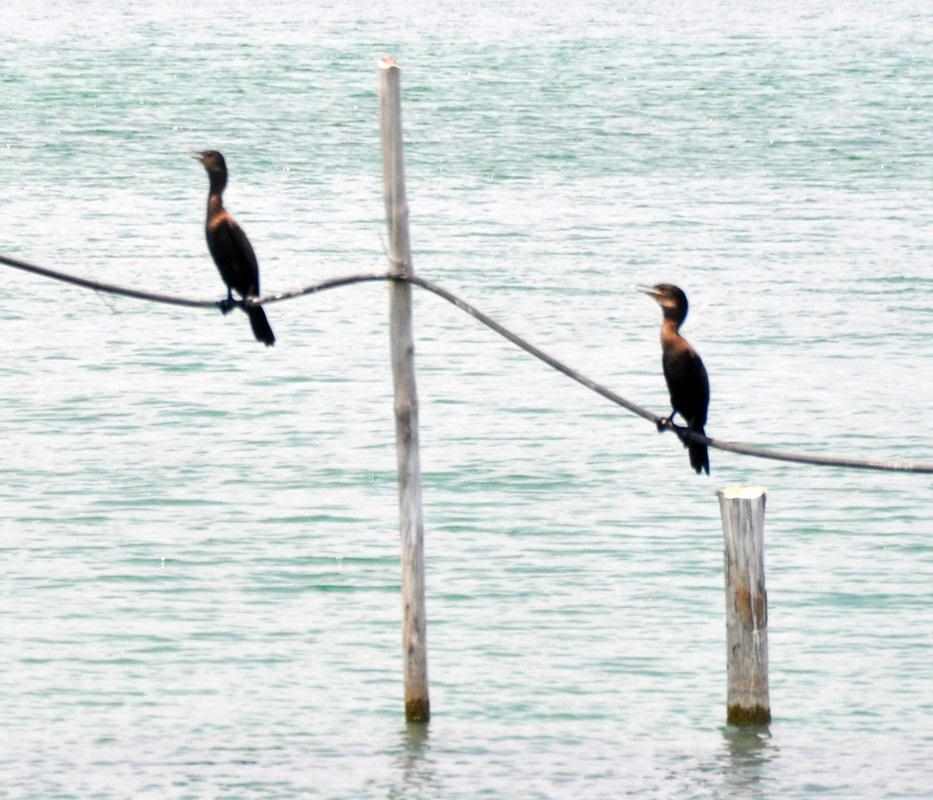

Tikal
Tikal was the capital of a conquest state that became one of the most powerful kingdoms of the ancient Maya.
Though monumental architecture at the site dates back as far as the 4th century BC, Tikal reached its apogee during the Classic Period, c. 200 to 900 AD.
During this time, the city dominated much of the Maya region politically, economically, and militarily, while interacting with areas throughout Mesoamerica
such as the great metropolis of Teotihuacan in the distant Valley of Mexico.
There is evidence that Tikal was conquered by Teotihuacan in the 4th century CE.
Following the end of the Late Classic Period, no new major monuments were built at Tikal and there is evidence that elite palaces were burned.
These events were coupled with a gradual population decline, culminating with the site’s abandonment by the end of the 10th century.
In 1979 it was declared a UNESCO World Heritage Site.
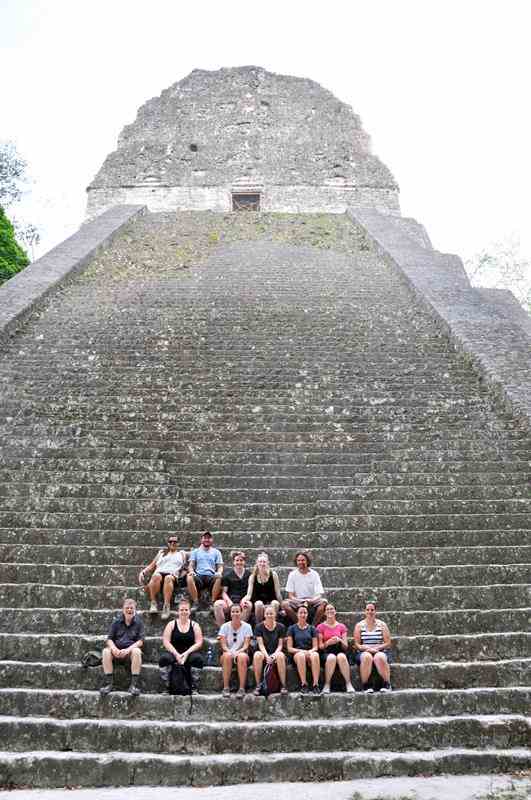
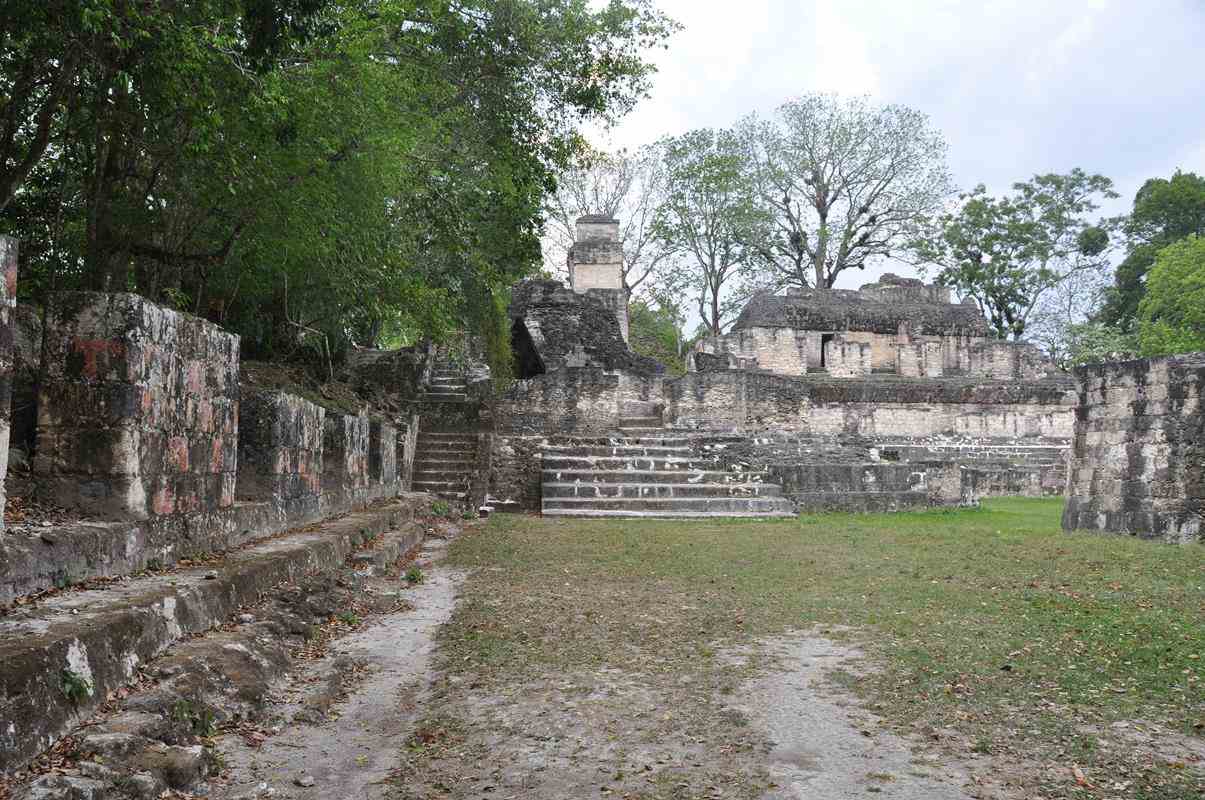
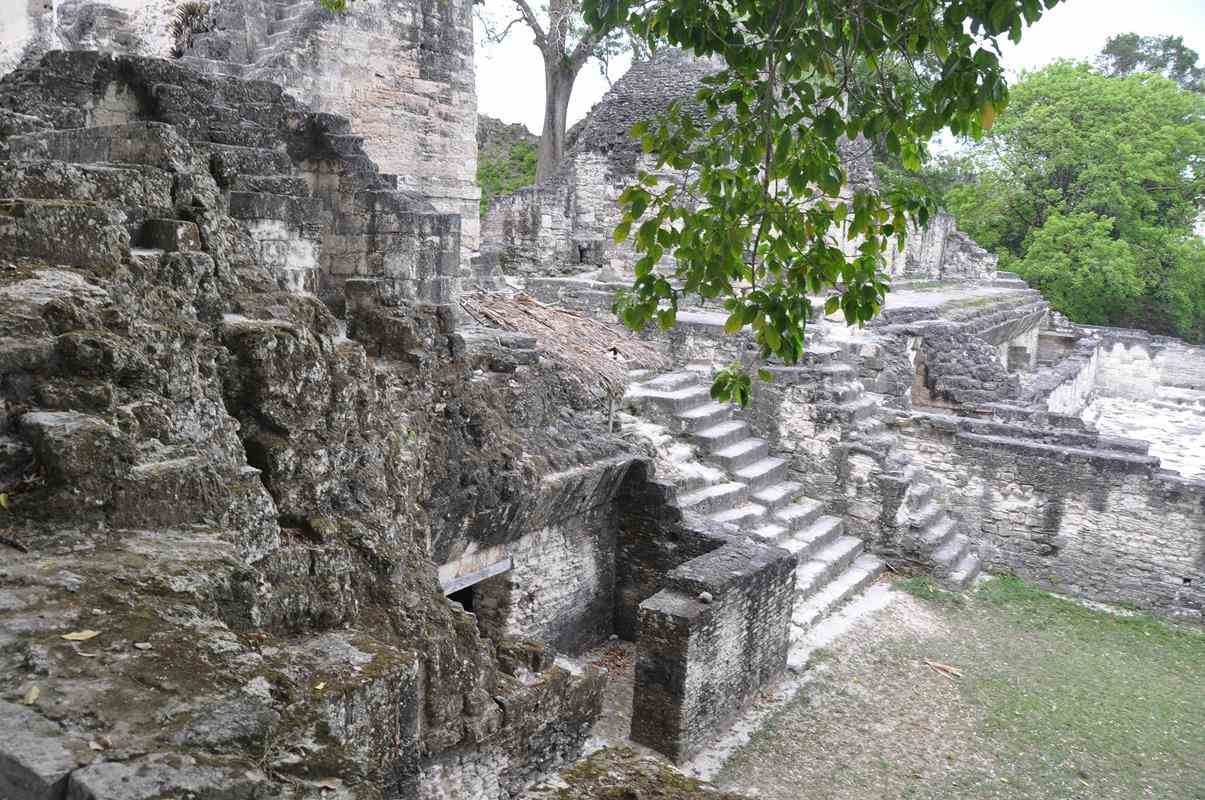
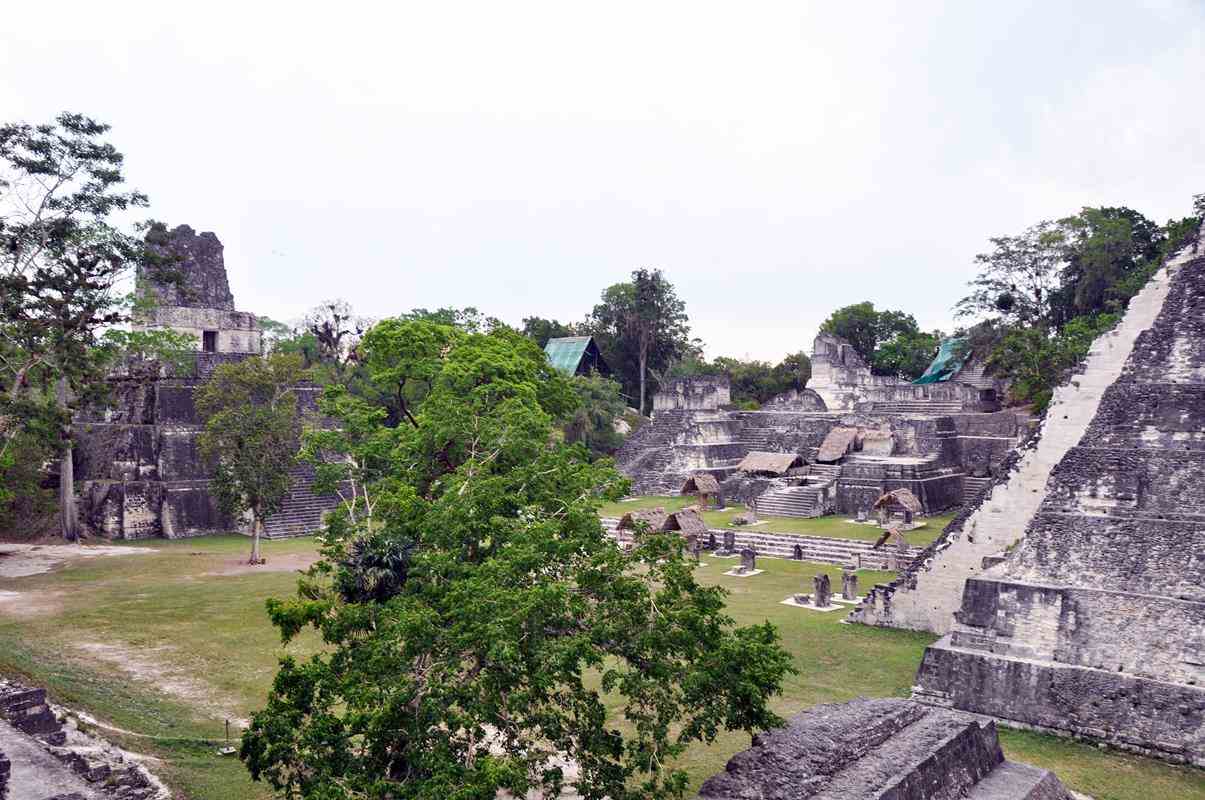
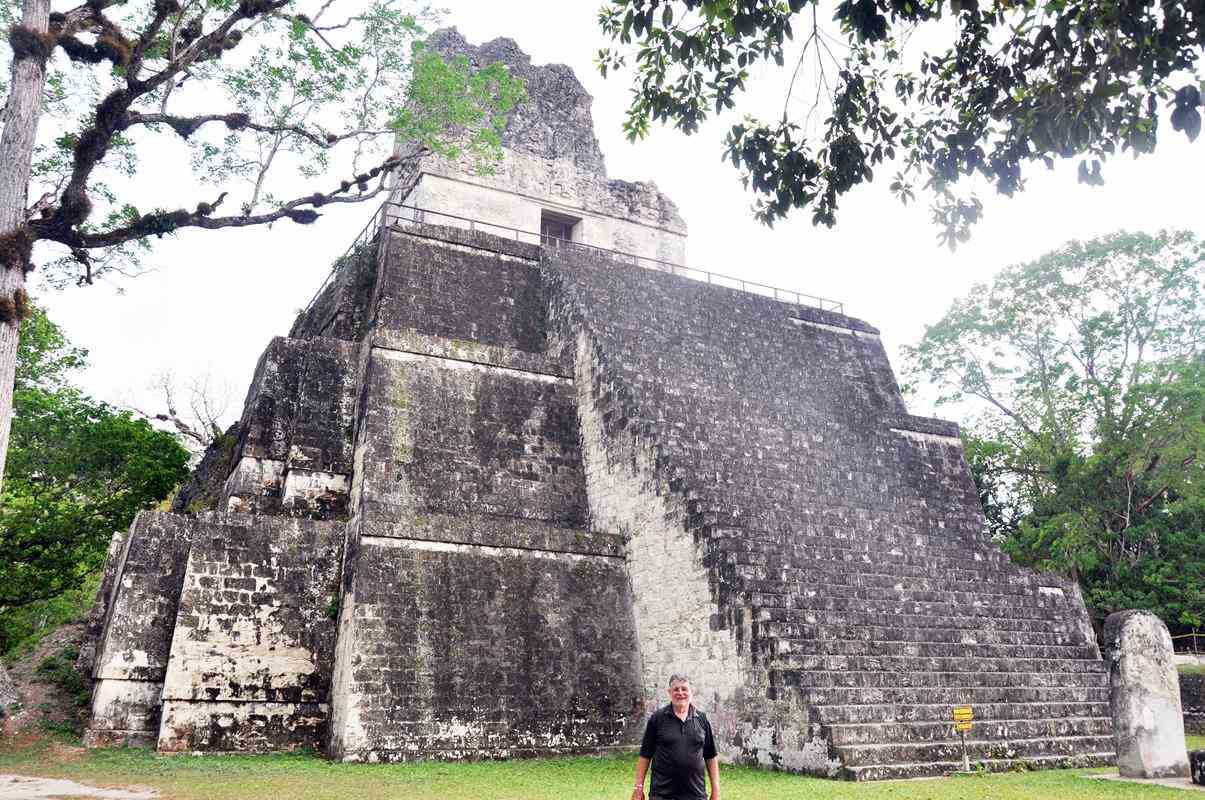
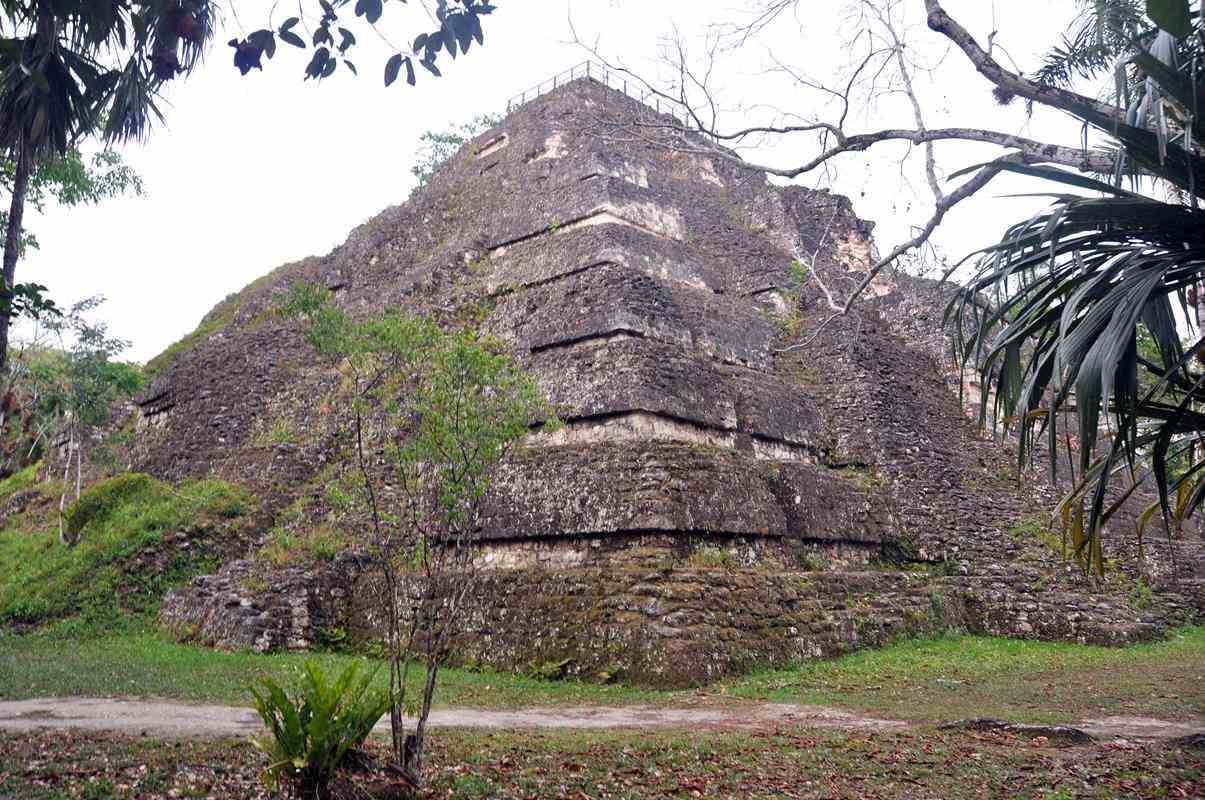
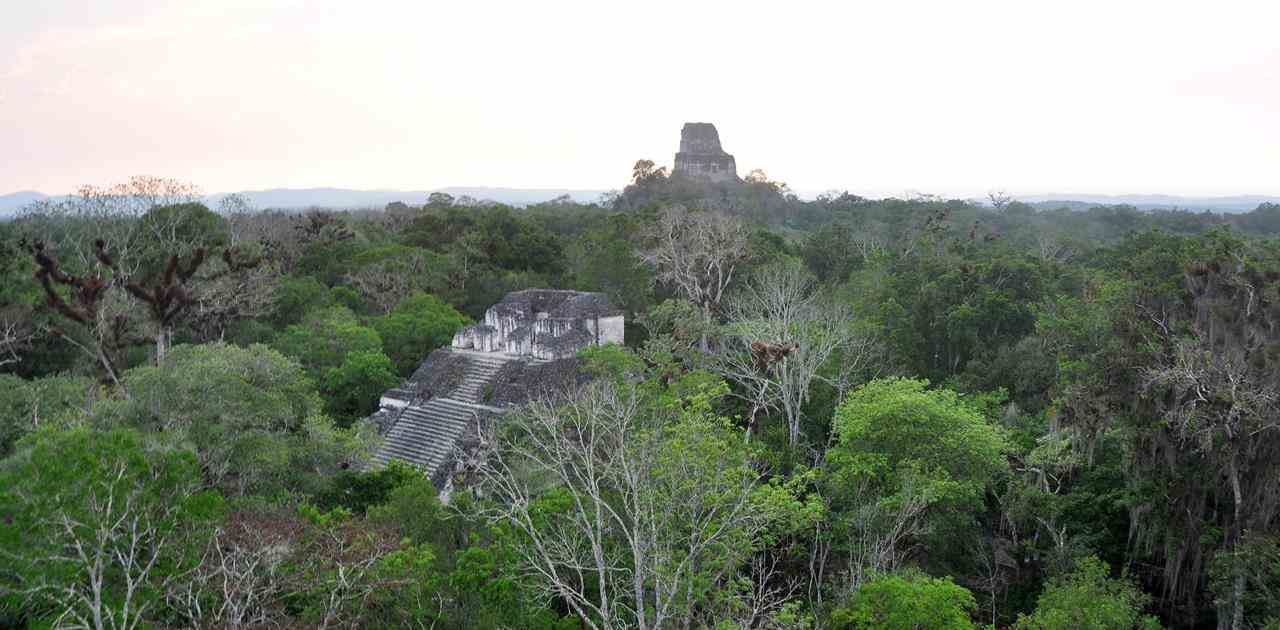
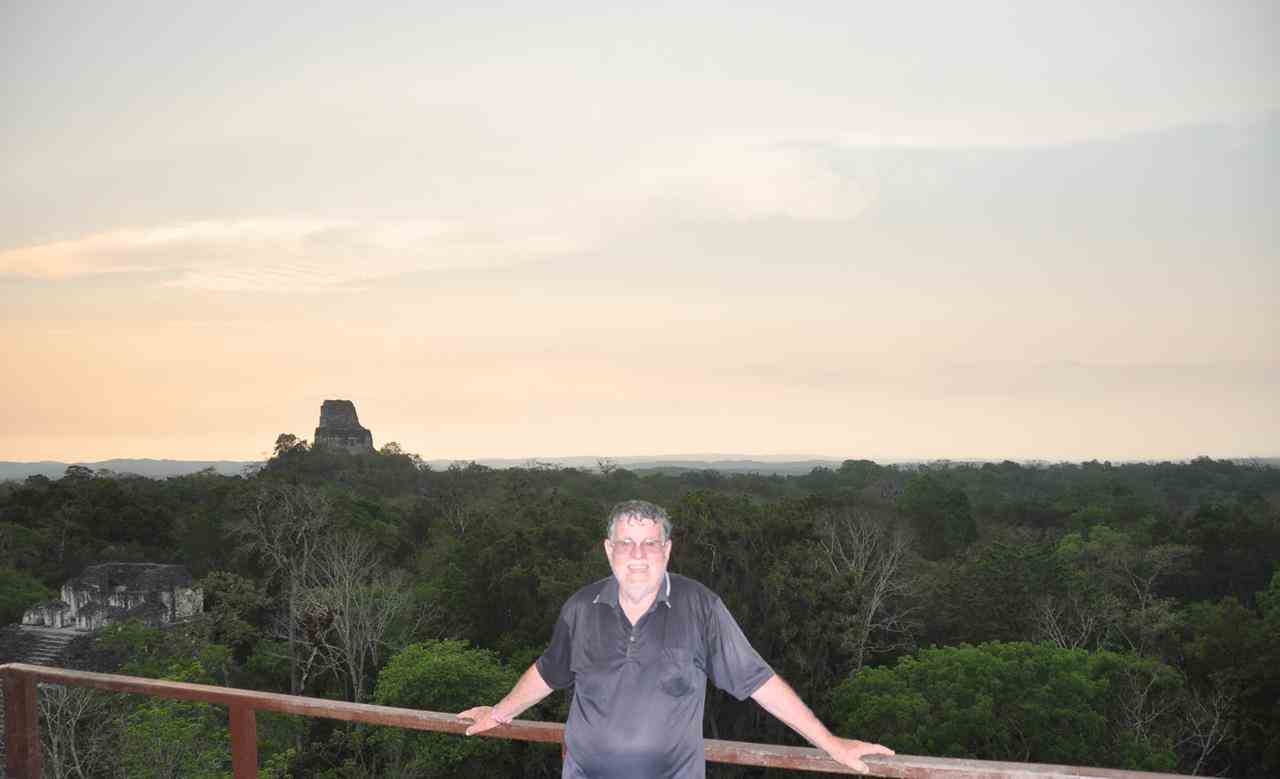
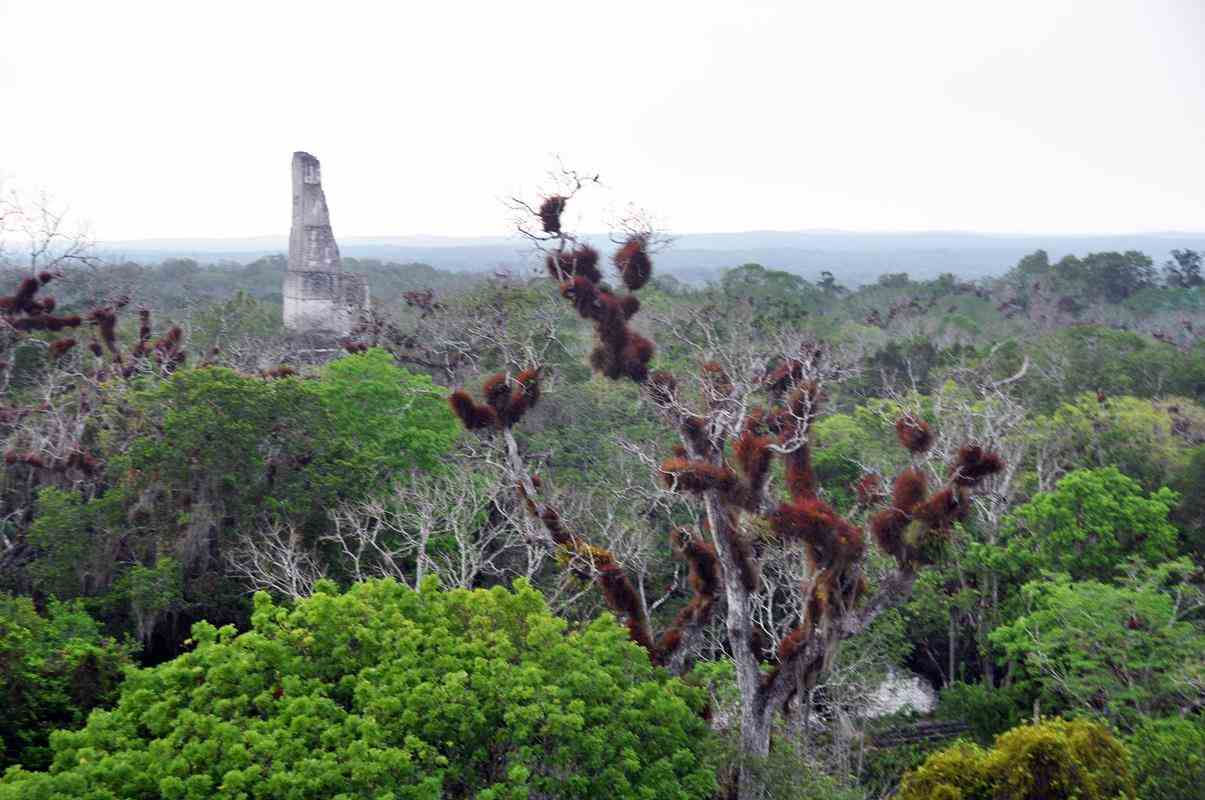
With Sofia, our tour-leader in Belize and Guatemala.
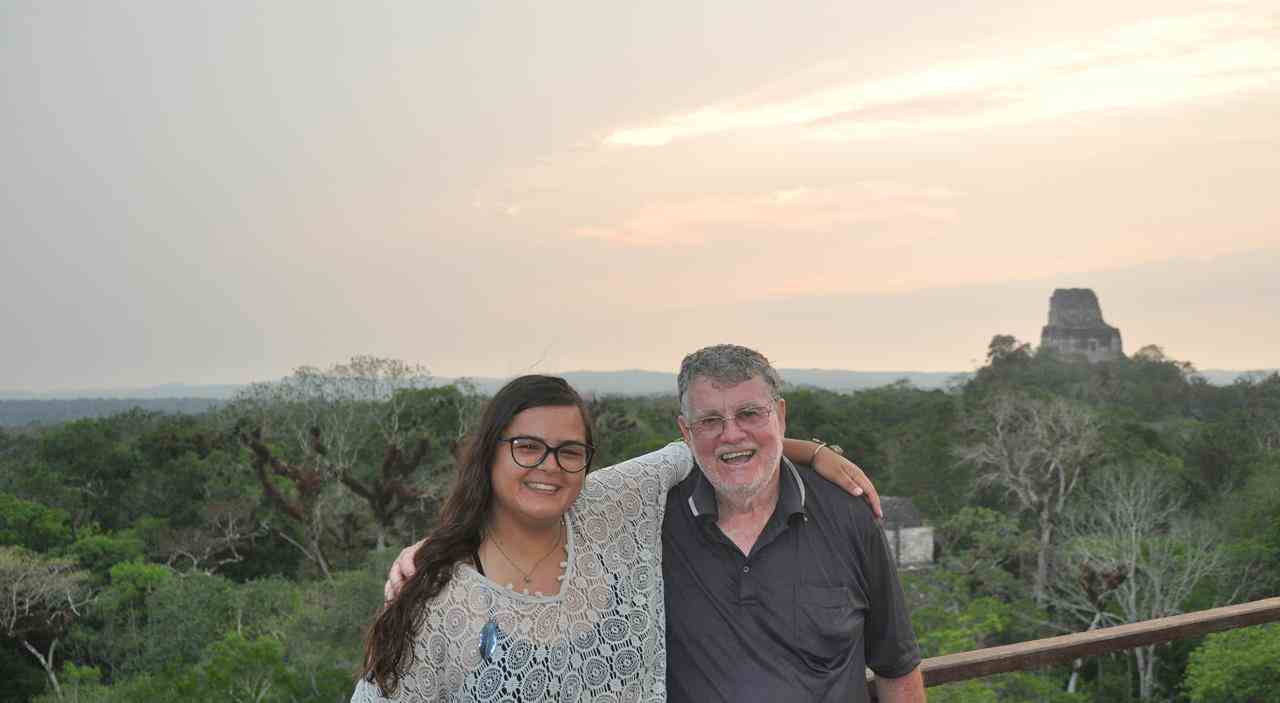
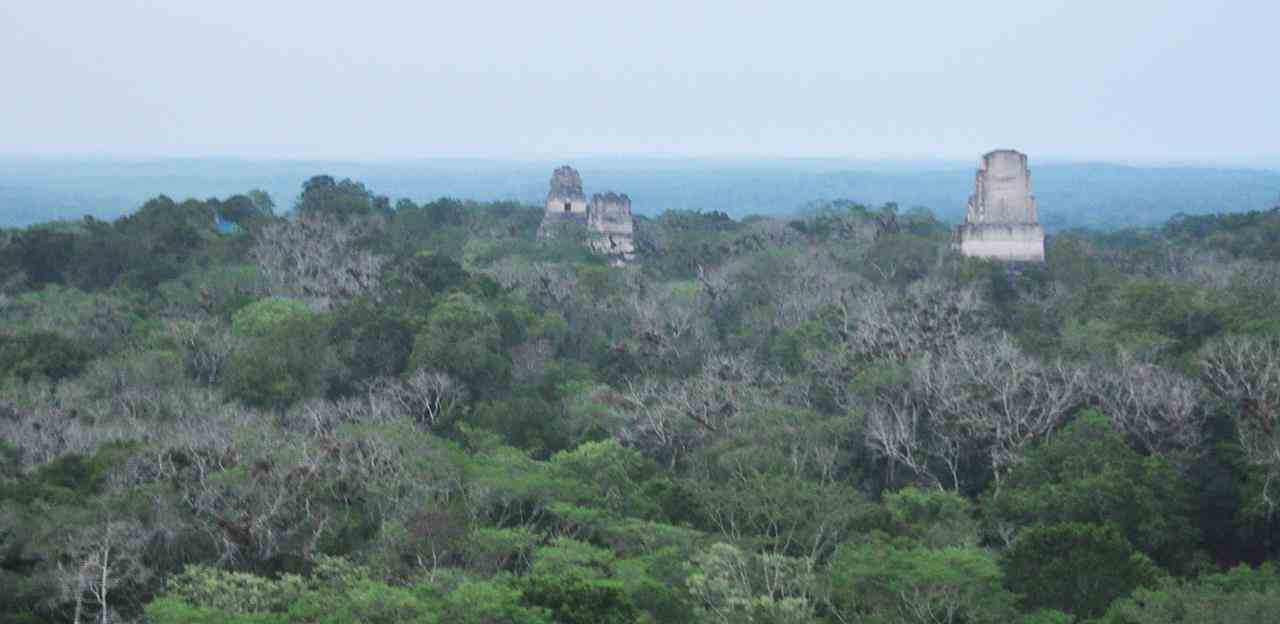
Flores
The Mayans established a city here in the 13th century. They called it Nojpetén, (Great Island).
It was located on an island on Lake Peten Itza, which is now connected to the mainland by a short causeway.
It was here that the the last independent Maya state held out against the Spanish conquerors.
The Spanish did not manage to conquer the island until 1697, when they marched in, attacked via boats, and destroyed it.
Those who could flee did so, and many Itzá people hid in the jungle for years.
From the ruins of Nojpetén arose the modern city of Flores.
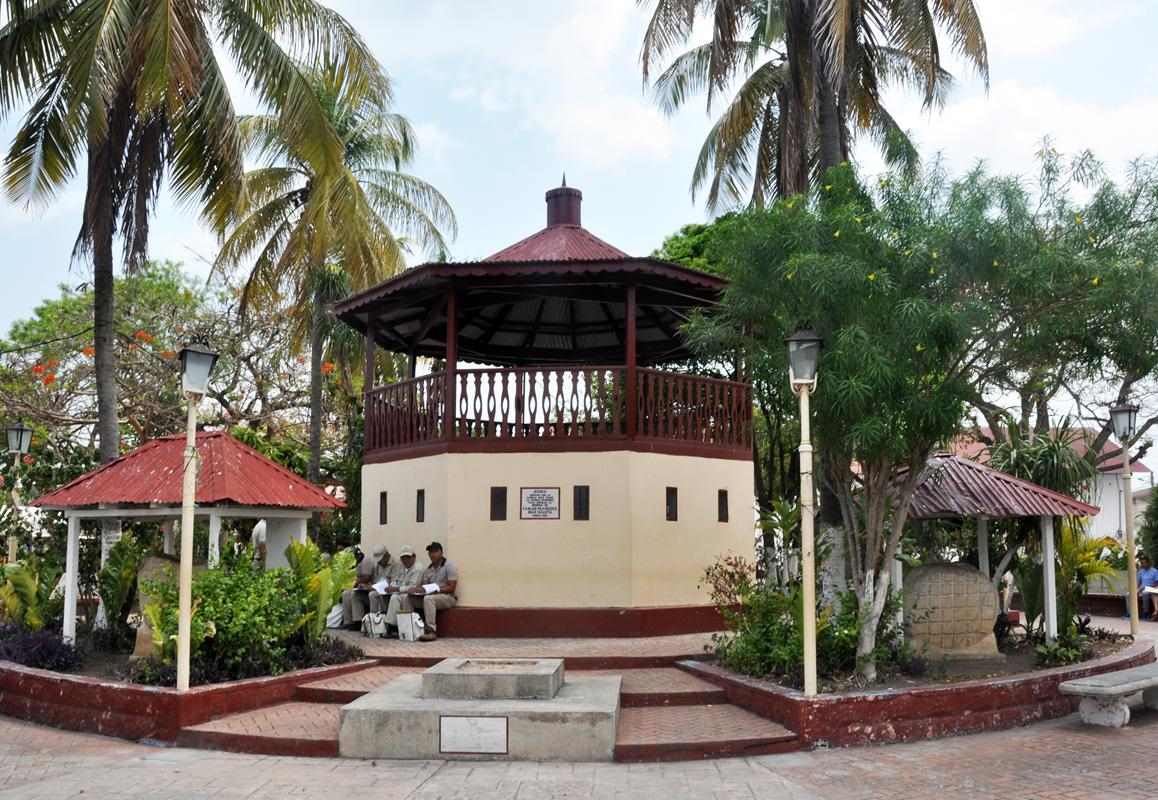
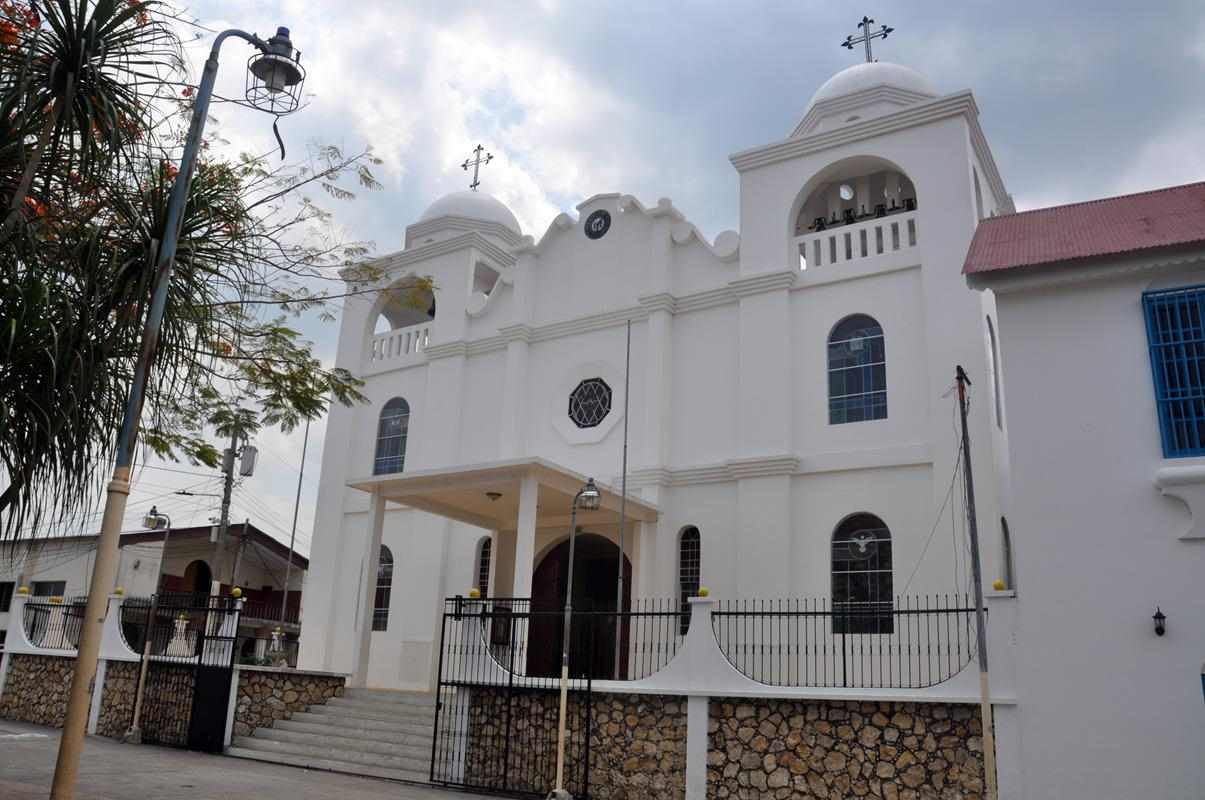
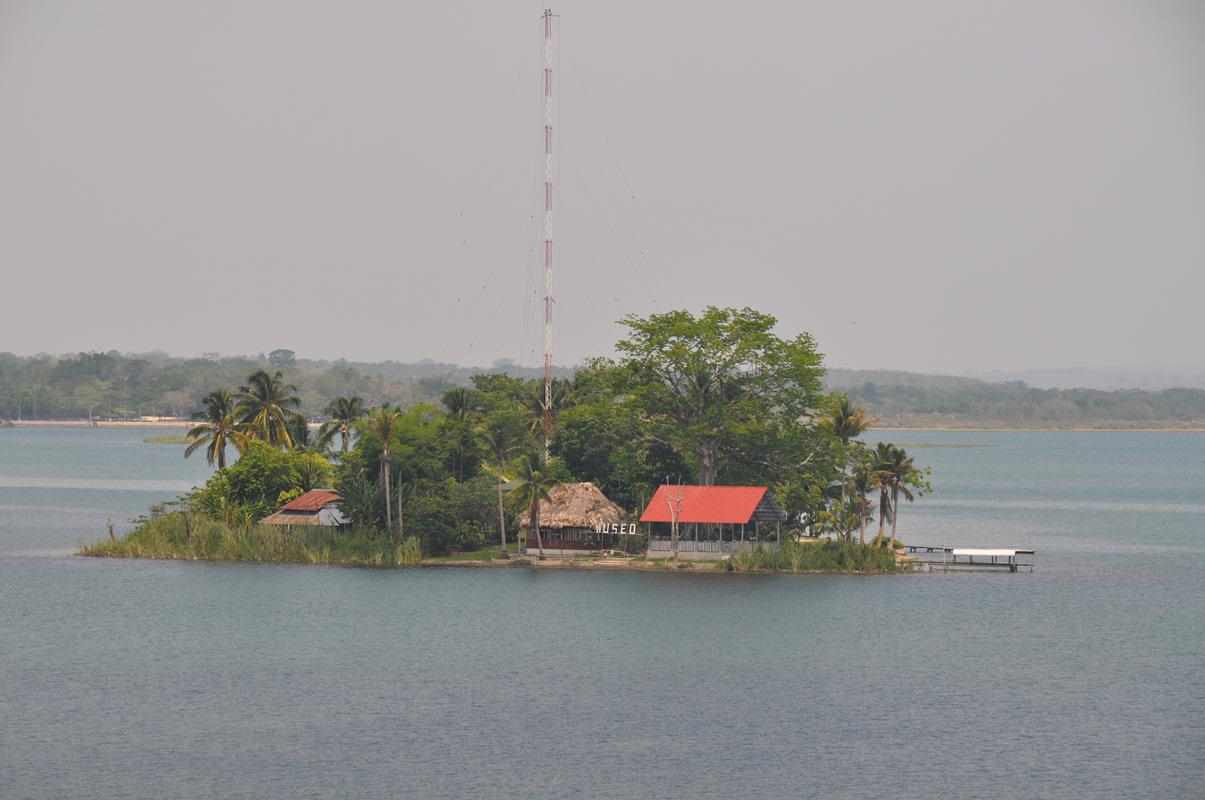
Hernán Cortés, the Spanish Conquistador who led an expedition that caused the fall of the Aztec Empire,
came to the island, en route to Honduras, but needed to move on and did not try to conquer it.
Cortés left behind a cross and a lame horse. He said he would return soon for it.
The Itza had never seen a horse before, and did not know how to treat it.
They fed it like their Gods. A diet of meat and birds, flowers and other things.
Of course, the horse died and the Itza were terrified of the retribution for killing a God.
They made a stone horse and worshipped it to prove they were not responsible for its death.
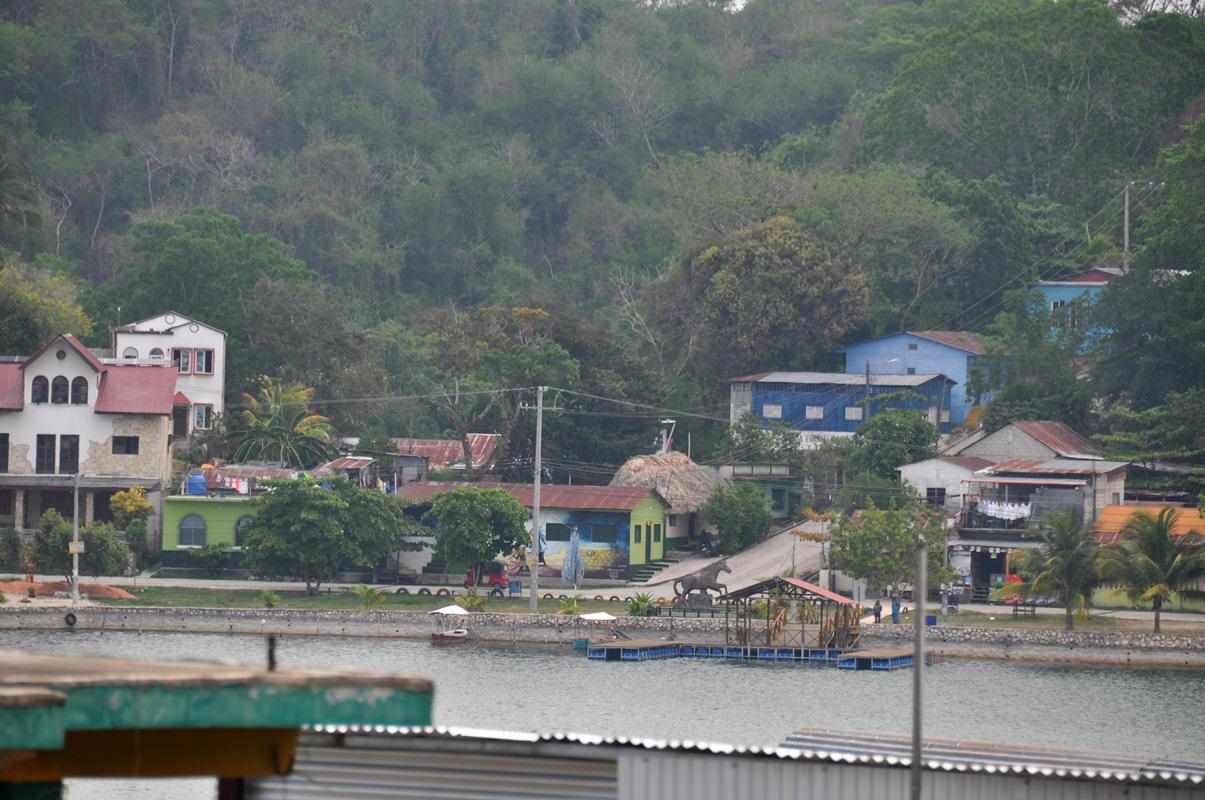
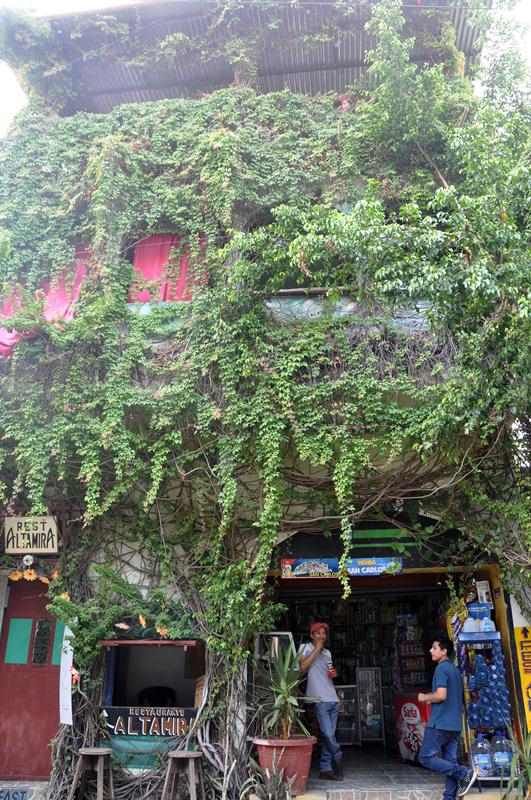

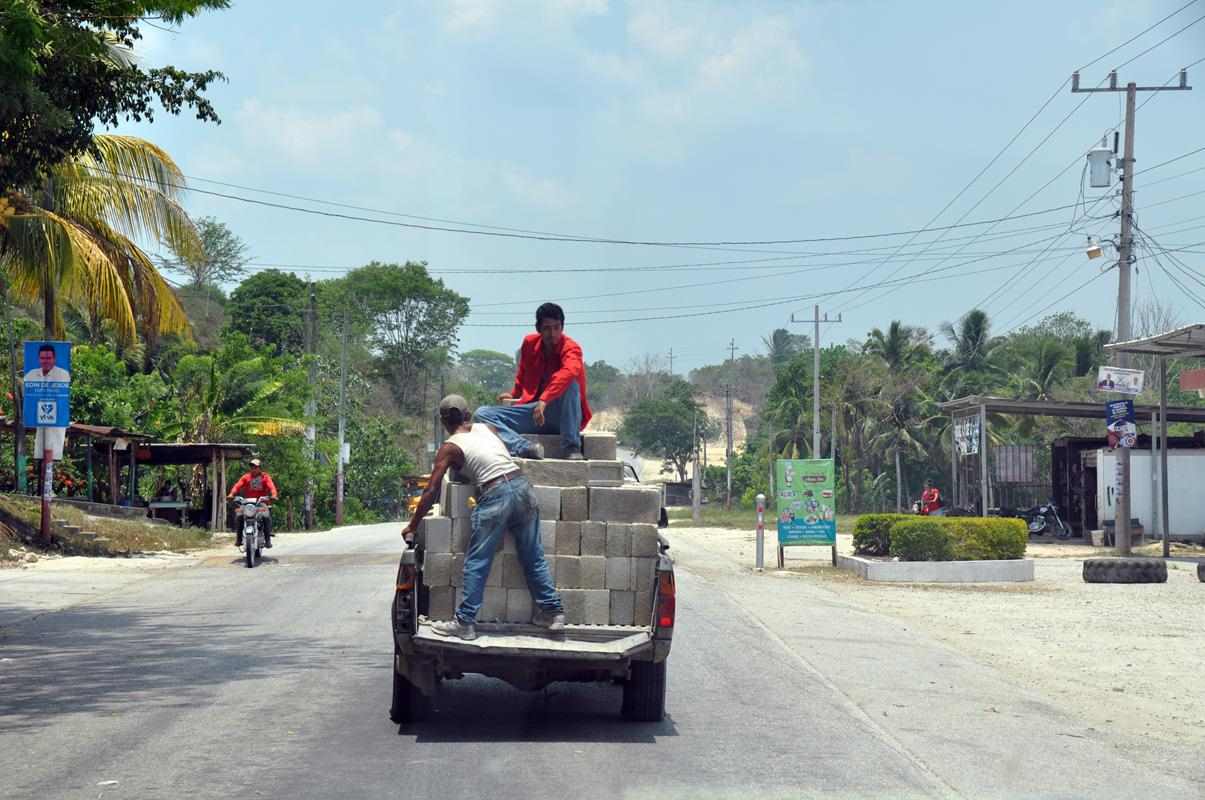
Rio Dulce
Dulce River (Río Dulce, or "Sweet River") in Guatemala, is part of a lake and river system that has become a popular cruising sailboat destination.
It flows from Lake Izabal to the Caribbean Sea.
Hacienda Tijax, our hotel at Rio Dulce. It was only accessible by boat.
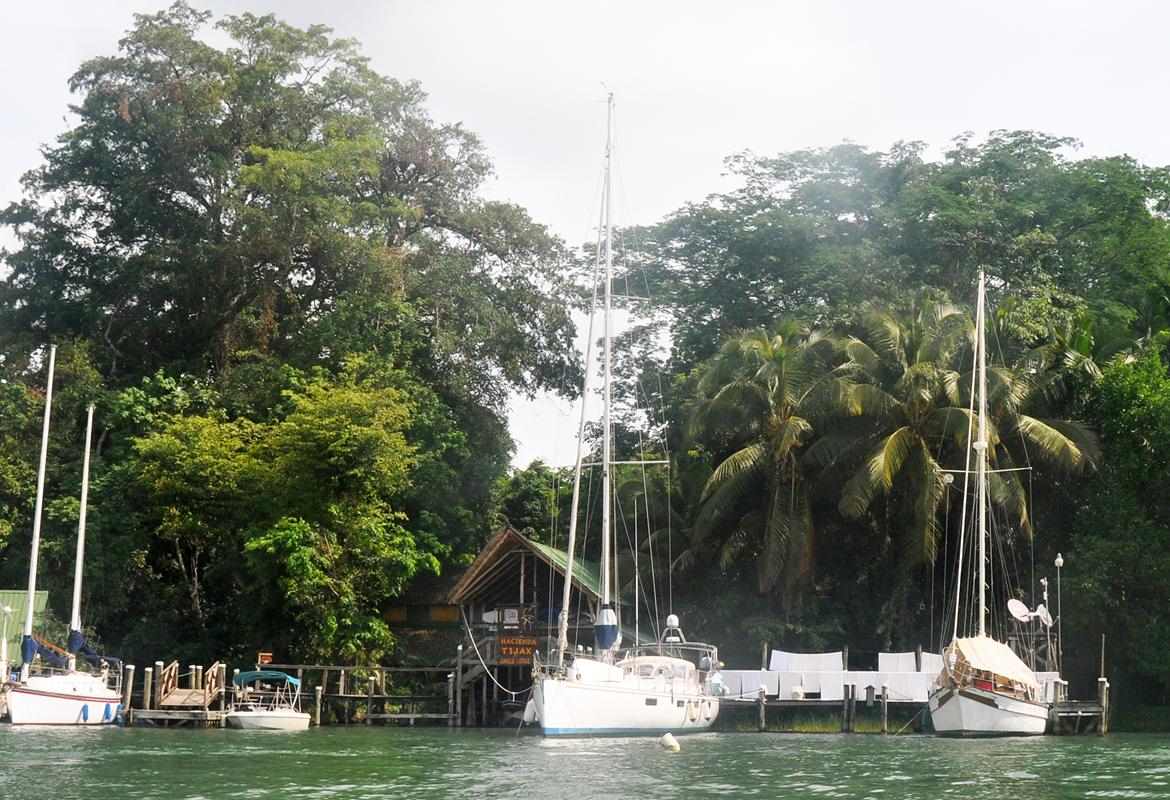
The reception and the lounge-dining areas of the hotel.
You could sit on a couch sipping a piña colada a metre from the edge of the water.
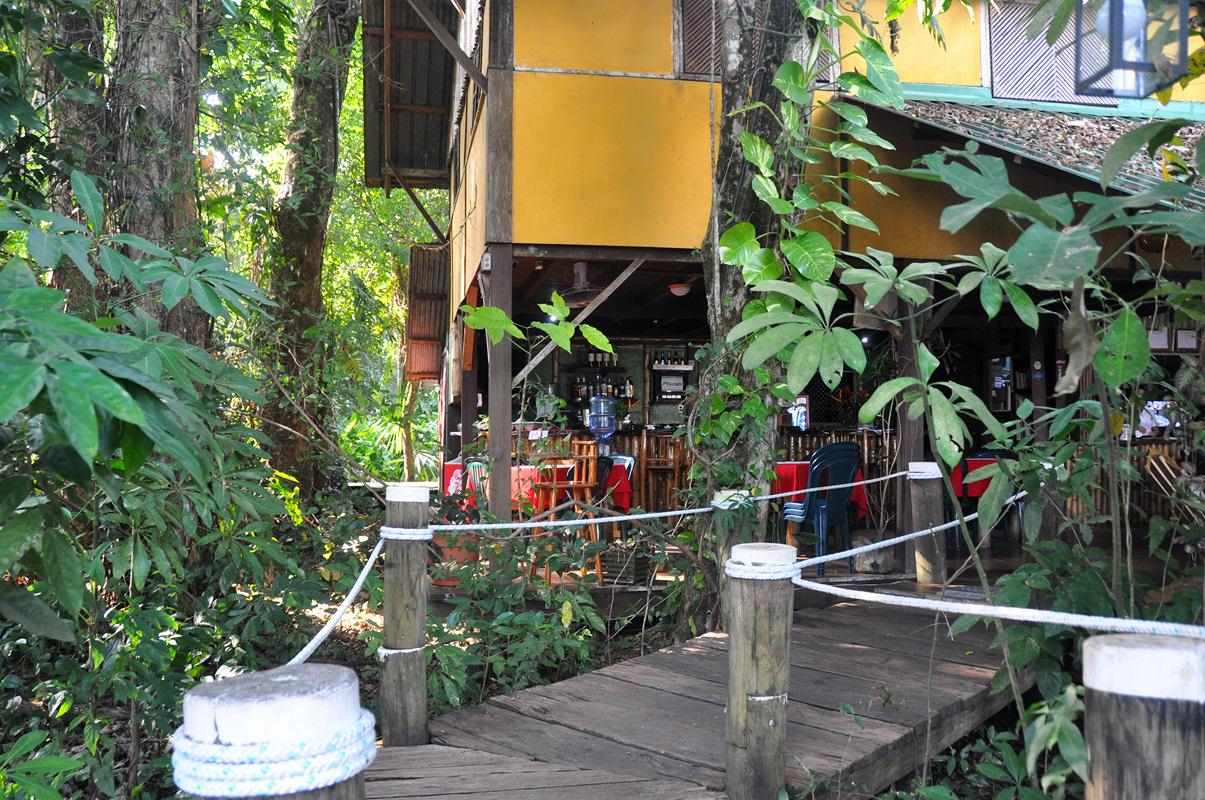
A large piña colada at Hacienda Tijax, while being photo-bombed by Sofia, our tour-leader.
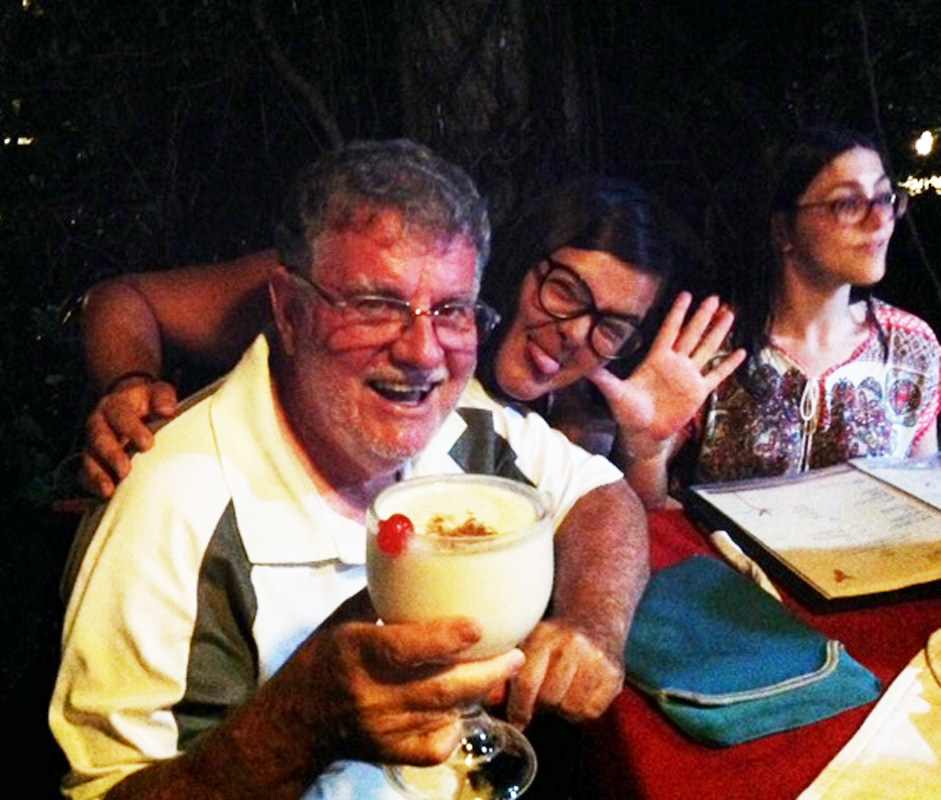
My room ("large dog kennel") at Hacienda Tijax. It was spacious, clean and comfortable. The meals were excellent.

I went on a 2-hour each-way boat trip on the river from my hotel, Hacienda Tijax, to the mouth of the river at Livingston.
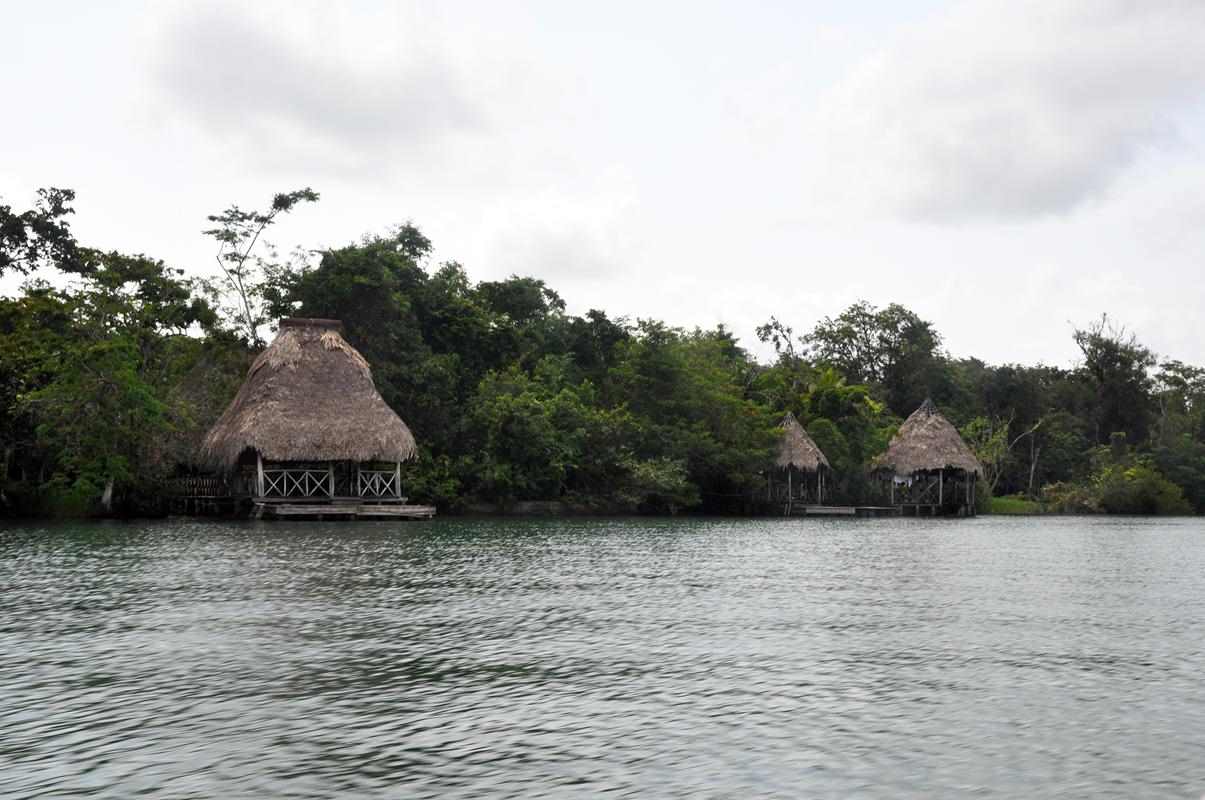
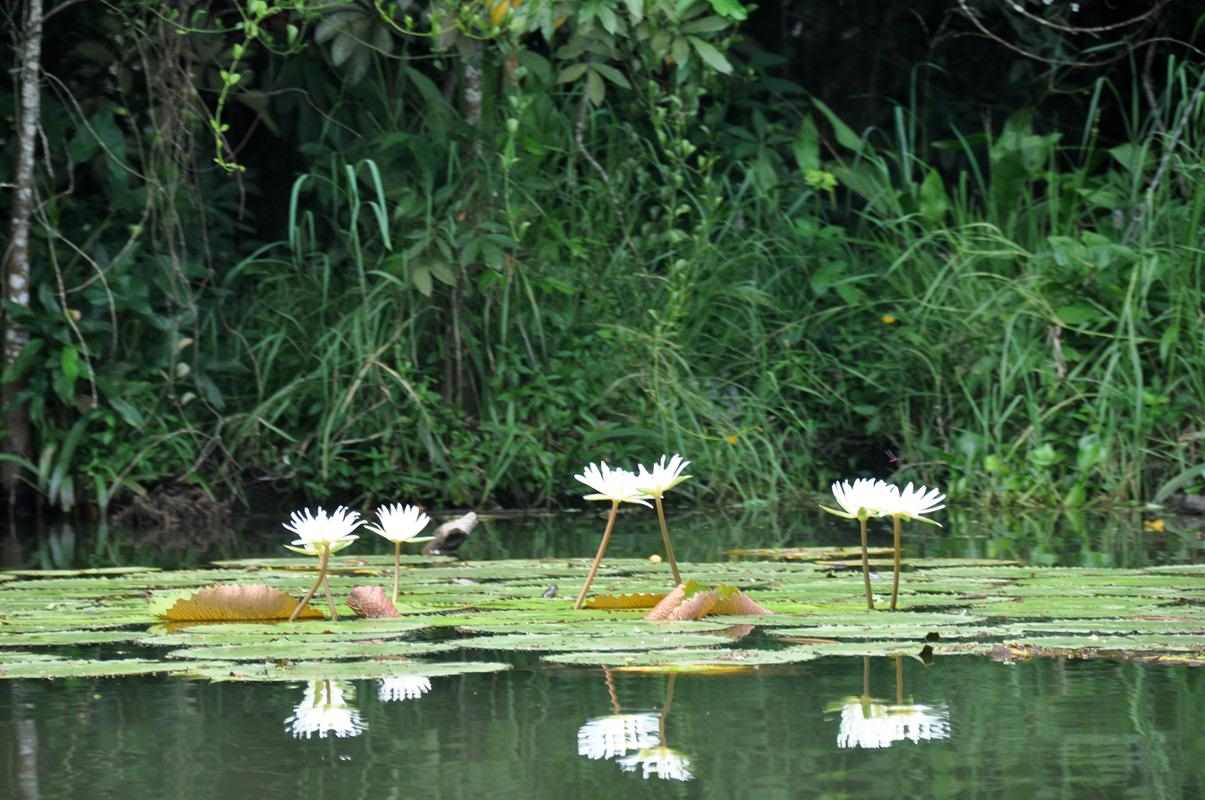
The river begins at the point where it flows out of Lake Izabal.
At the entrance to the river there is a small Spanish colonial fort, the Castillo de San Felipe de Lara,
built to stop pirates entering the lake from the Caribbean when this part of Central America was an important shipping staging point.
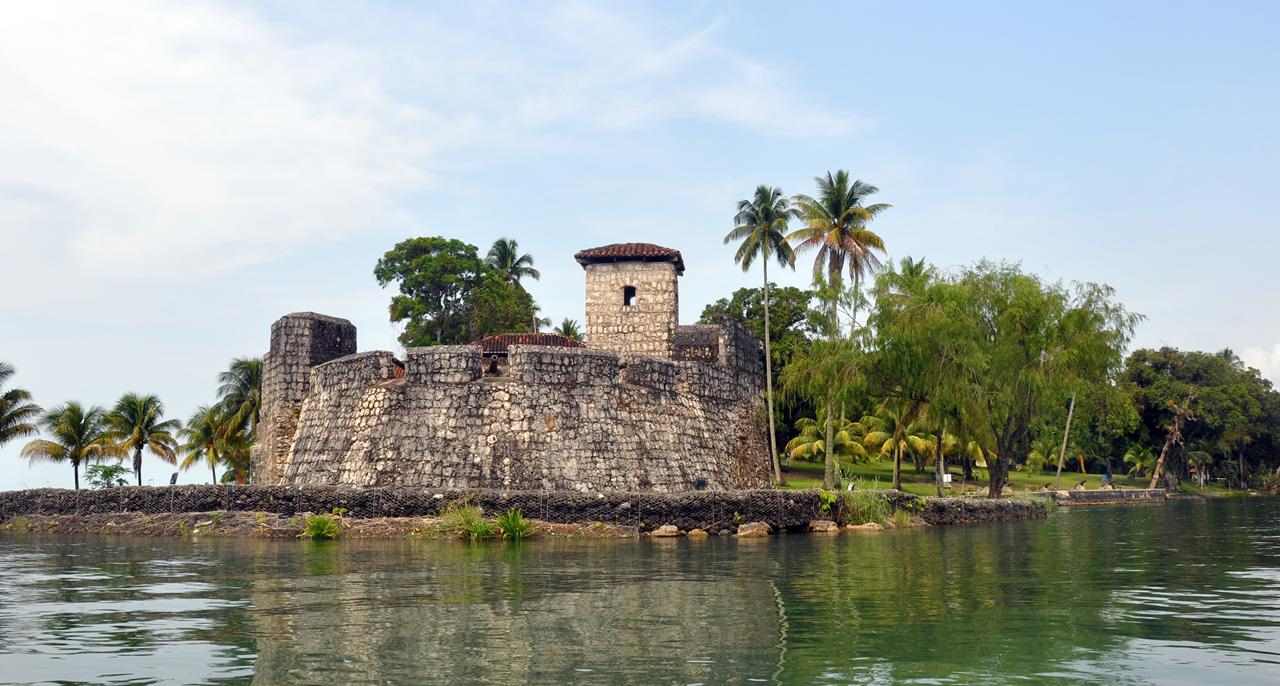
A large iguana
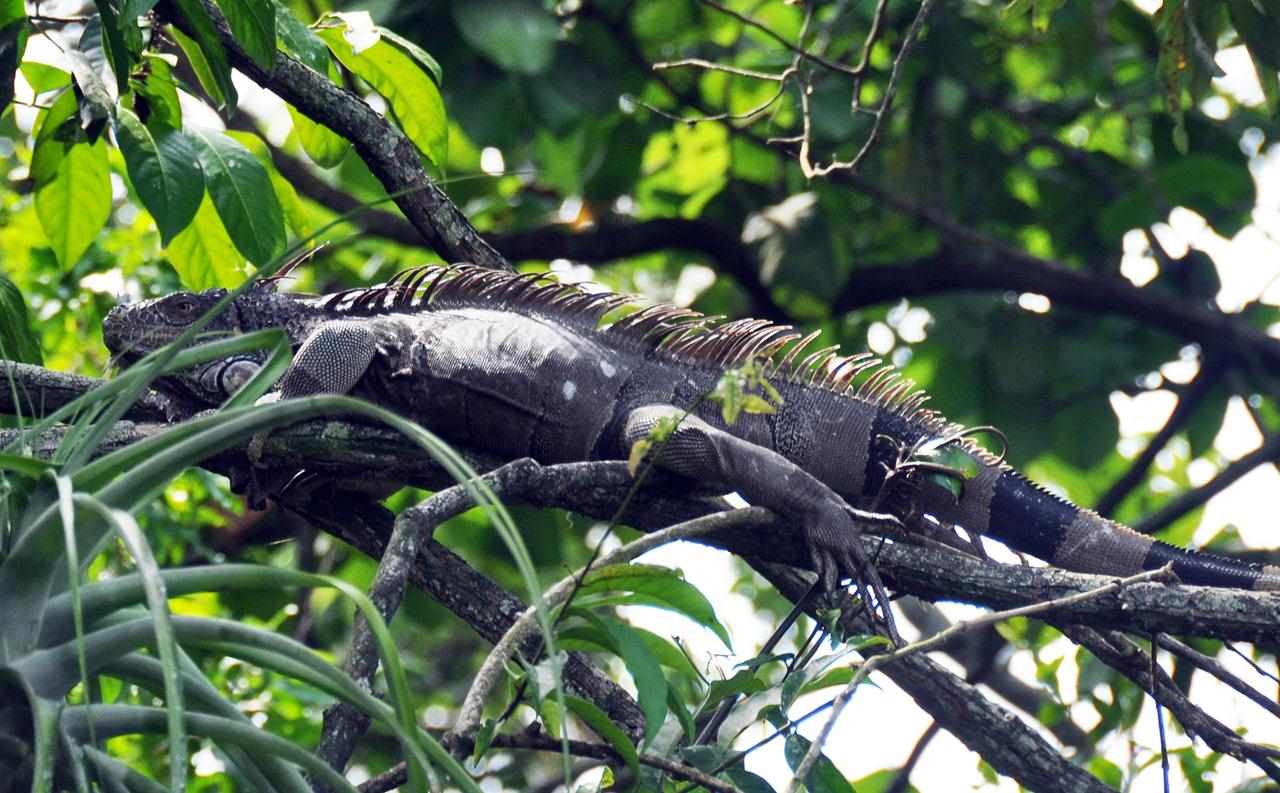

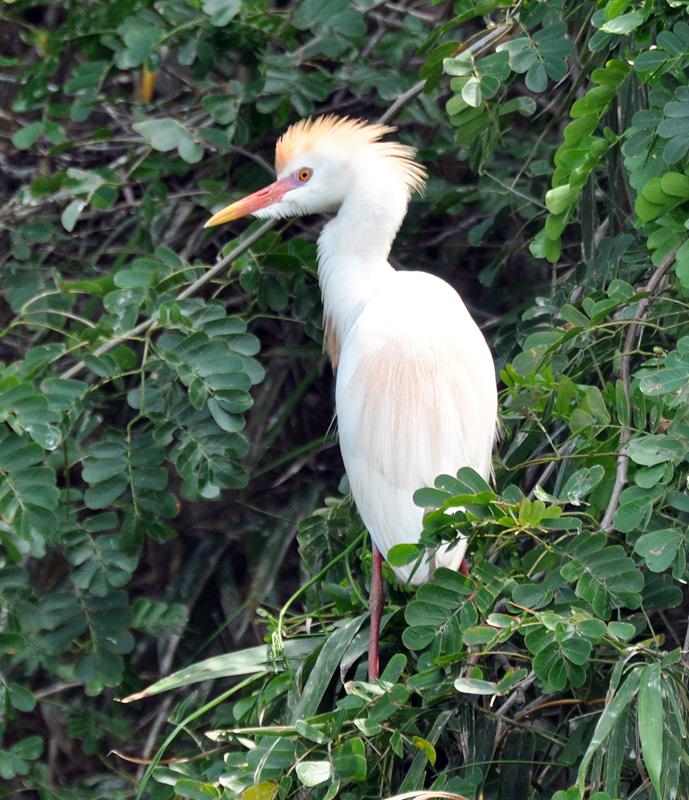
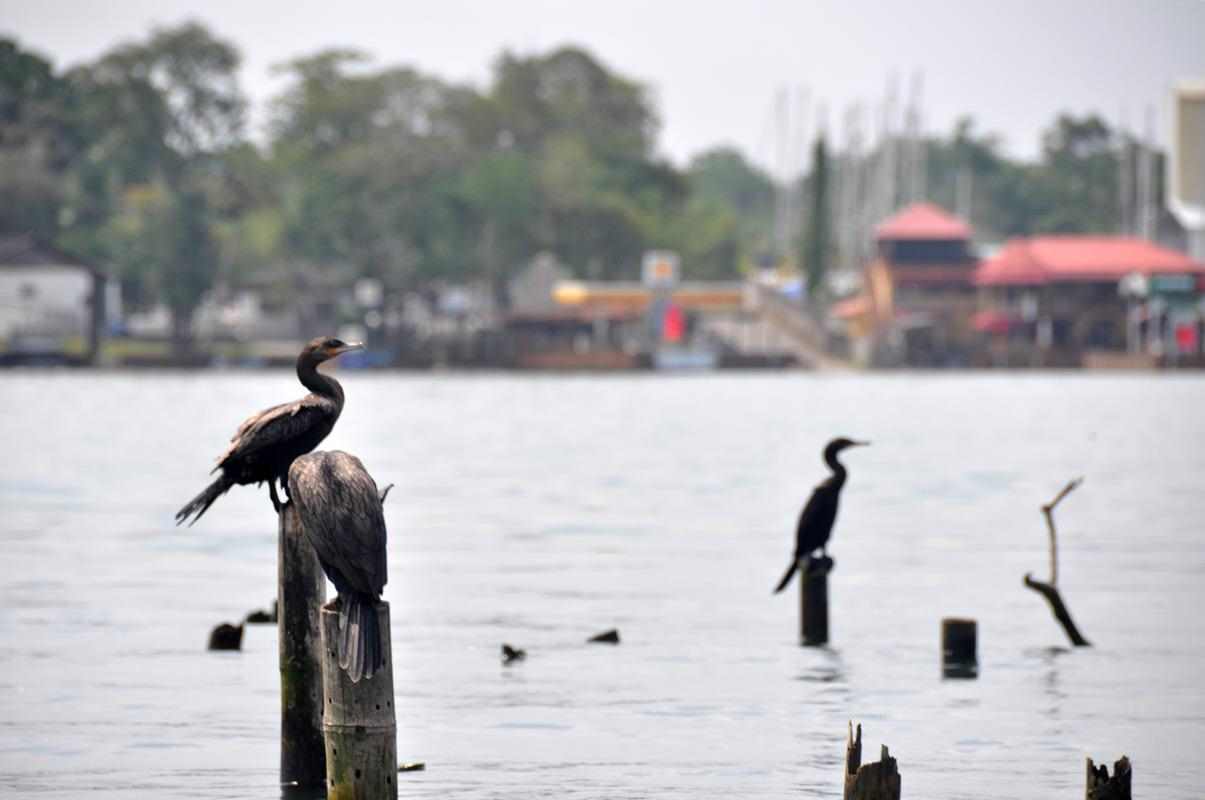
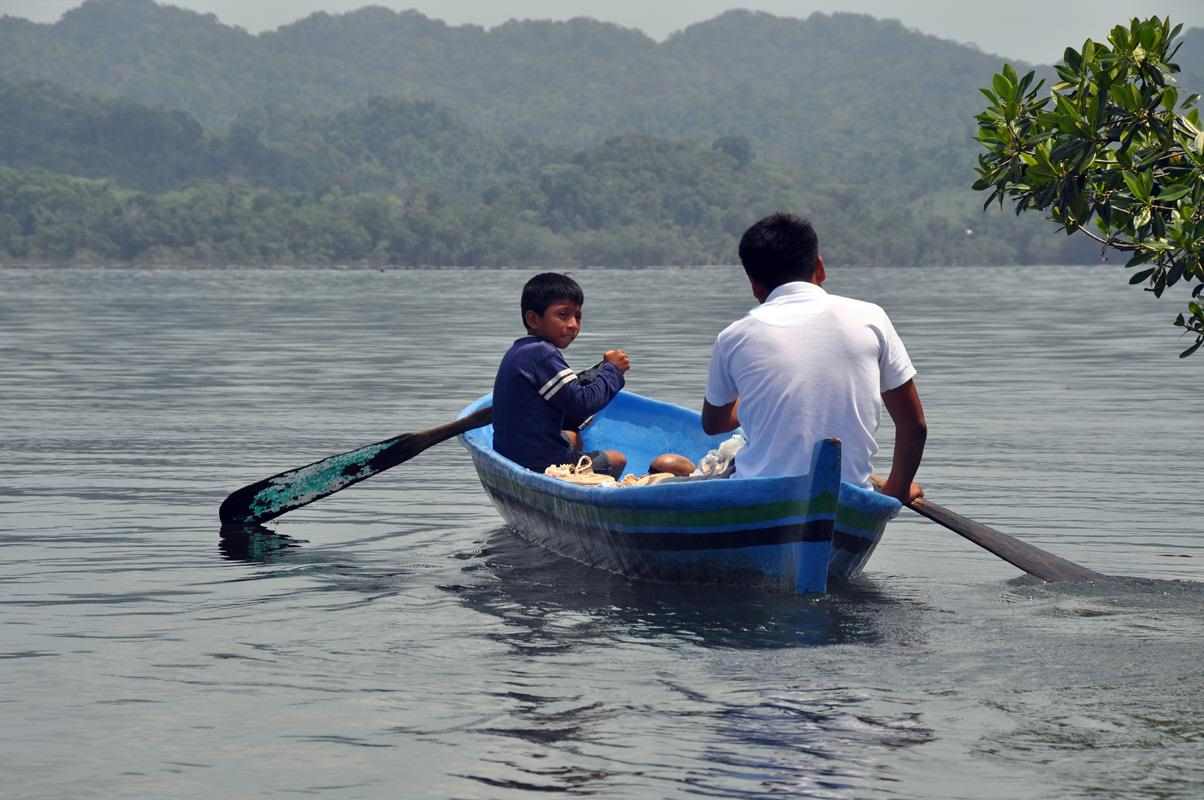
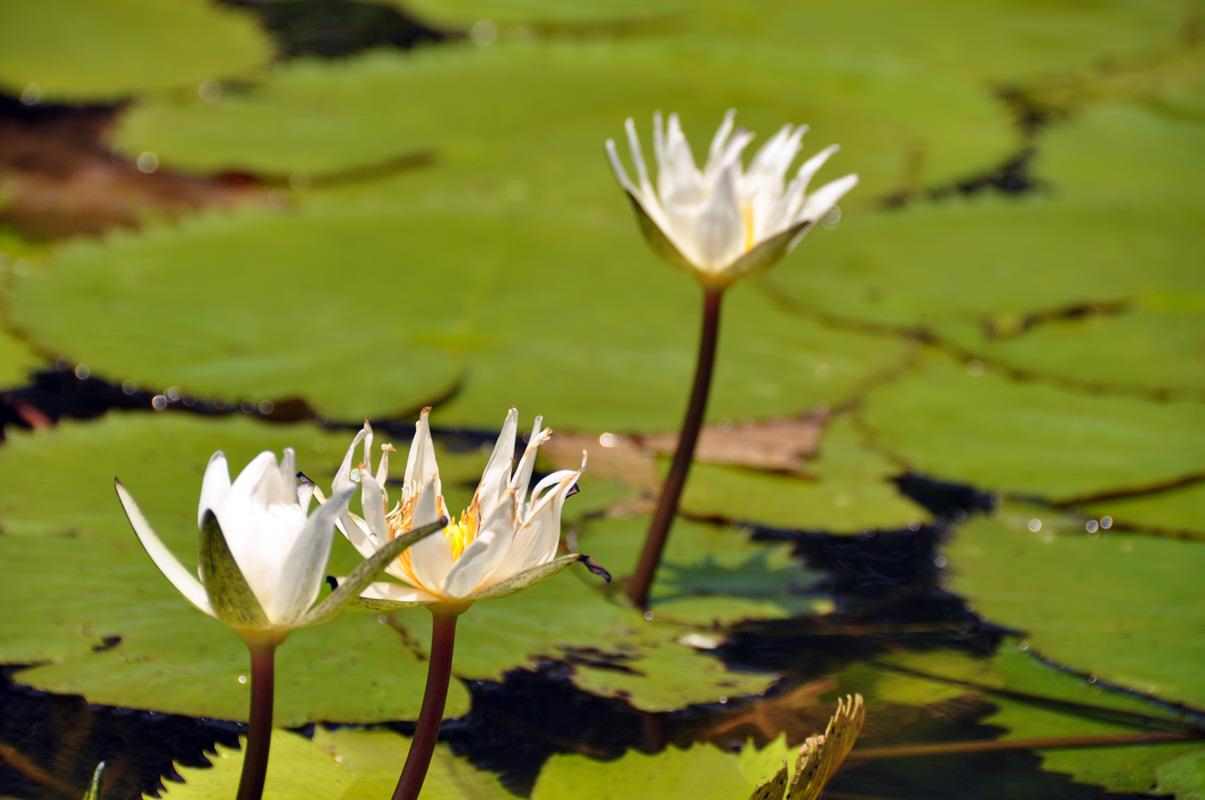
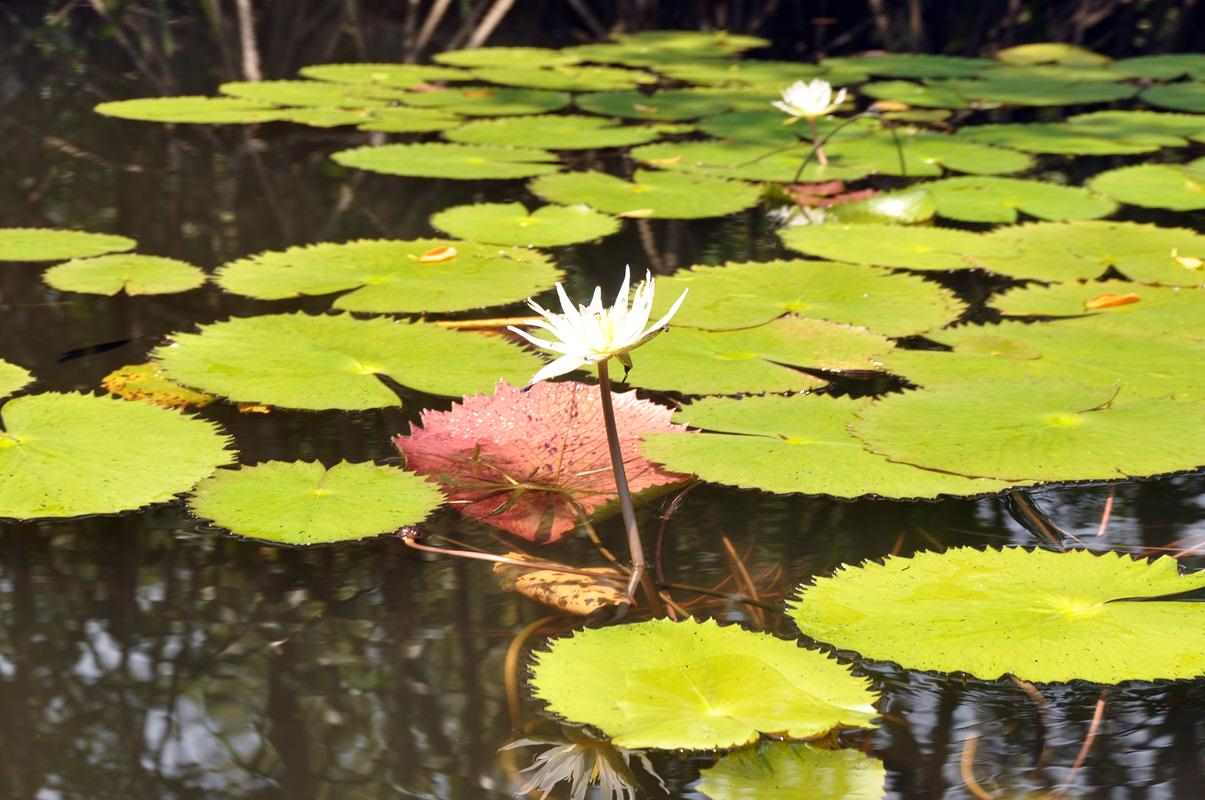
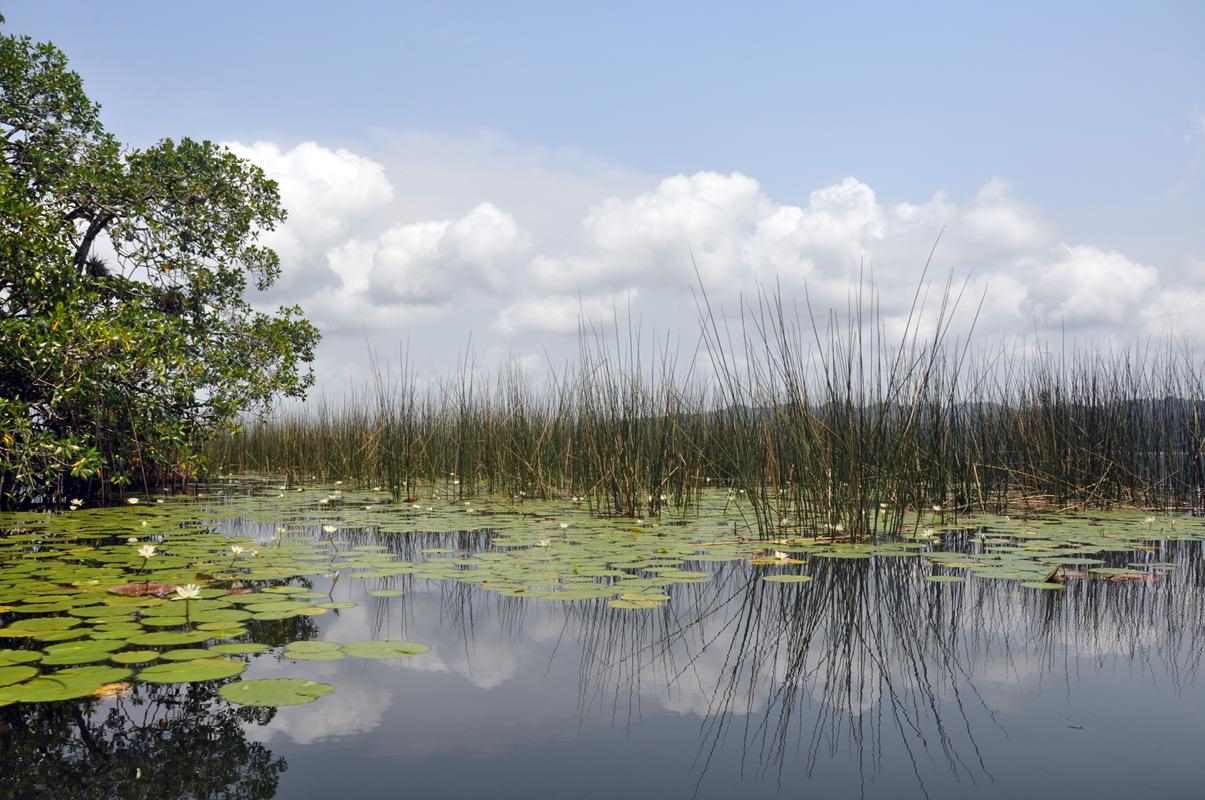
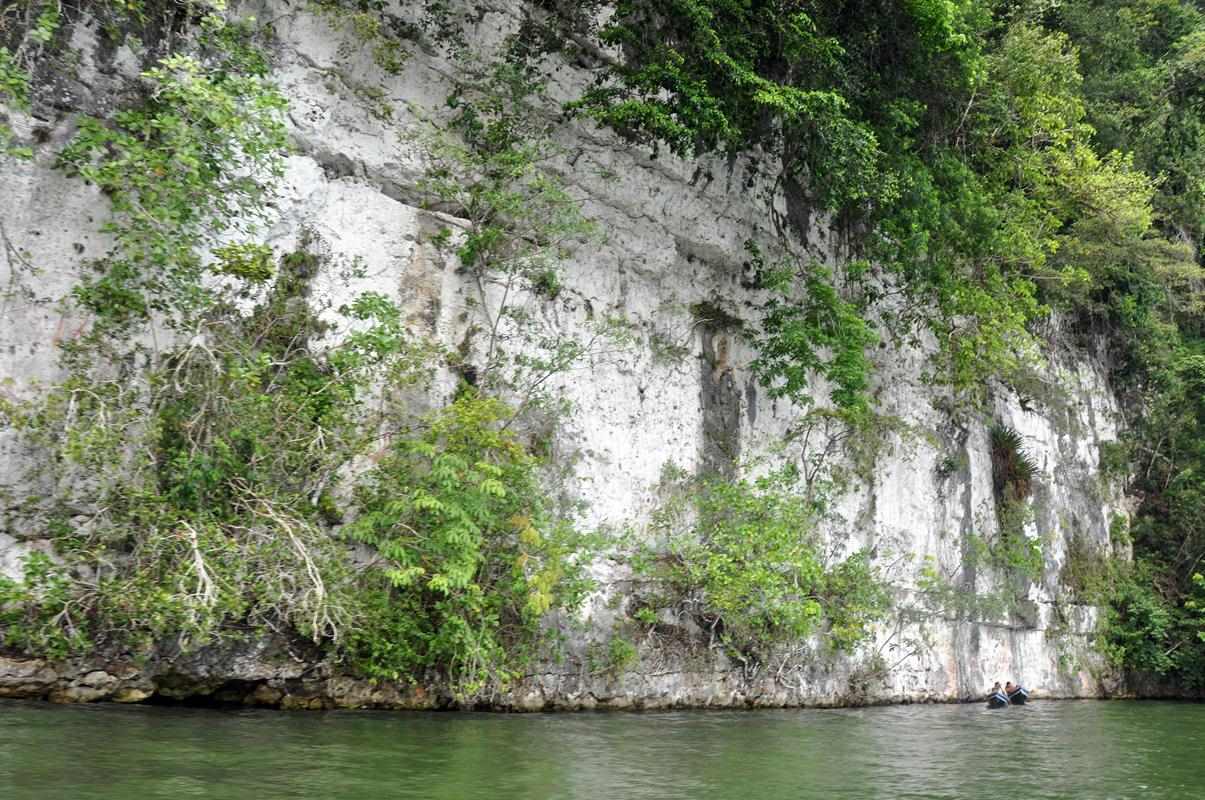
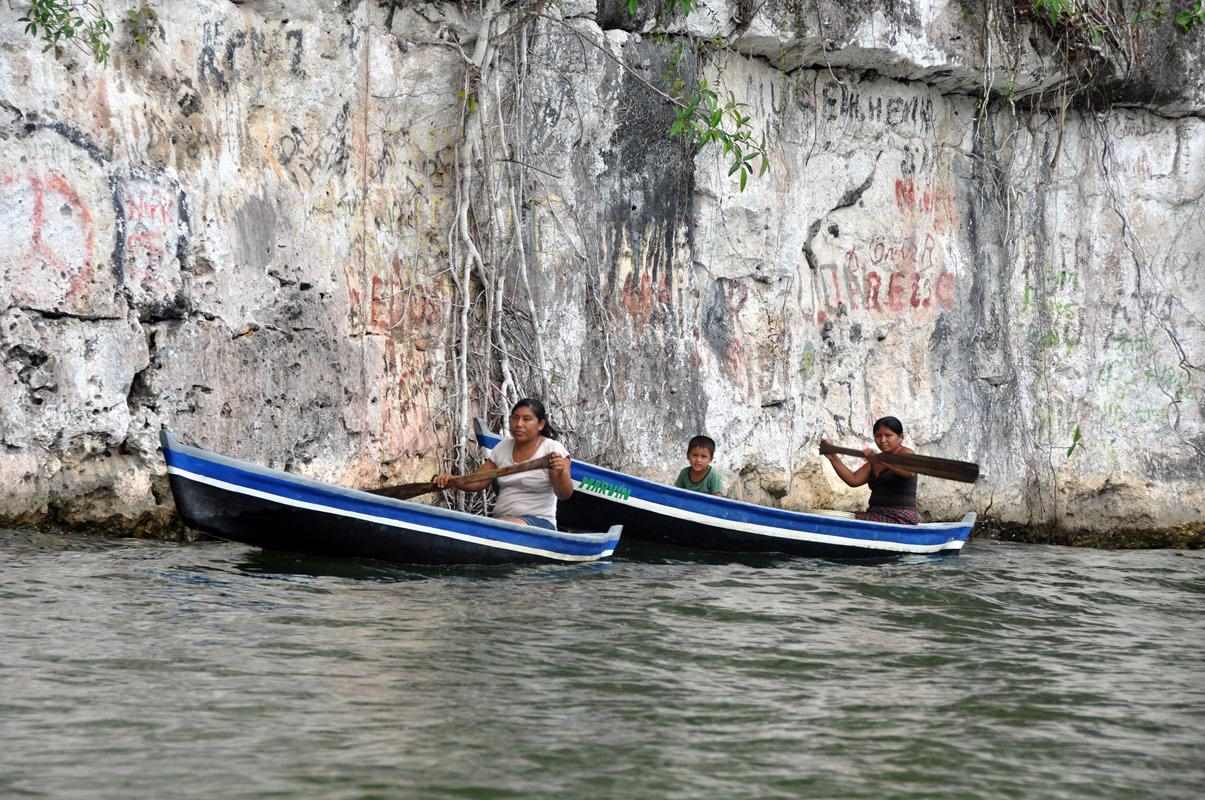
Livingston - the town at the mouth of the river.
It was once Guatemala's main port on the Caribbean Sea .
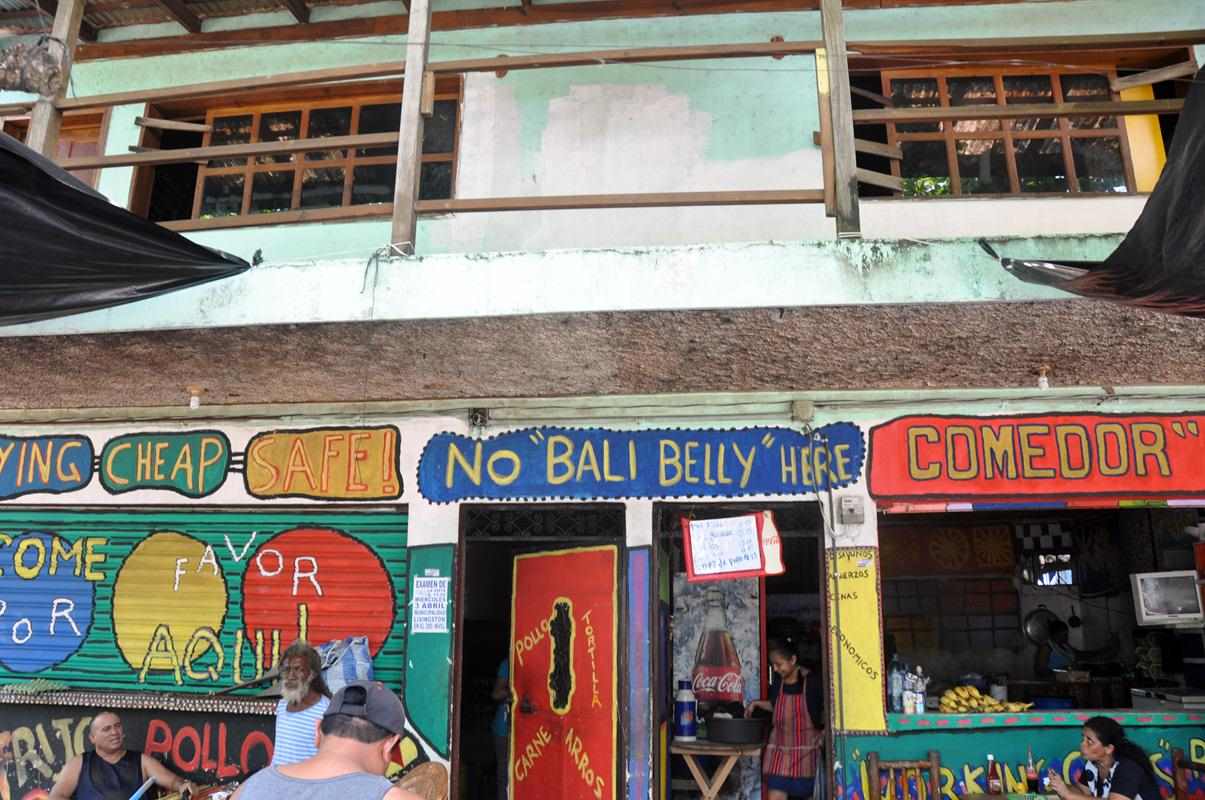
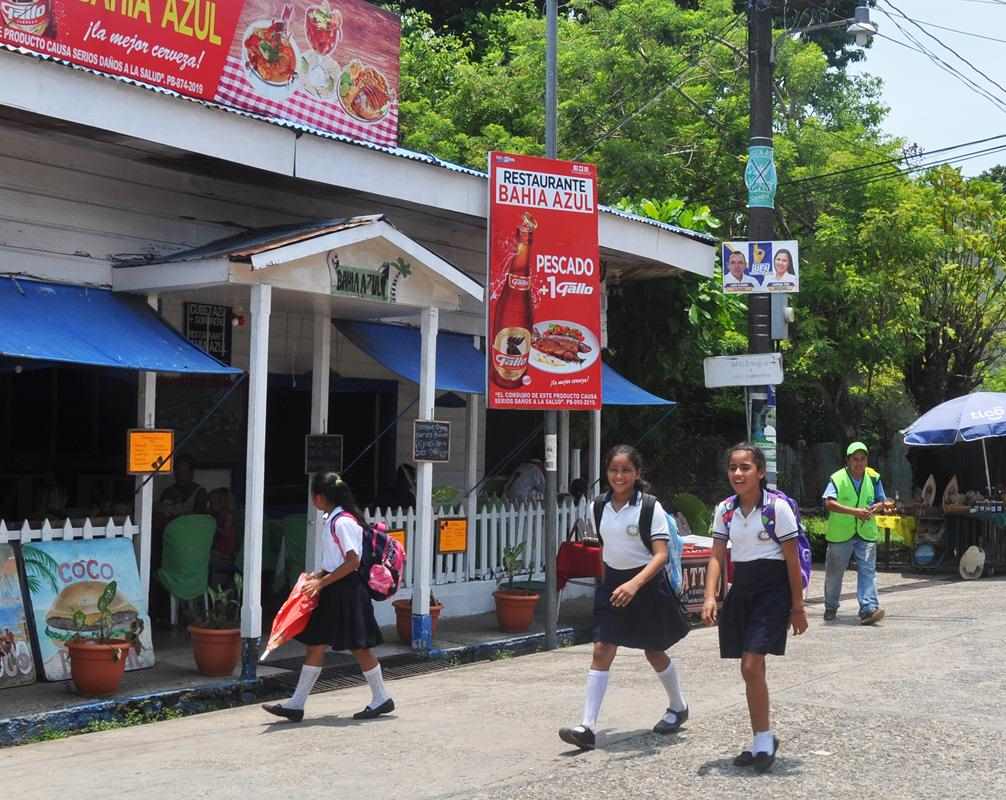

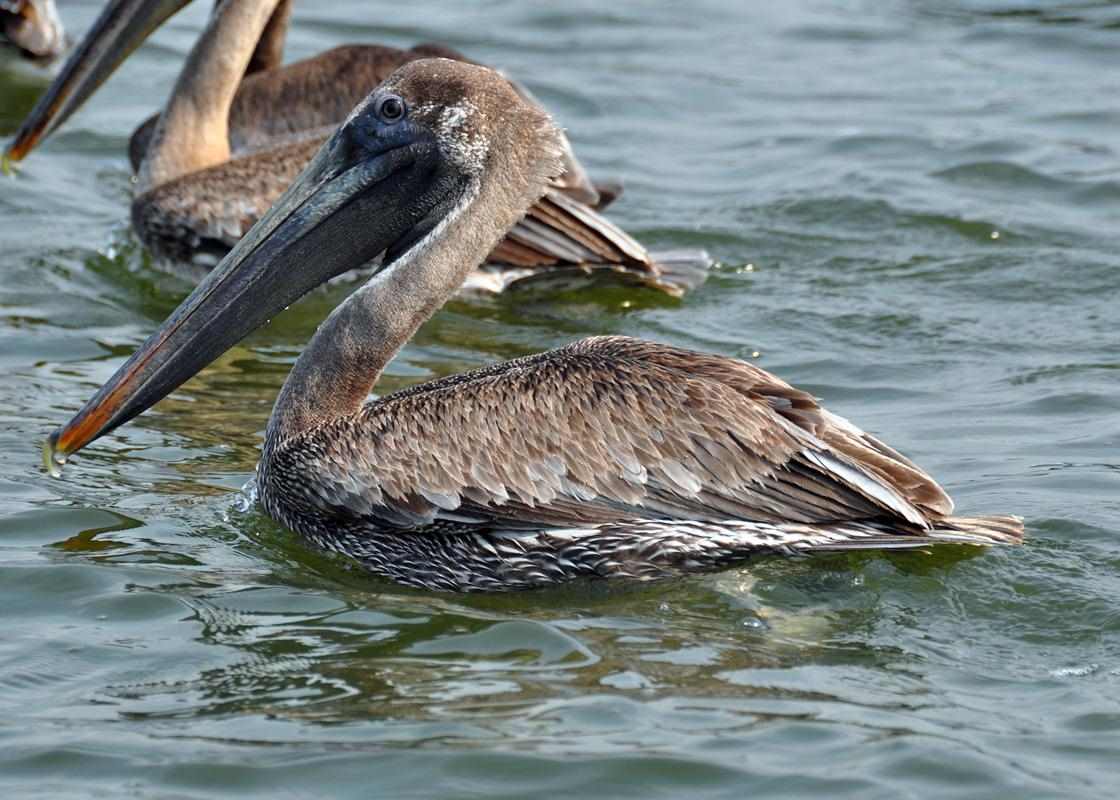
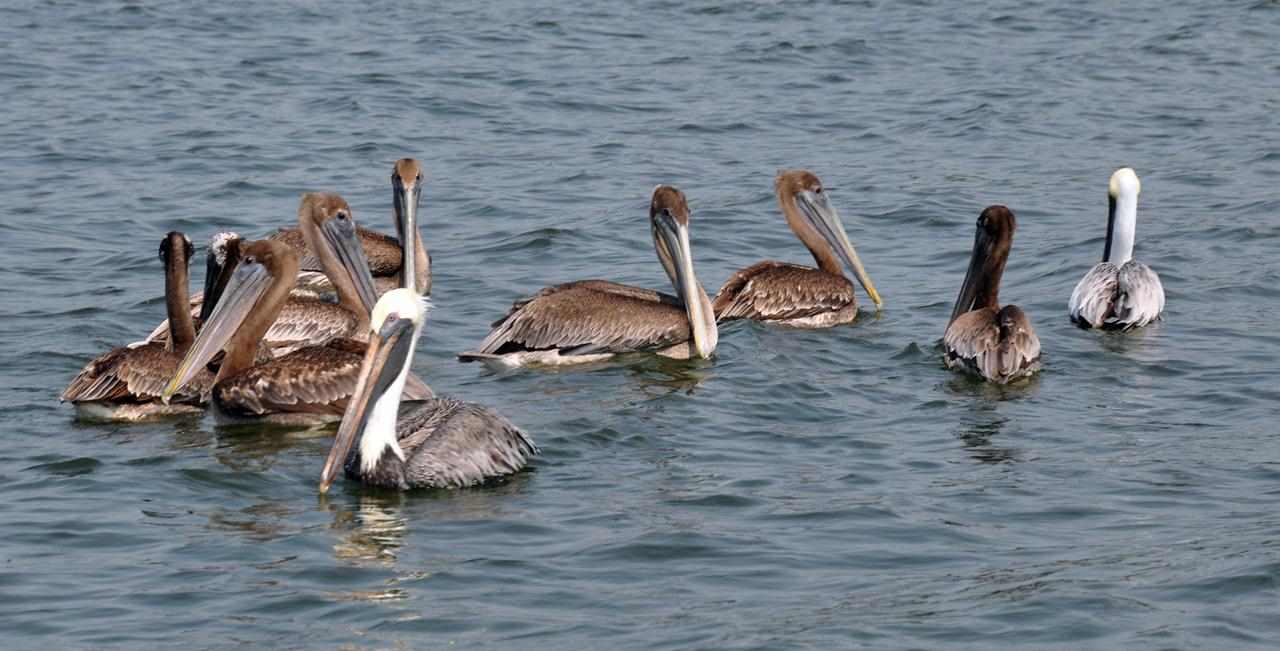
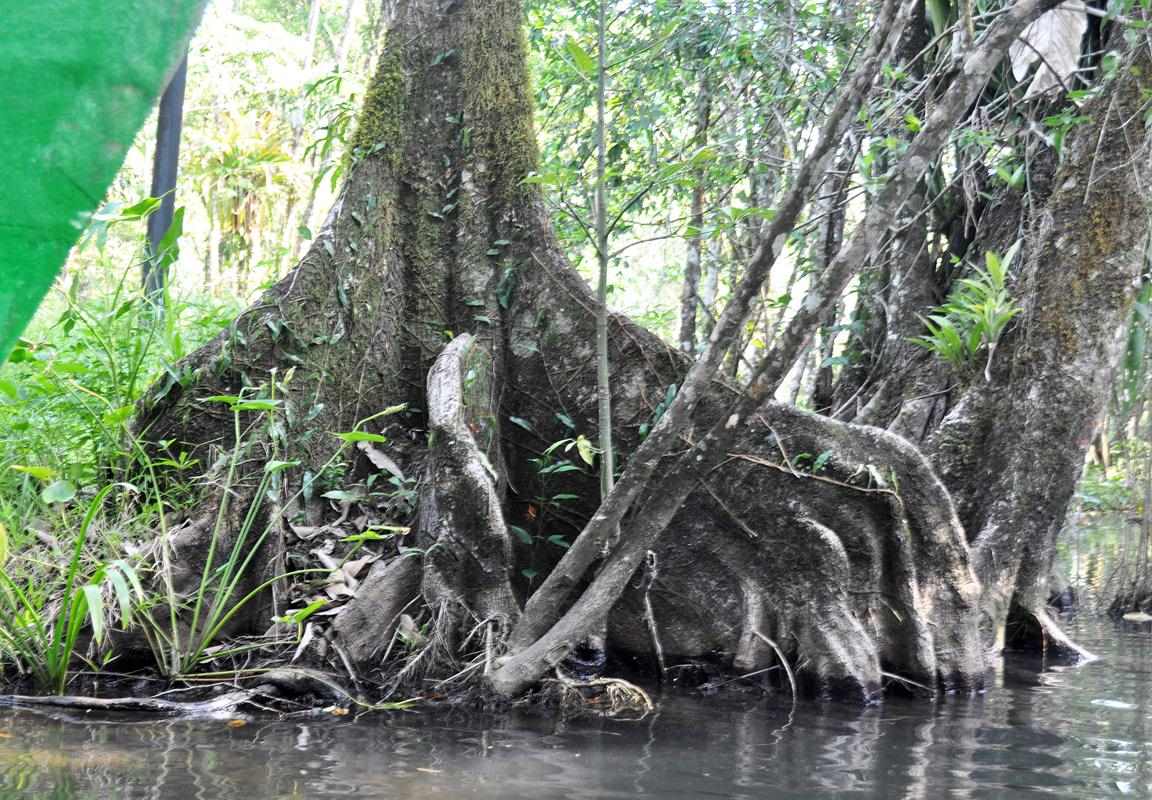
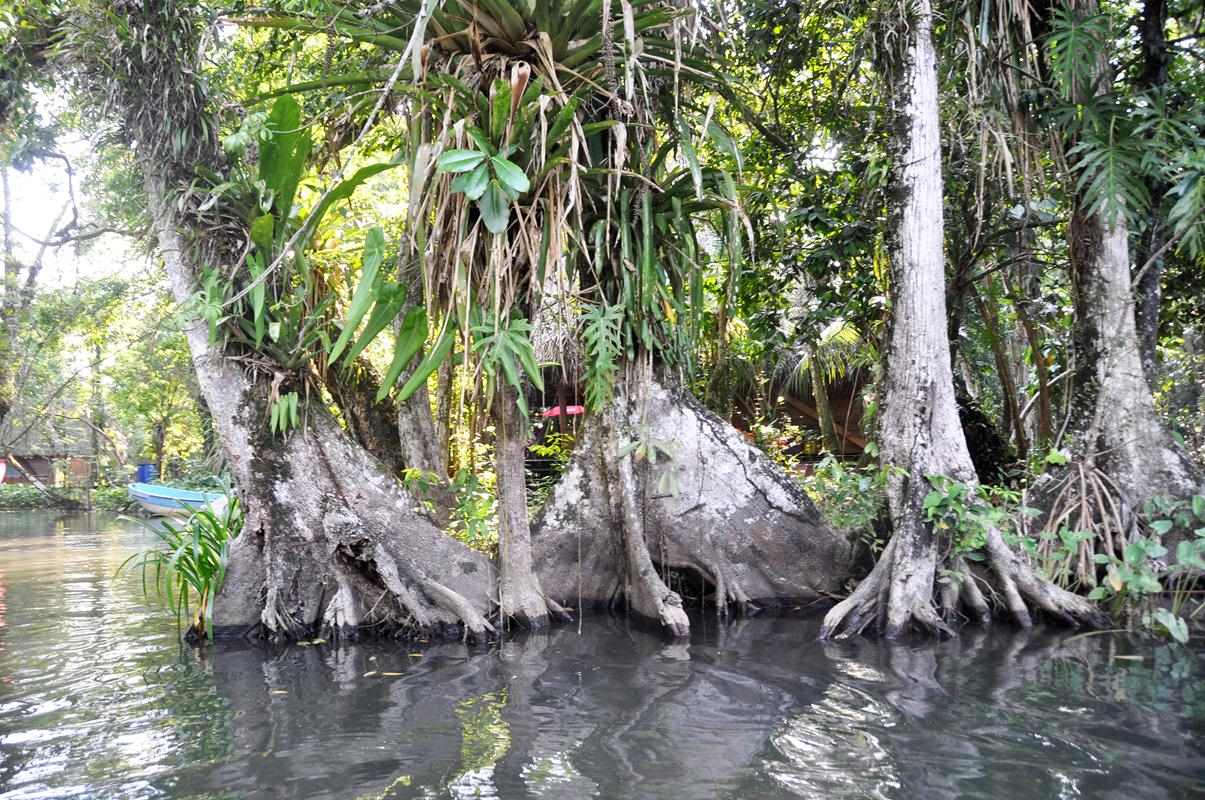
Rio Dulce was a great place in a picturesque area.
Chichicastenago
One of the largest and most well-known markets in all of Central America can be found in the small indigenous Mayan town of Chichicastenango,
located in the western highlands of Guatemala.
The market is held every Thursday and Sunday and this is when locals travel from villages throughout the countryside and gather at this market
to sell their beautiful handicrafts, colourful textiles, fresh produce, traditional clothing and more at this bustling and vibrant local market.
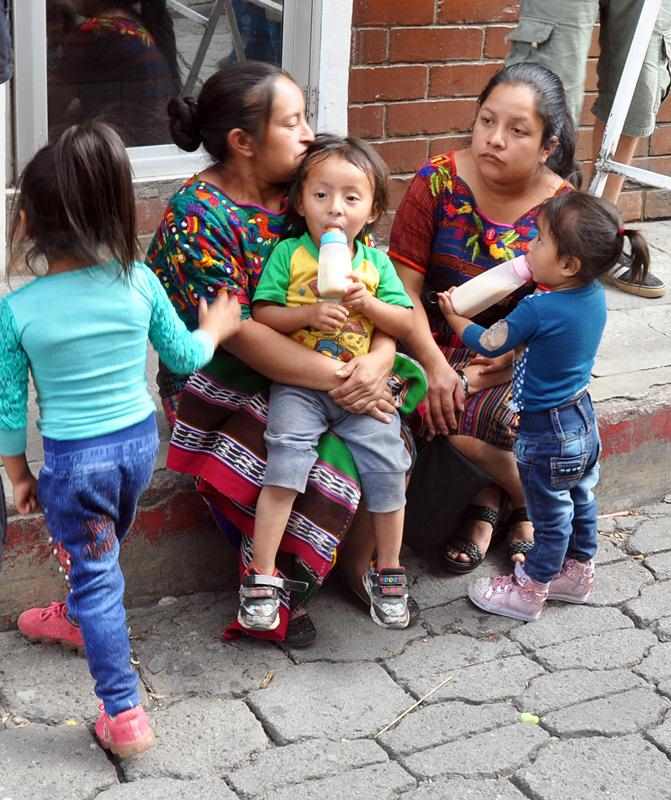
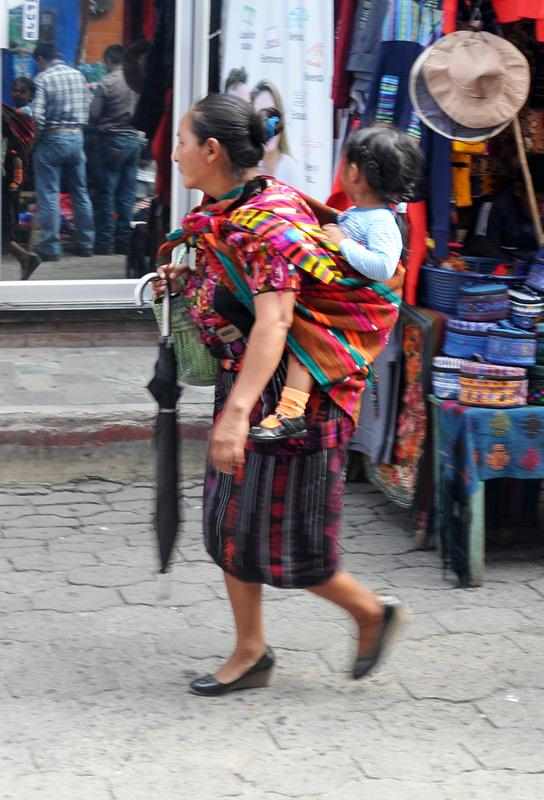
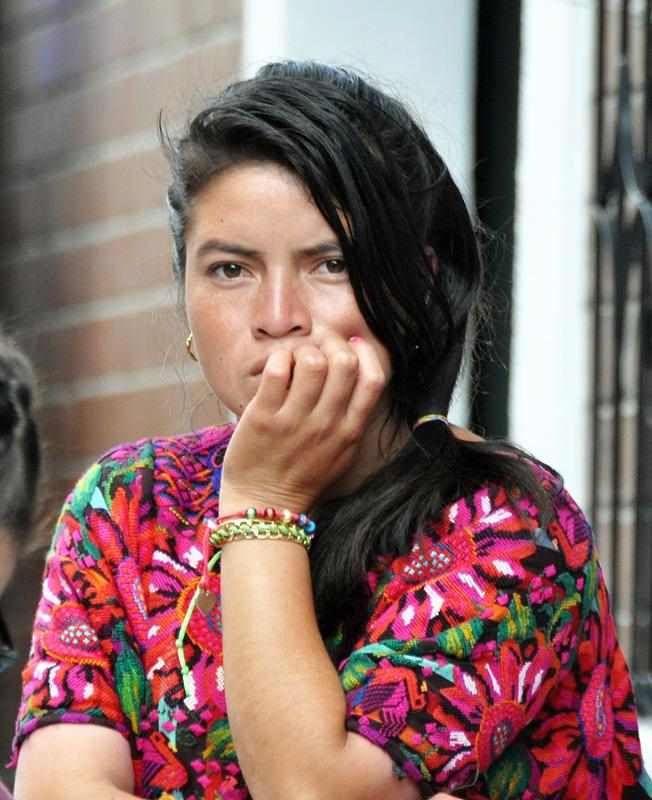
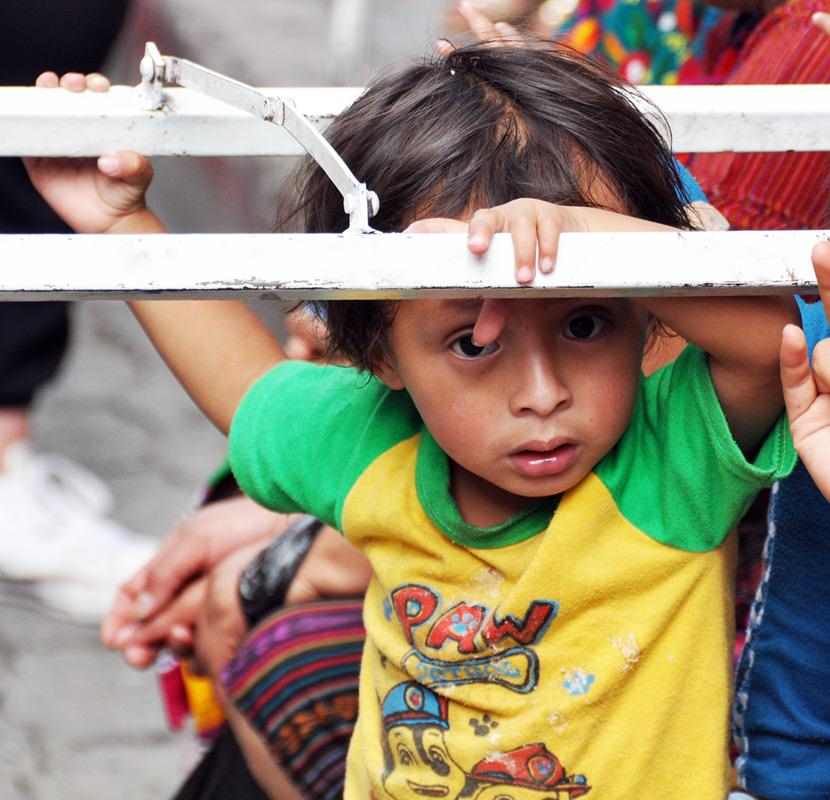
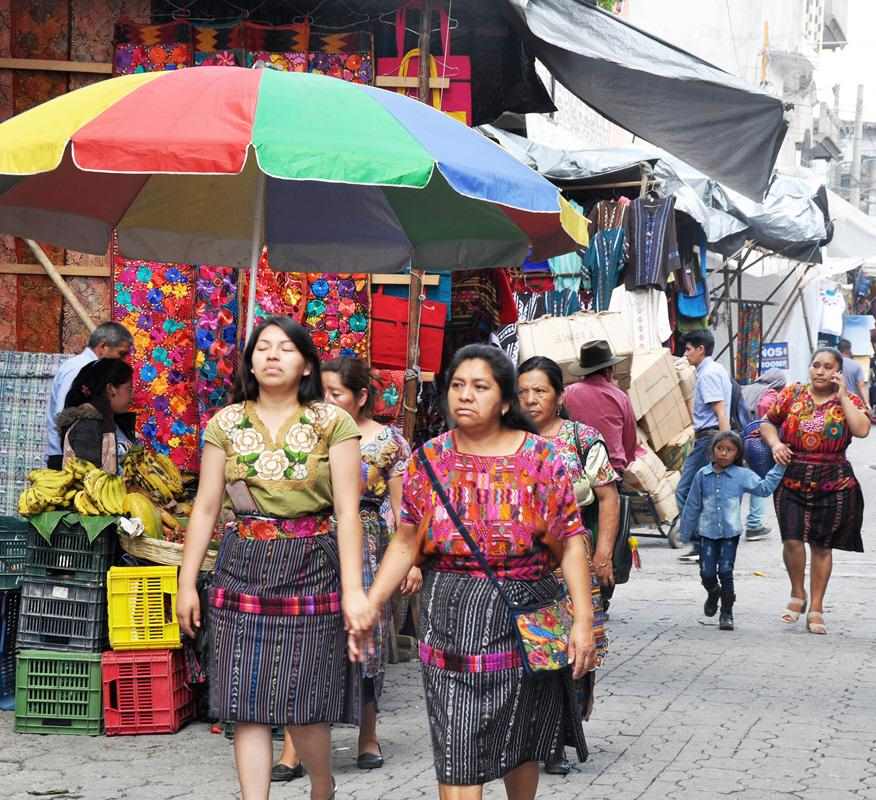
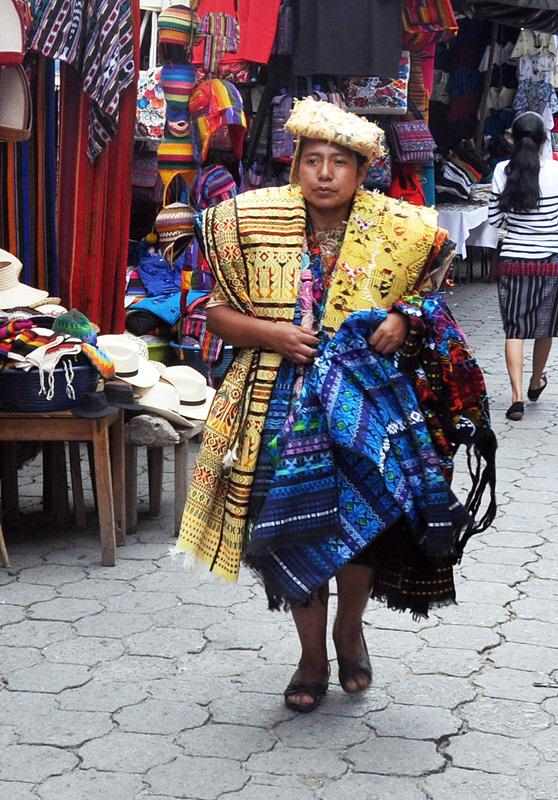
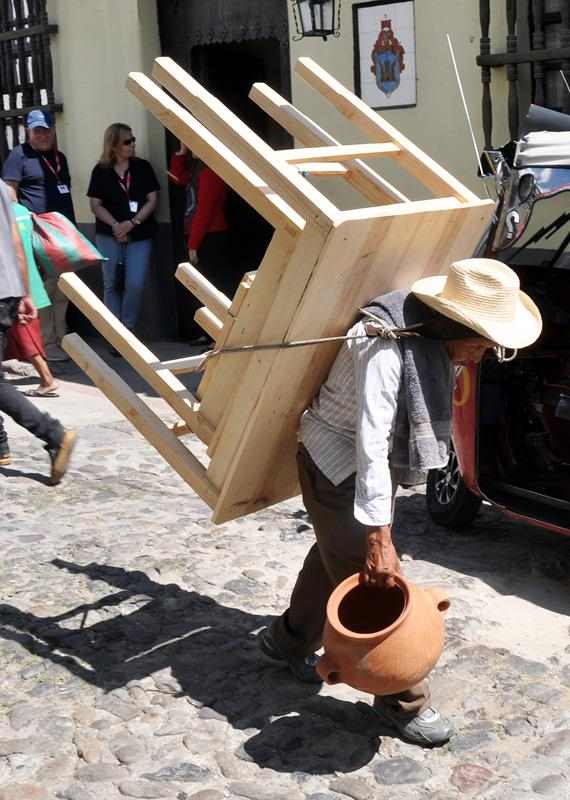
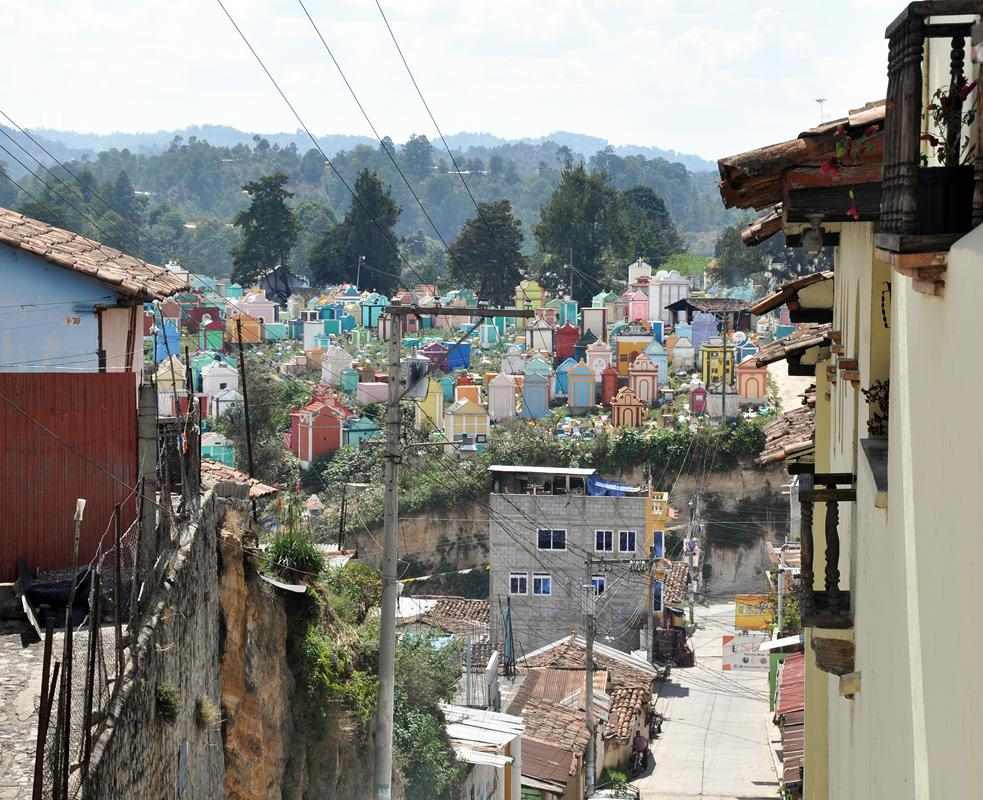

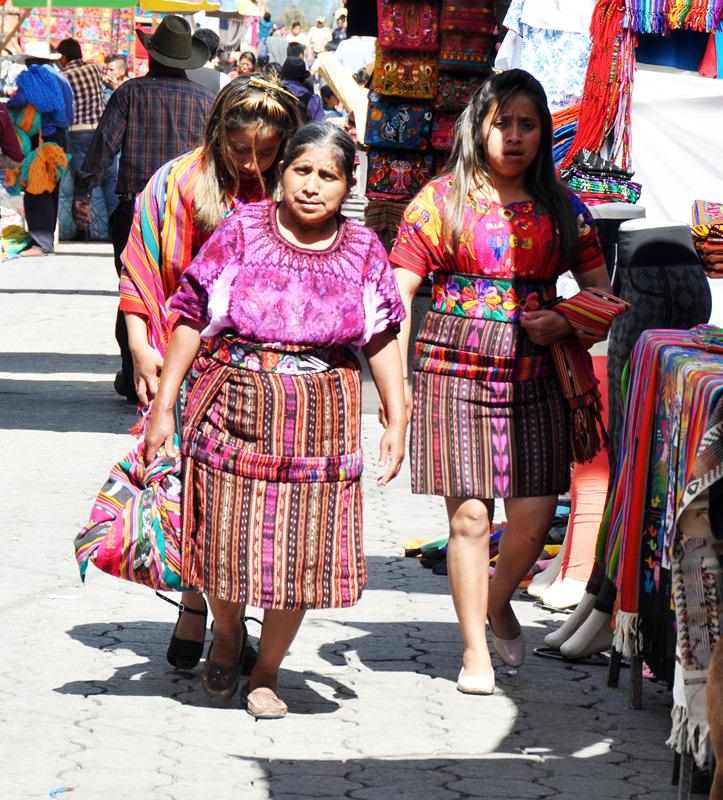
Our meeting place was at a hotel across the road from the market.
The hotel had a very pleasant garden courtyard.
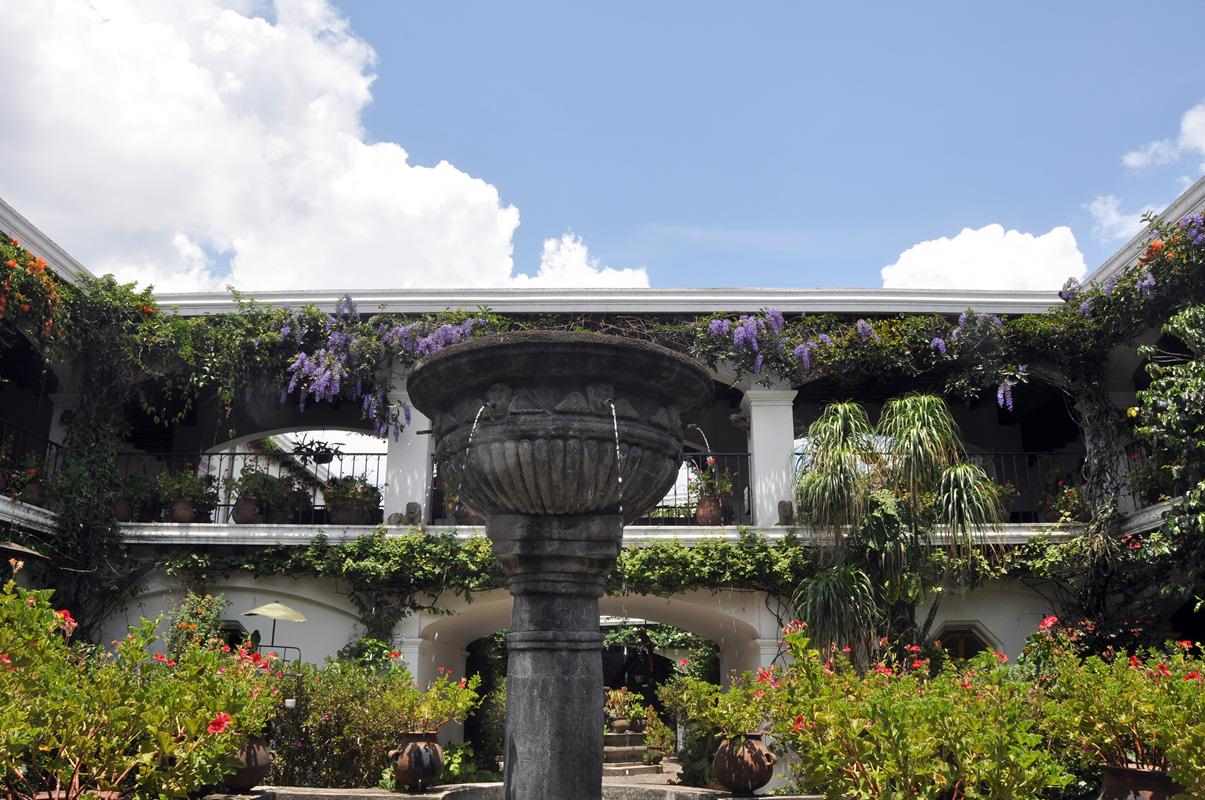
San Jorge La Laguna
IntrepidTravel arranged a homestay for us at this town on the edge of Lake Panajchel.
This is where Robert, Luke and I stayed.
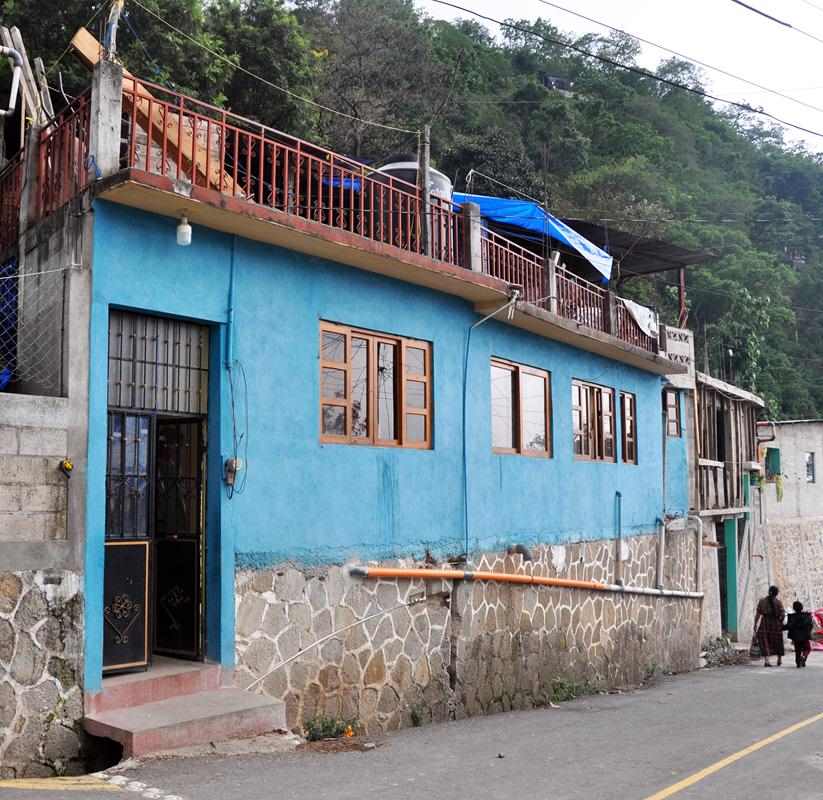
My landlady, Sophie with her youngest son, Nestor 3.
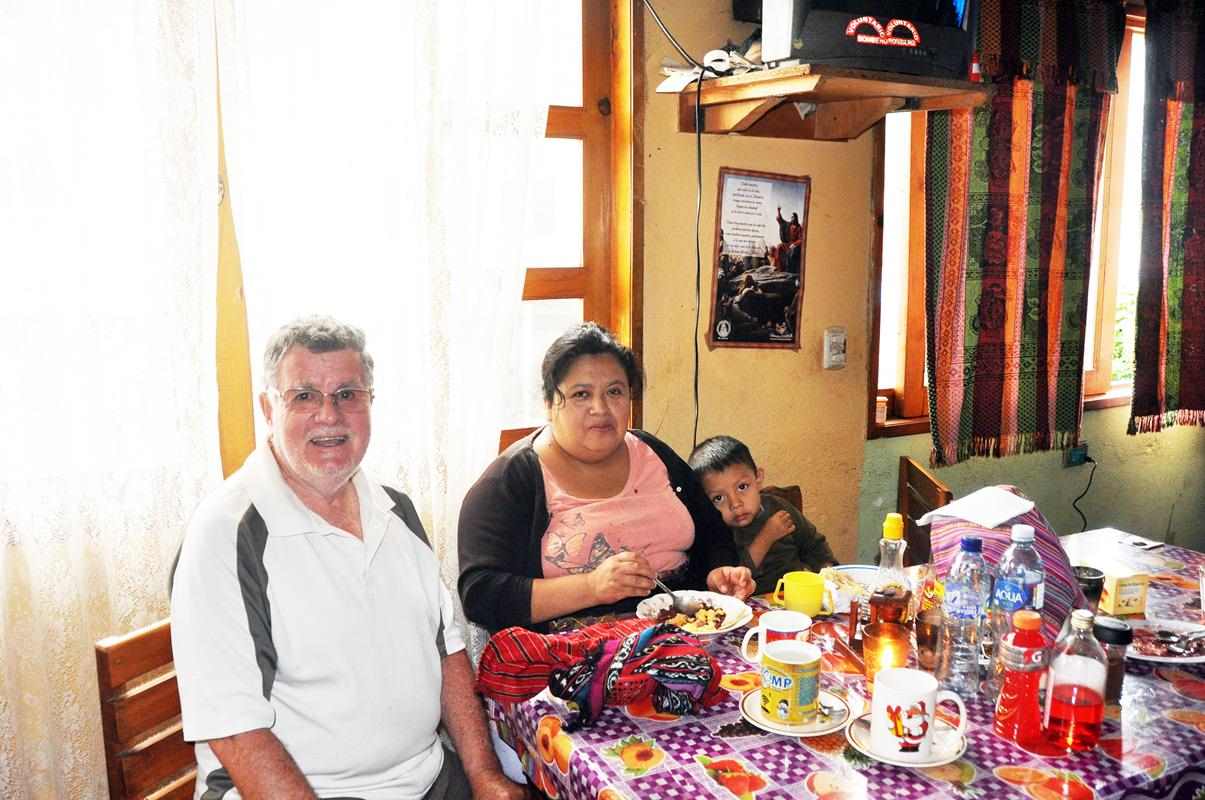
Iglesia de San Jorge La Laguna
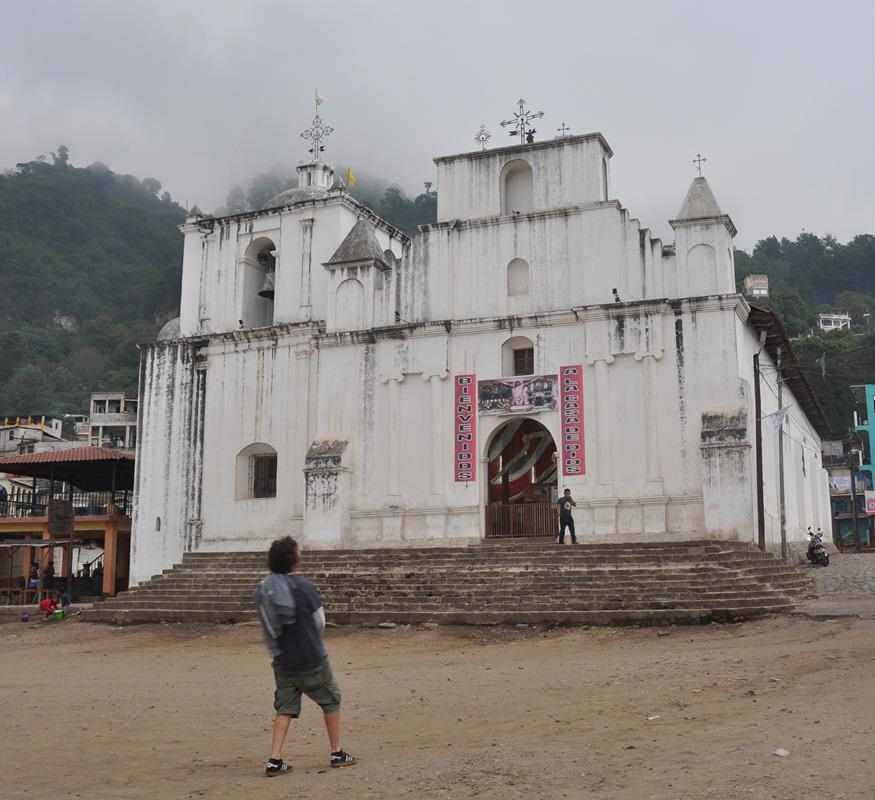
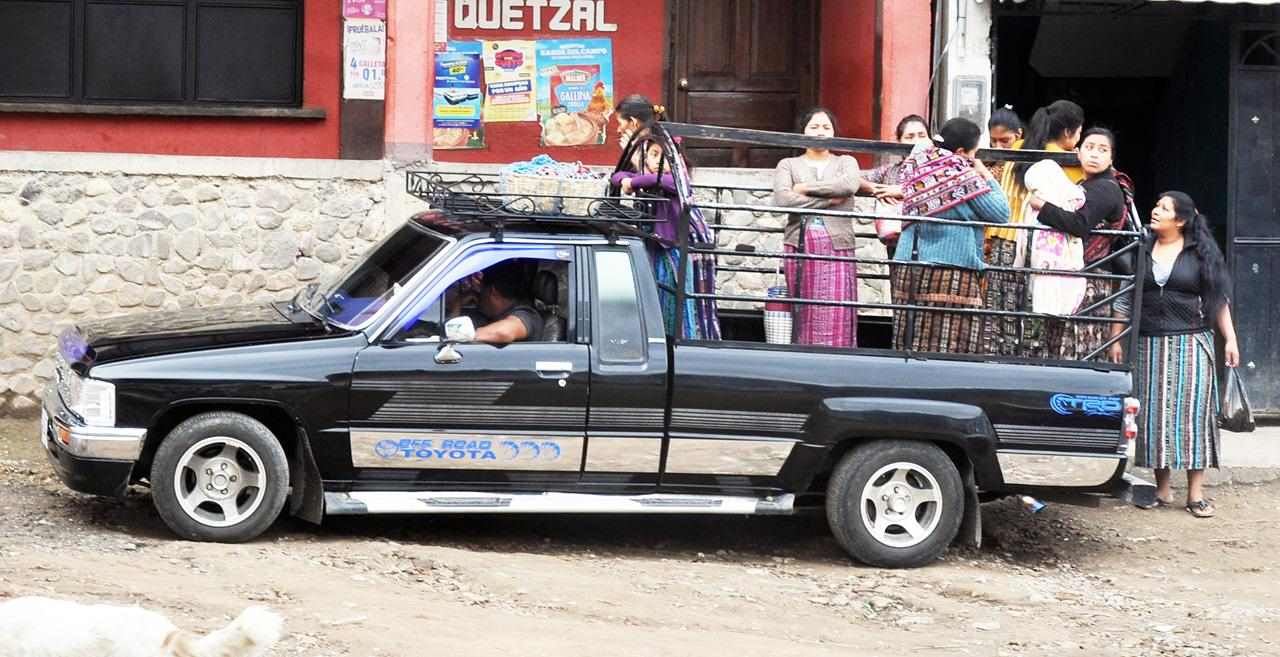
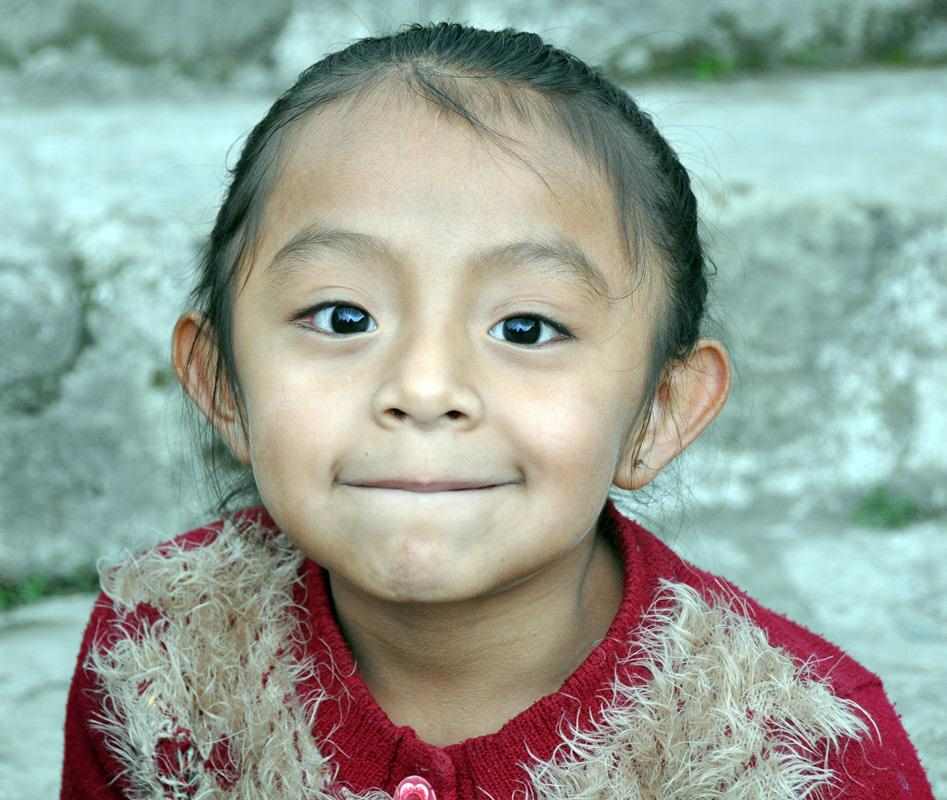
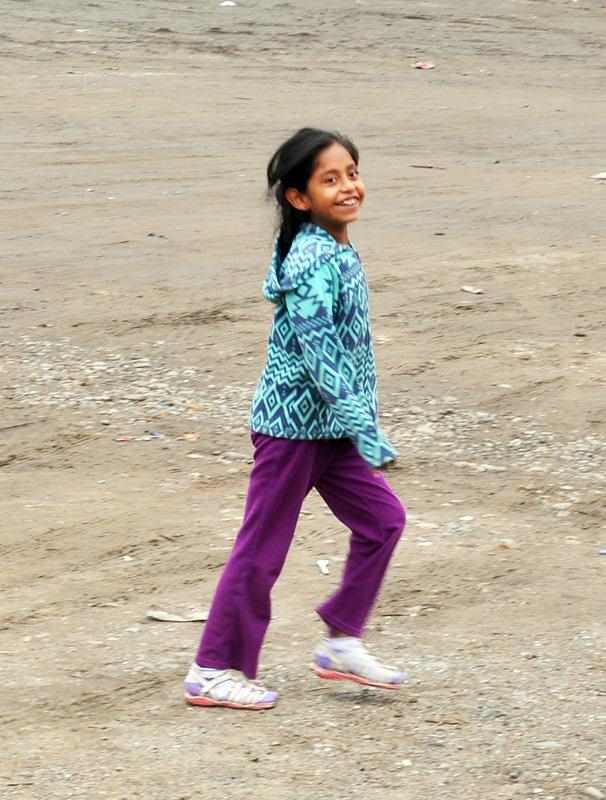

Lake Atitlán
The deepest lake in Central America, Lake Atitlán is renowned as one of the most beautiful lakes in the world,
and is one of Guatemala's most important national and international tourist attractions.
The lake has a maximum depth of about 340 metres with an average depth of 220 metres. Its surface area is 130 km2.
It is shaped by deep surrounding escarpments and three volcanoes on its southern flank.

We had a day-cruise to other towns on the edge of the lake.
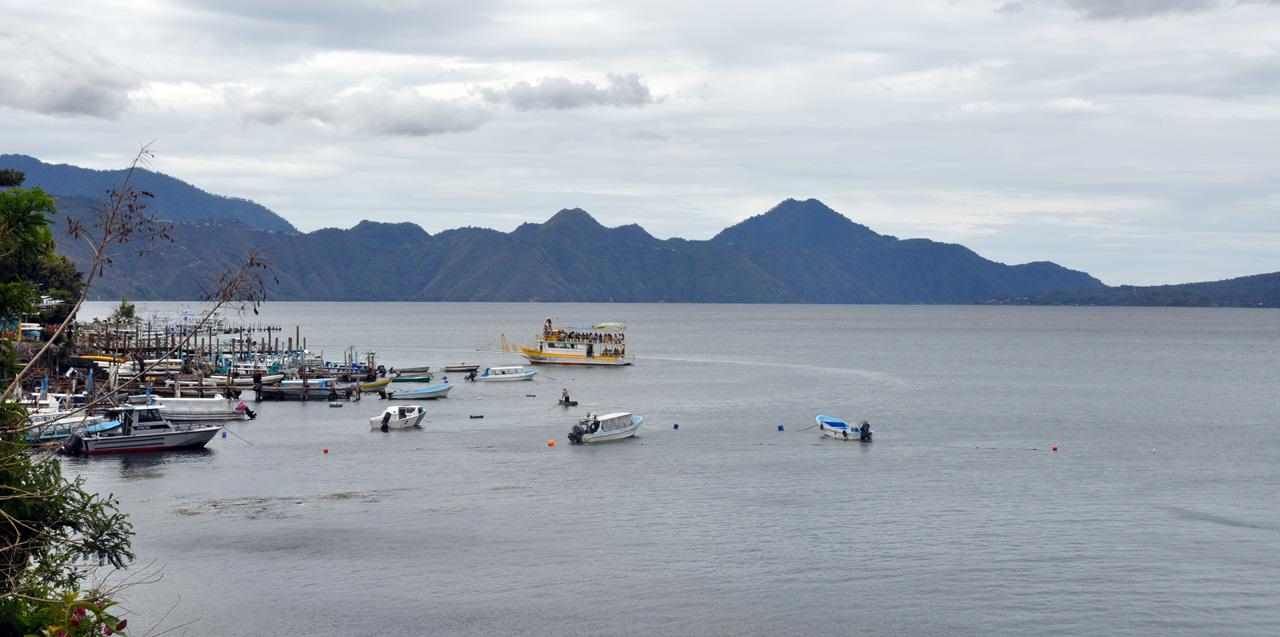
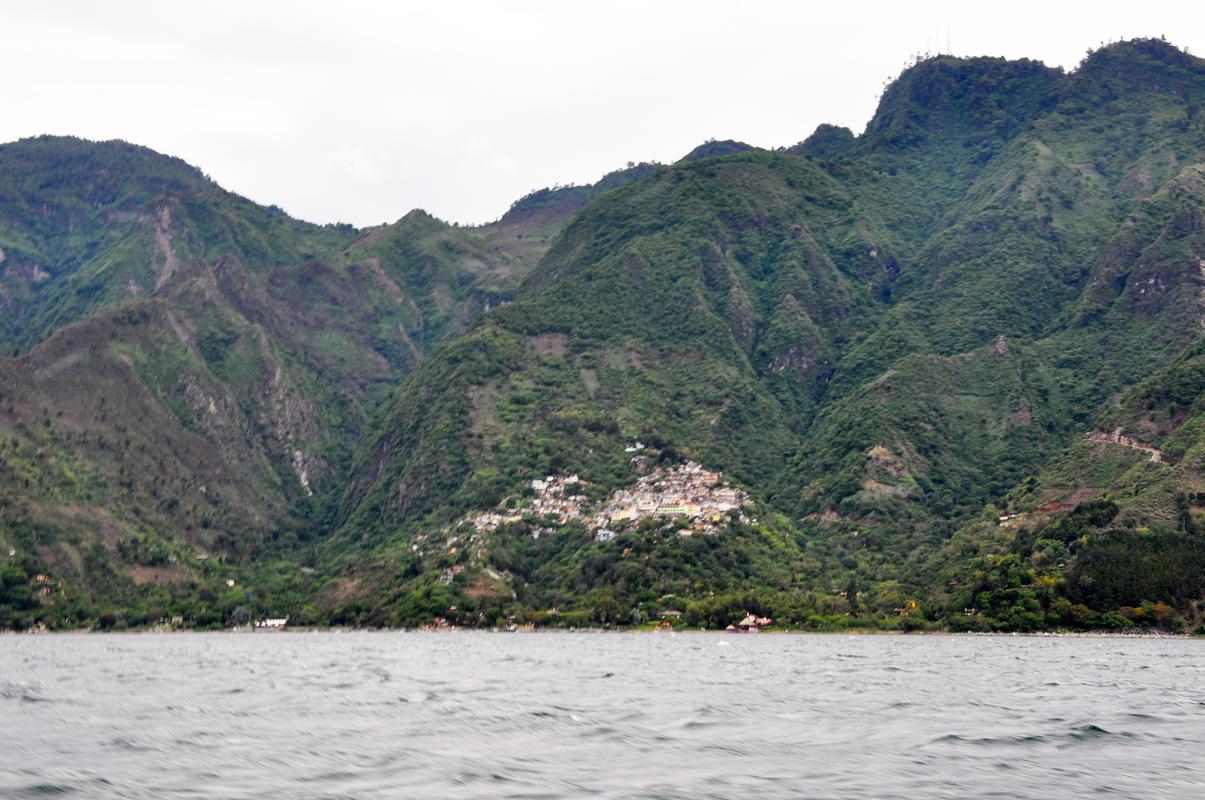
With volcanoes in the background, Lake Atitlán is a spectactular sight.
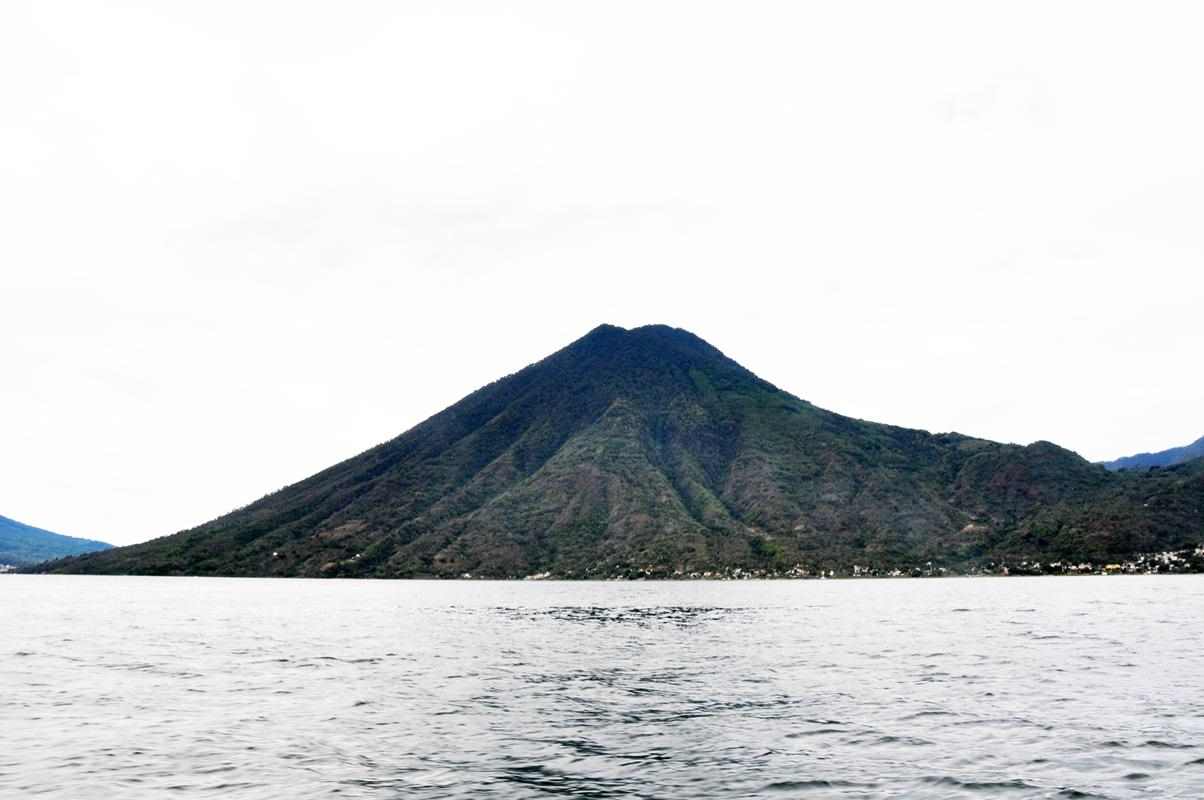
San Juan de Laguna
The first town that we visited on our day-cruise on Lake Atitlan was San Juan de Laguna.
The population is approximately 95% Tz'utujil.
Some travellers find it a tranquil setting in which to study Spanish or experience local life.
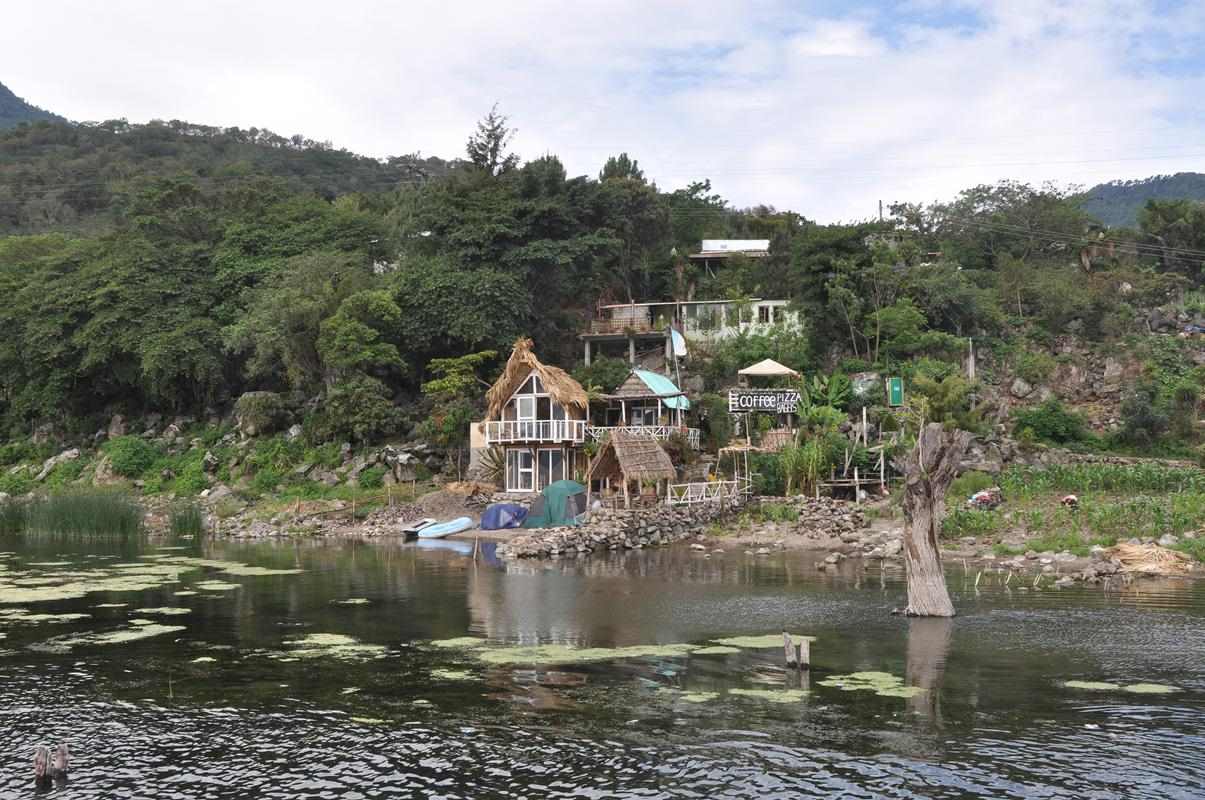
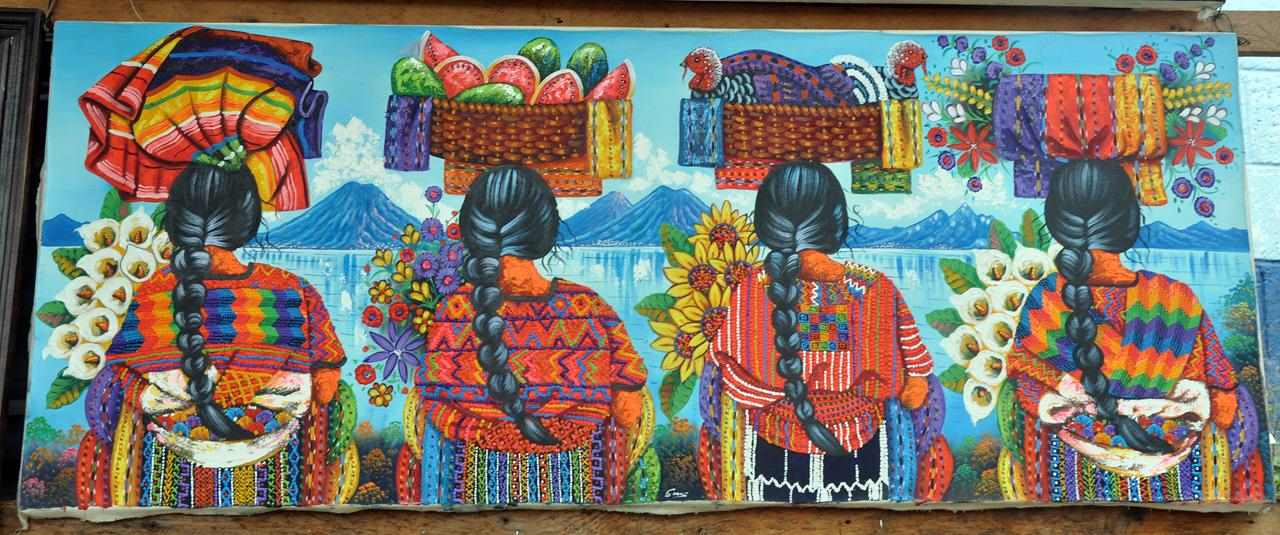
Iglesia Catolica de San Juan La Laguna
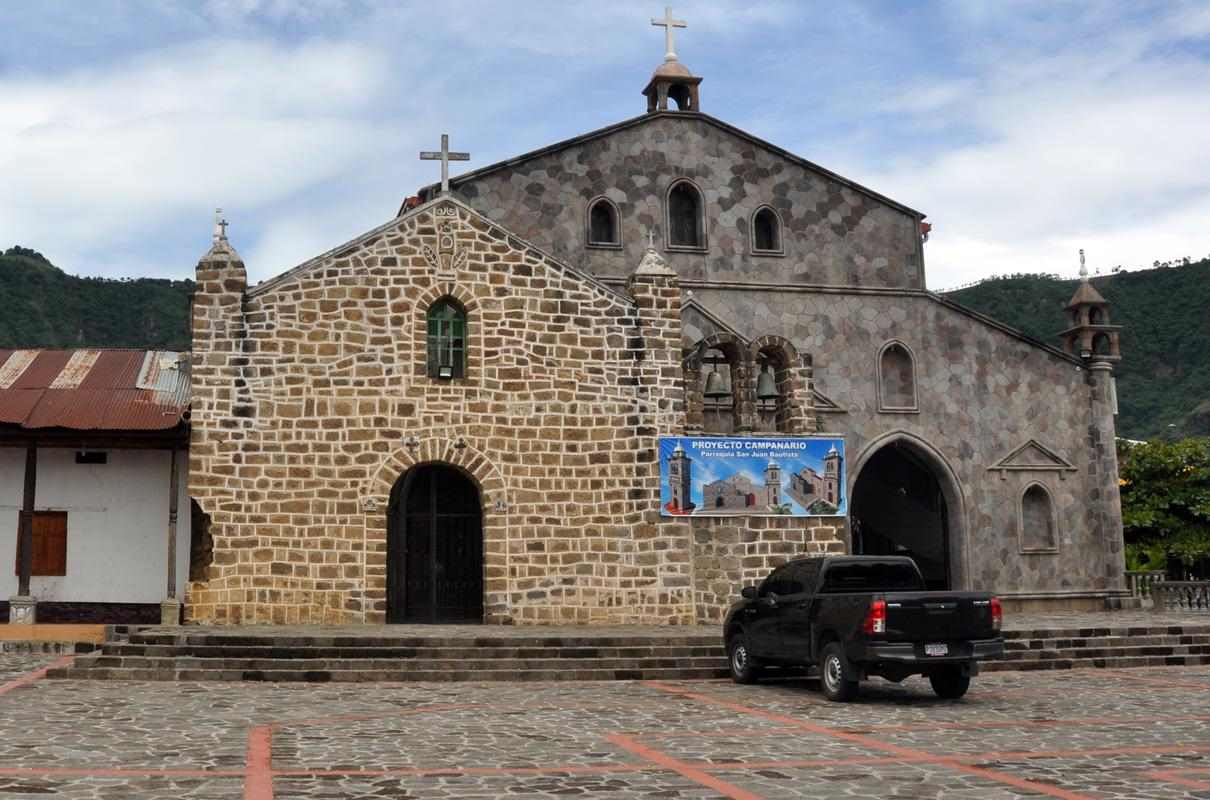
A weaving demonstration

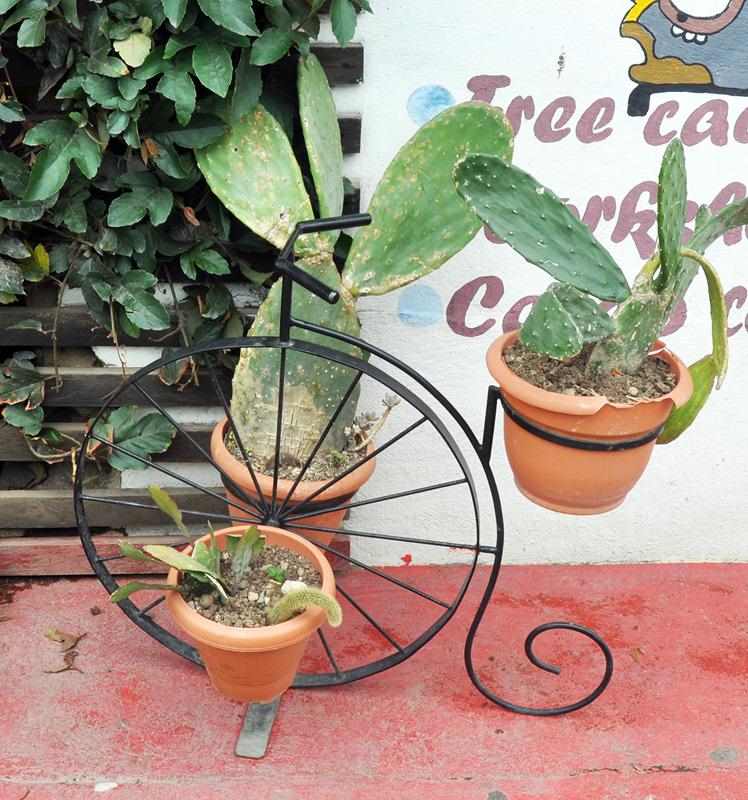
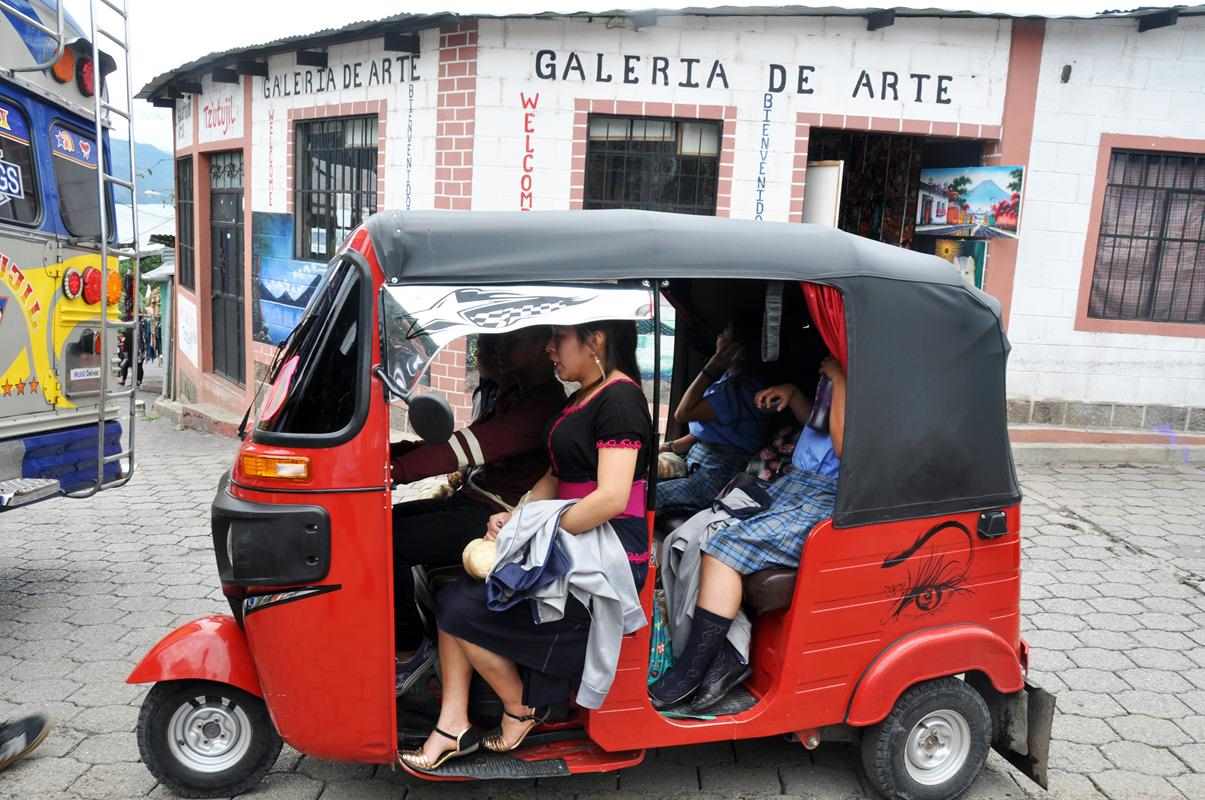

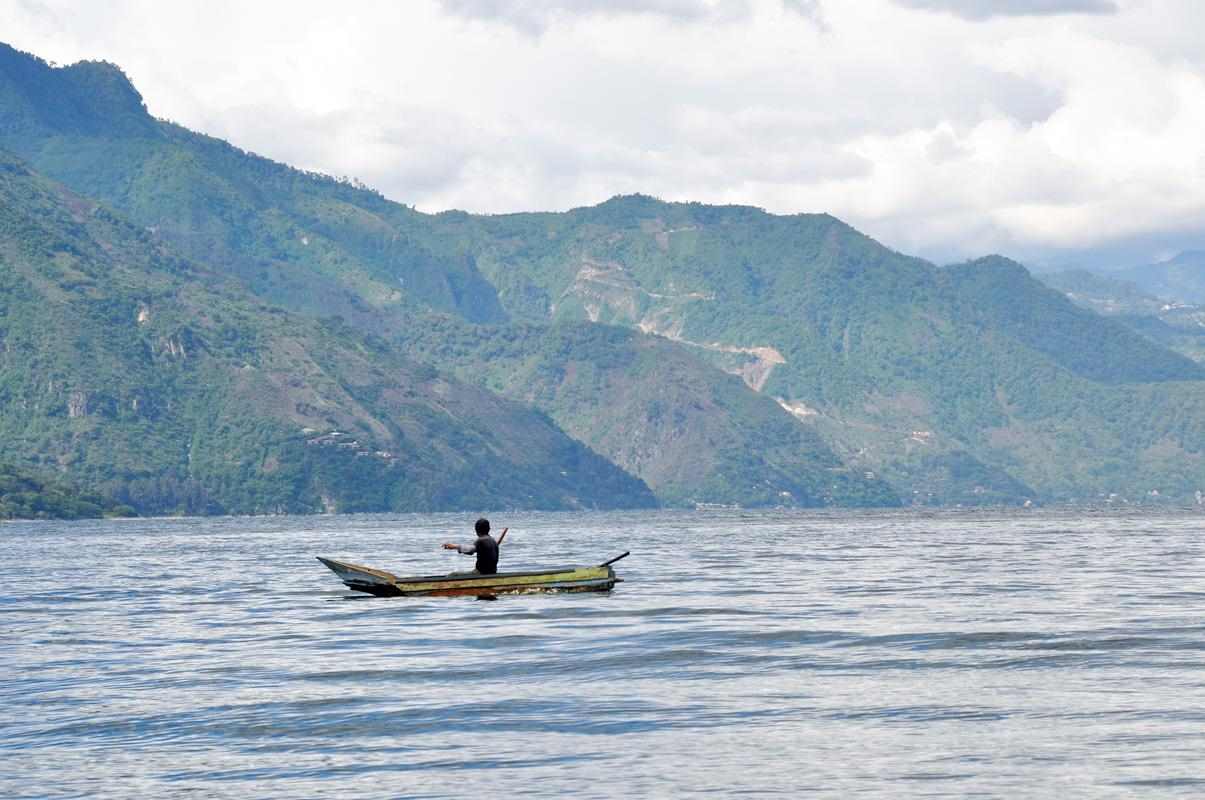
Antigua
Antigua, a city in the central highlands of Guatemala is known for its preserved Spanish Baroque-influenced
architecture as well as a number of ruins of colonial churches.
In 1543 the Spanish conquistadors founded present-day Antigua.
Antigua has been designated a UNESCO World Heritage site.
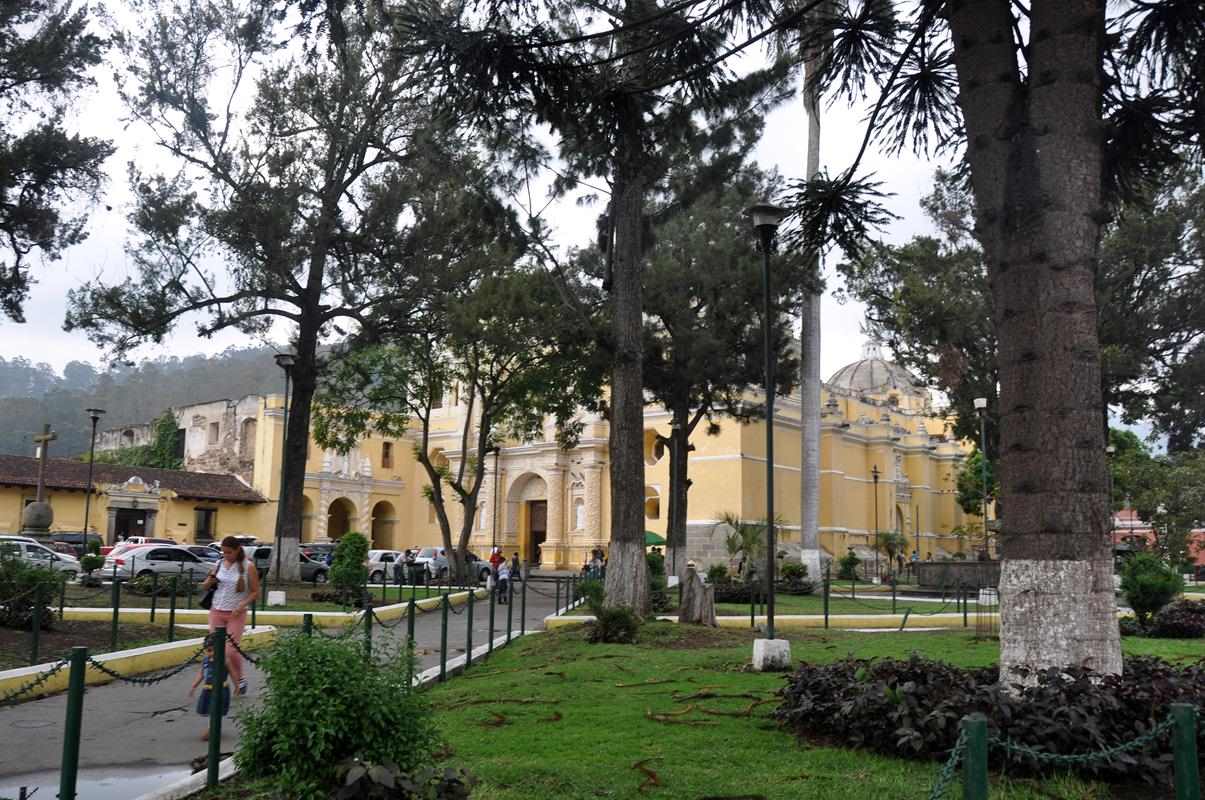
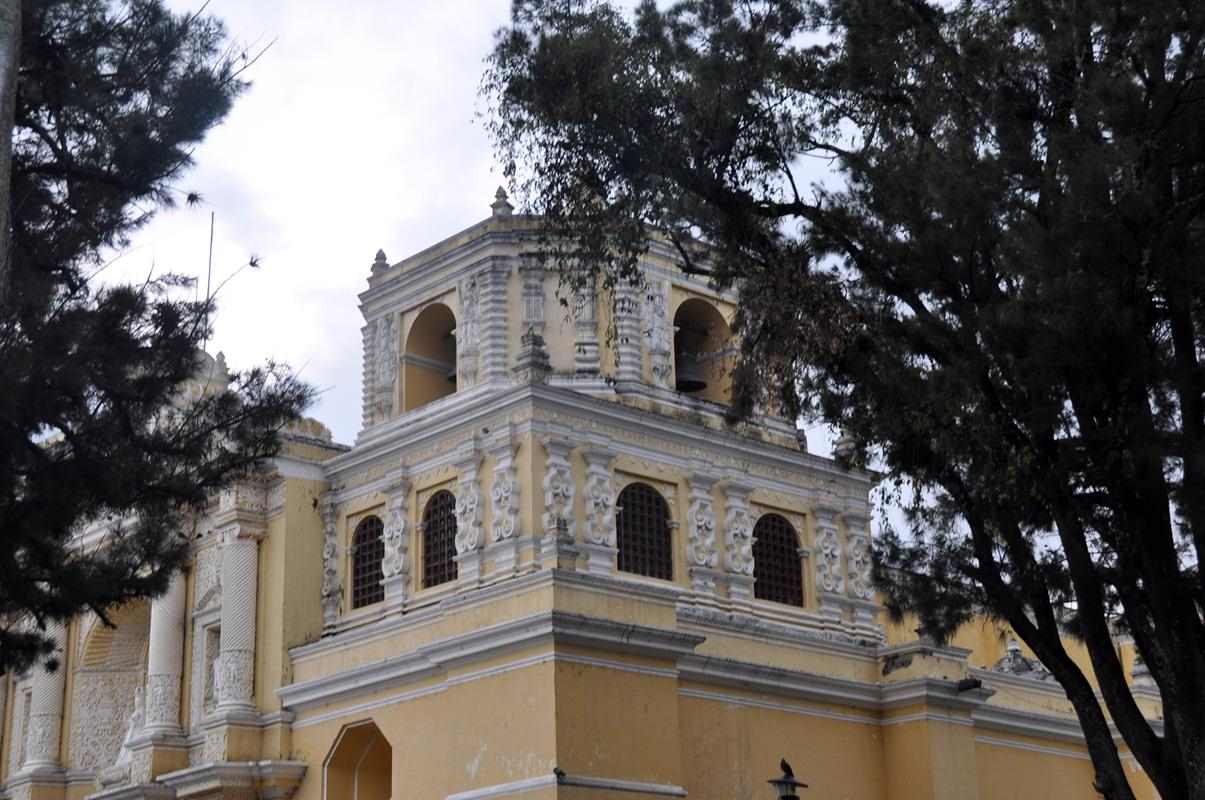
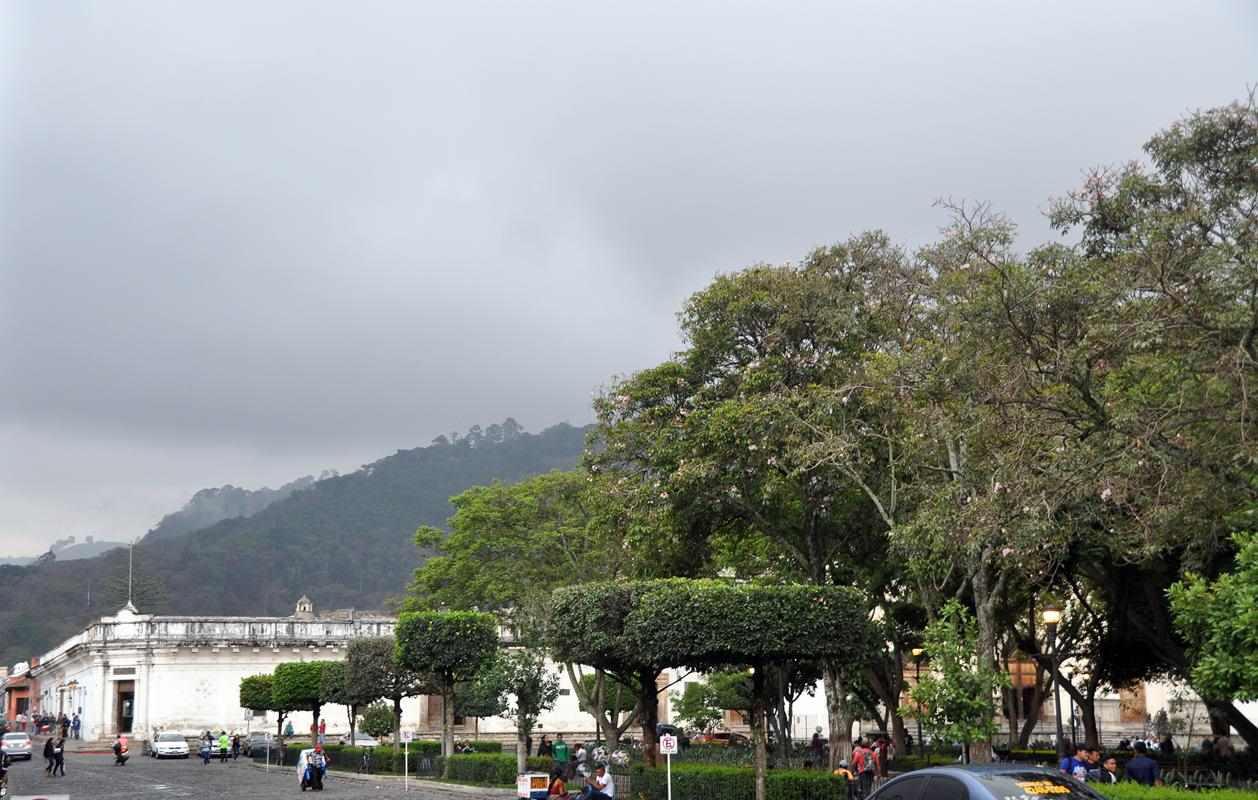
Like many Spanish-established cities in Latin America, the main plaza (or Zócalo) in Antigua
has the Cathedral along one side and the administrative offices along another side.
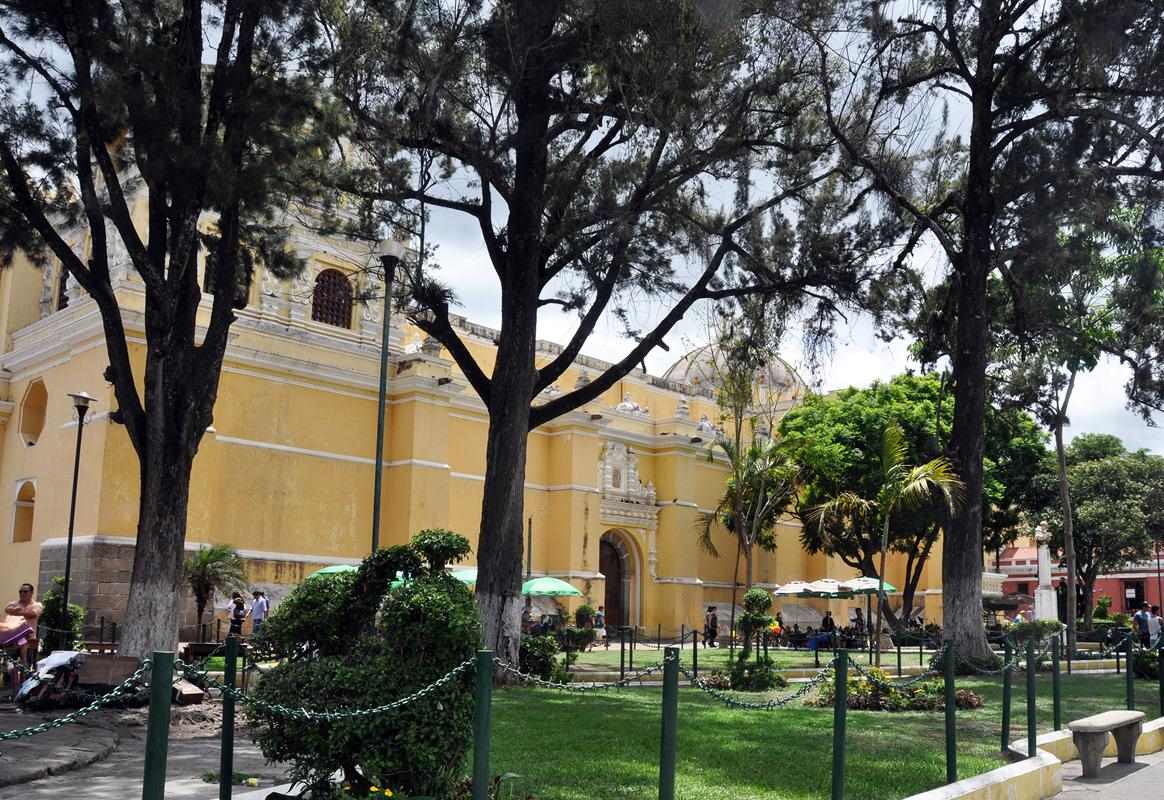

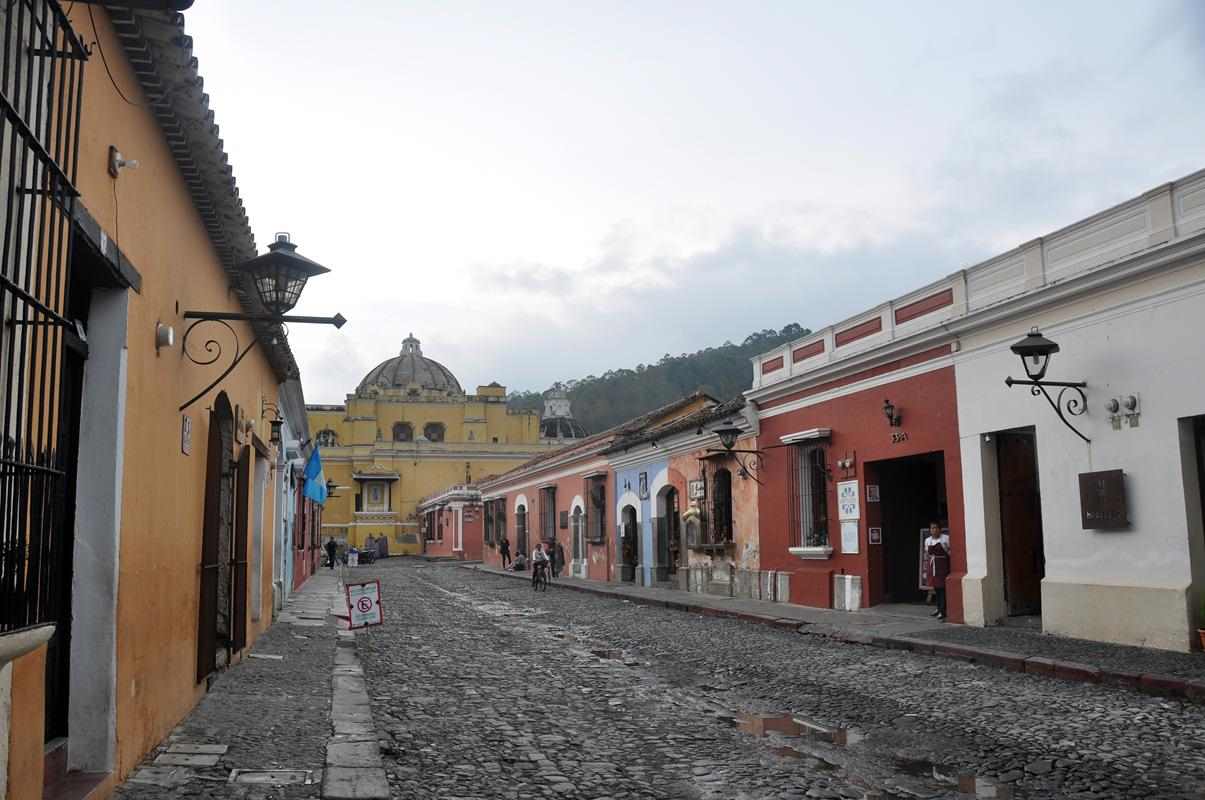
Our comfortable, clean guest-house in Antigua.
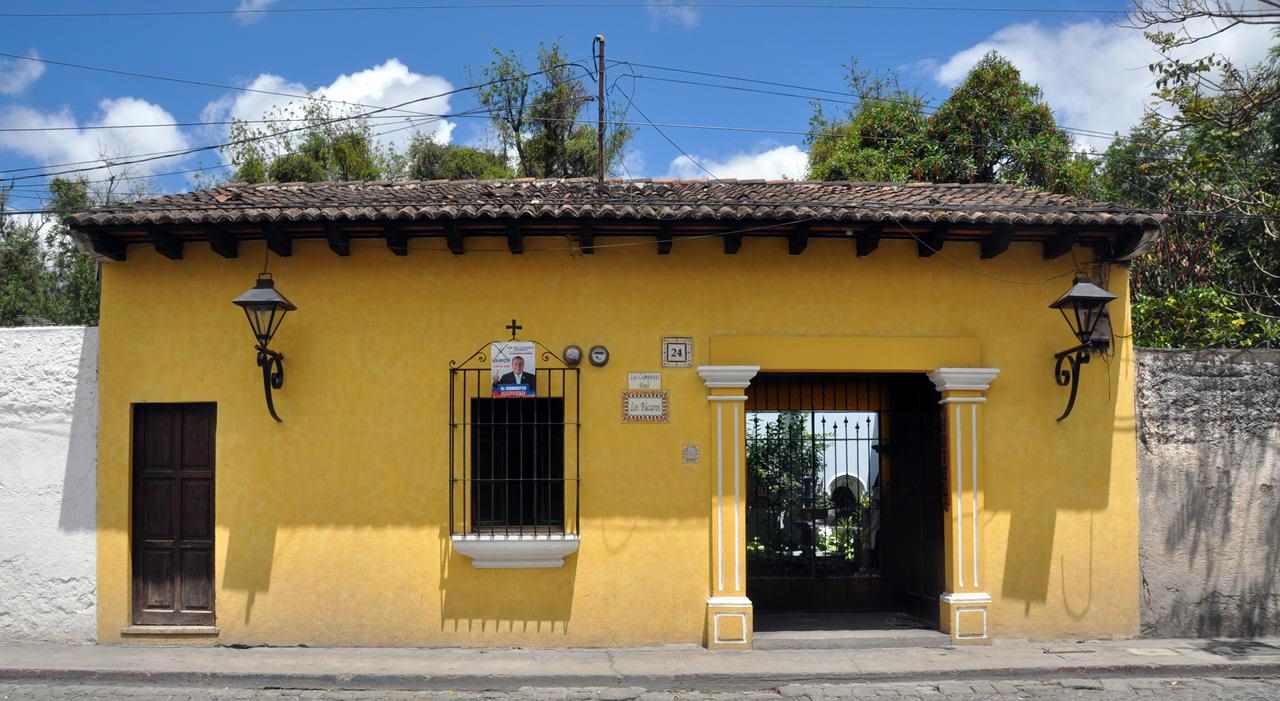
At a height of more than 3,500 metres, Volcan de Agua towers over Antigua.
Antigua was the third capital of Guatemala (from 1543 to 1776).
After the eruption of Volcan de Agua and a severe earthquake in 1773, the capital was moved 40km away to Guatemala City in 1776.
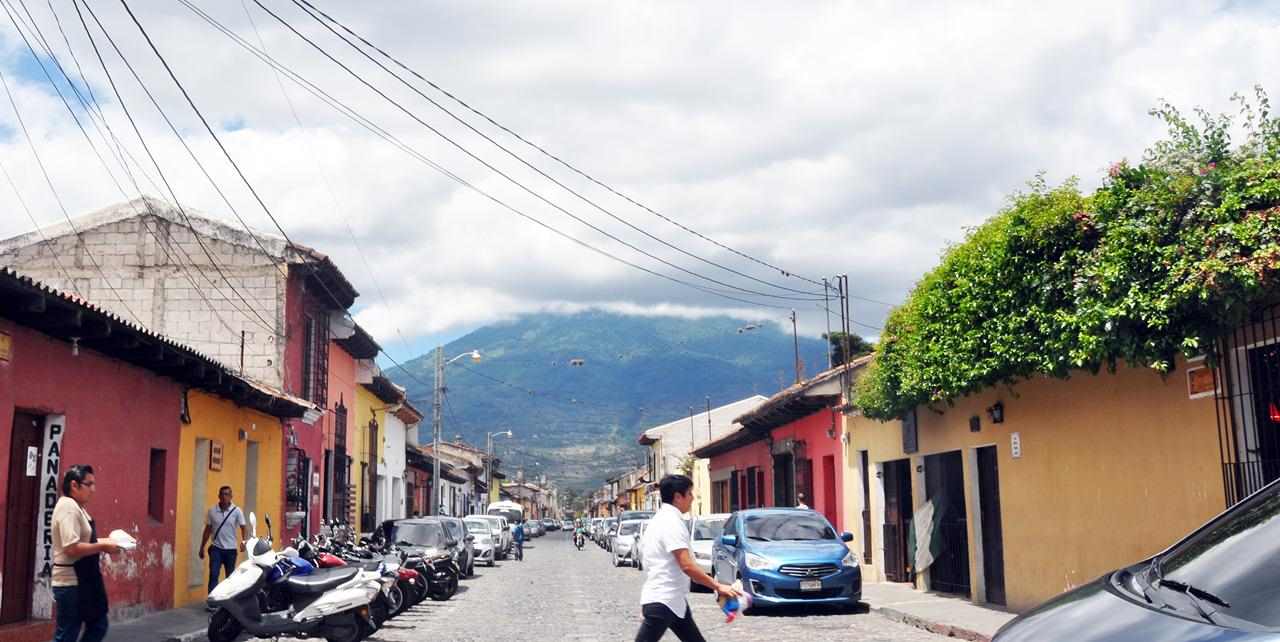
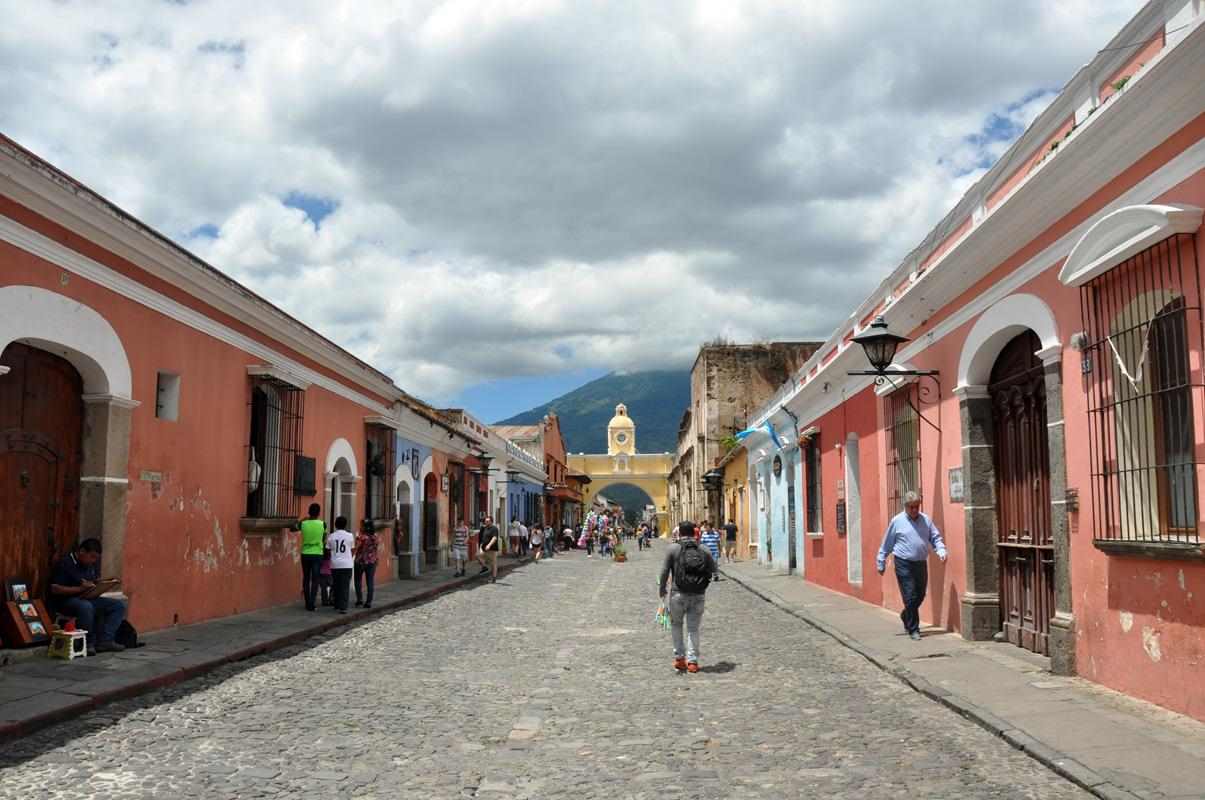
The Santa Catalina Arch is one of the distinguishable landmarks in Antigua
.Built in the 17th century, it originally connected the Santa Catalina convent to a school,
allowing the cloistered nuns to pass from one building to the other without going out on the street.
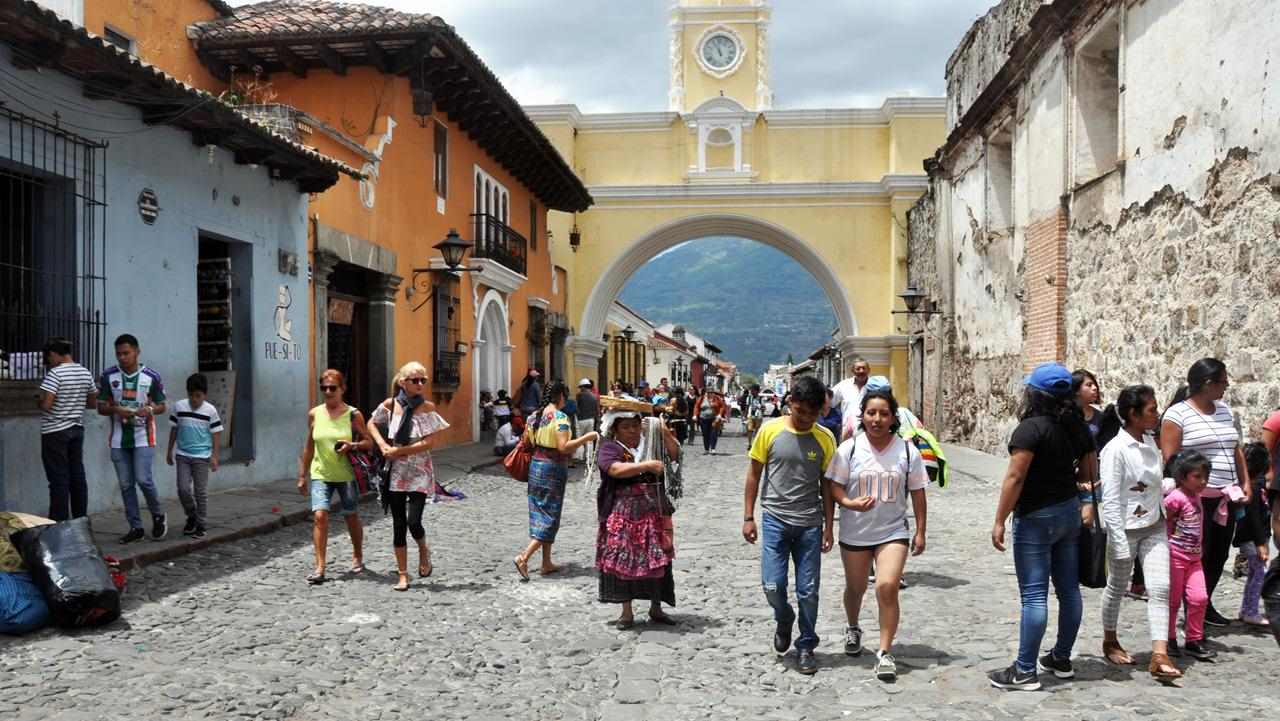
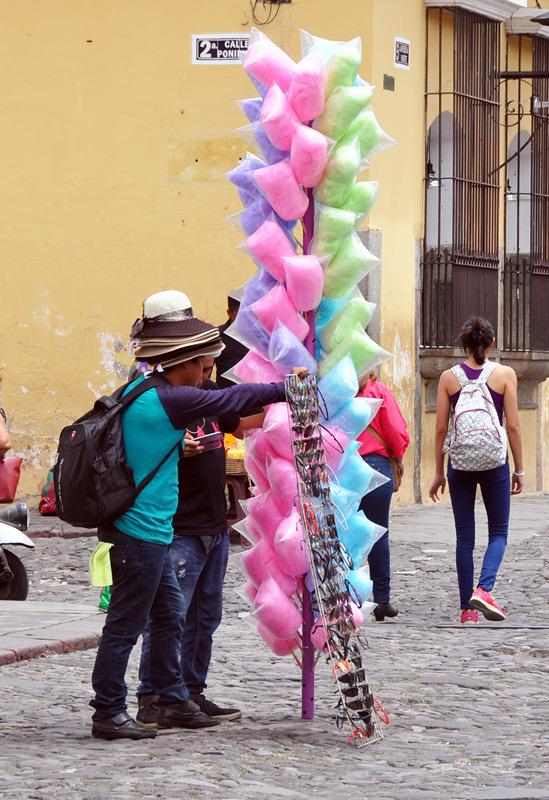
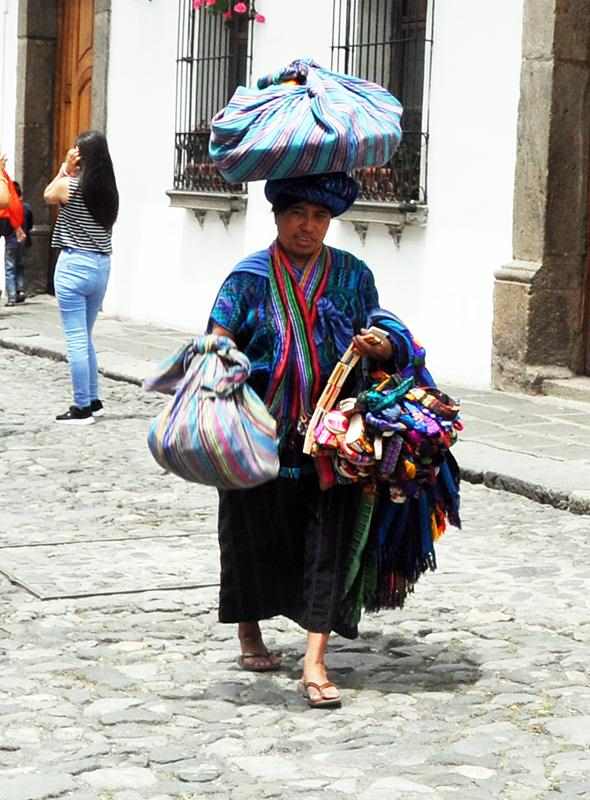
The Mermaid Fountain was built by Diego de Porres in 1737.
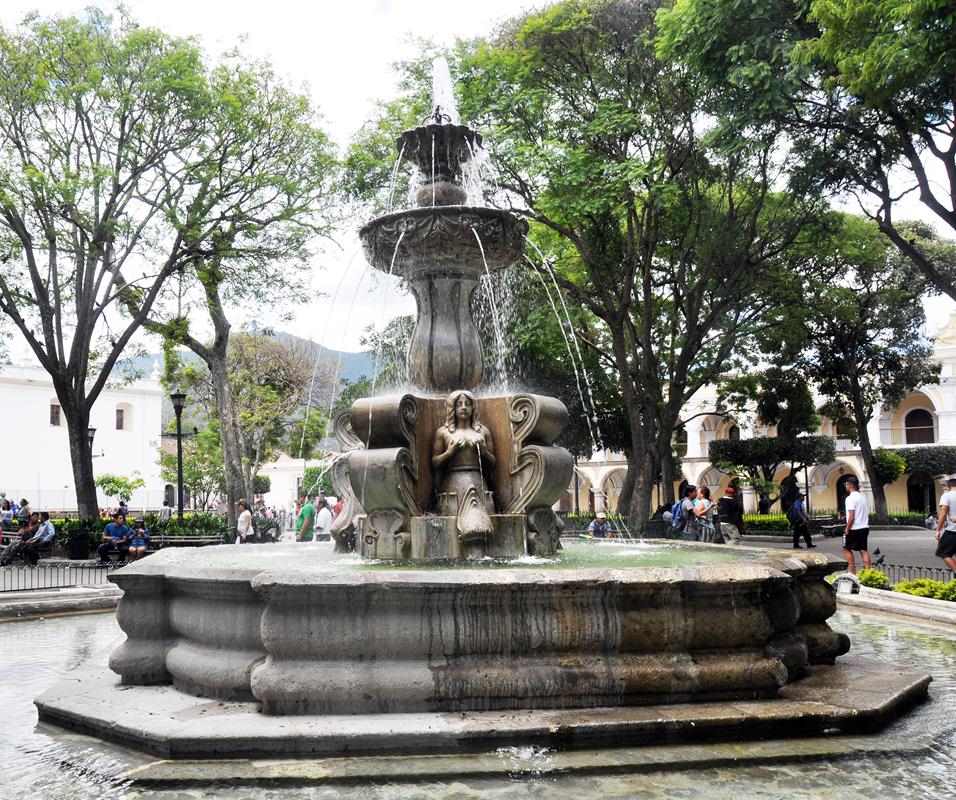
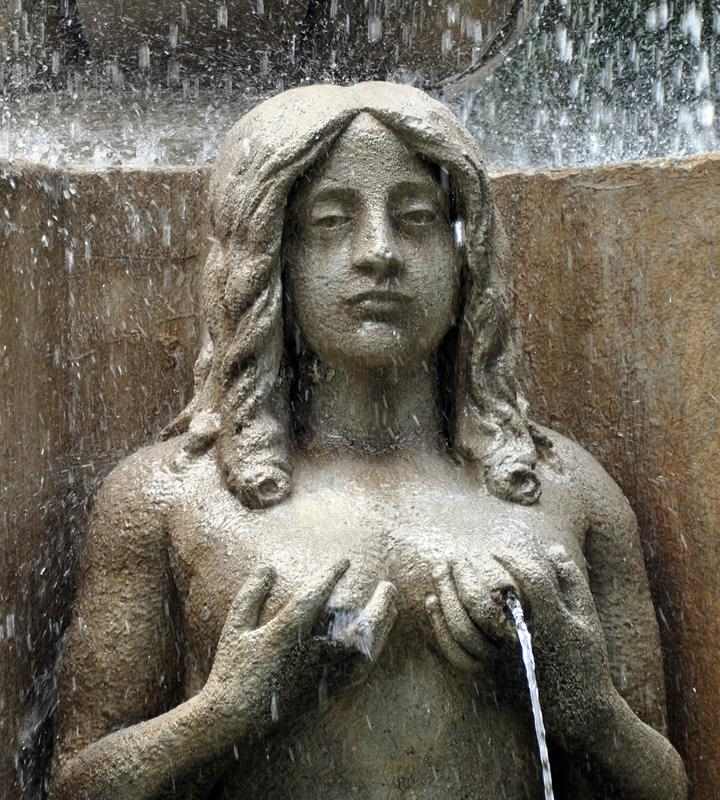
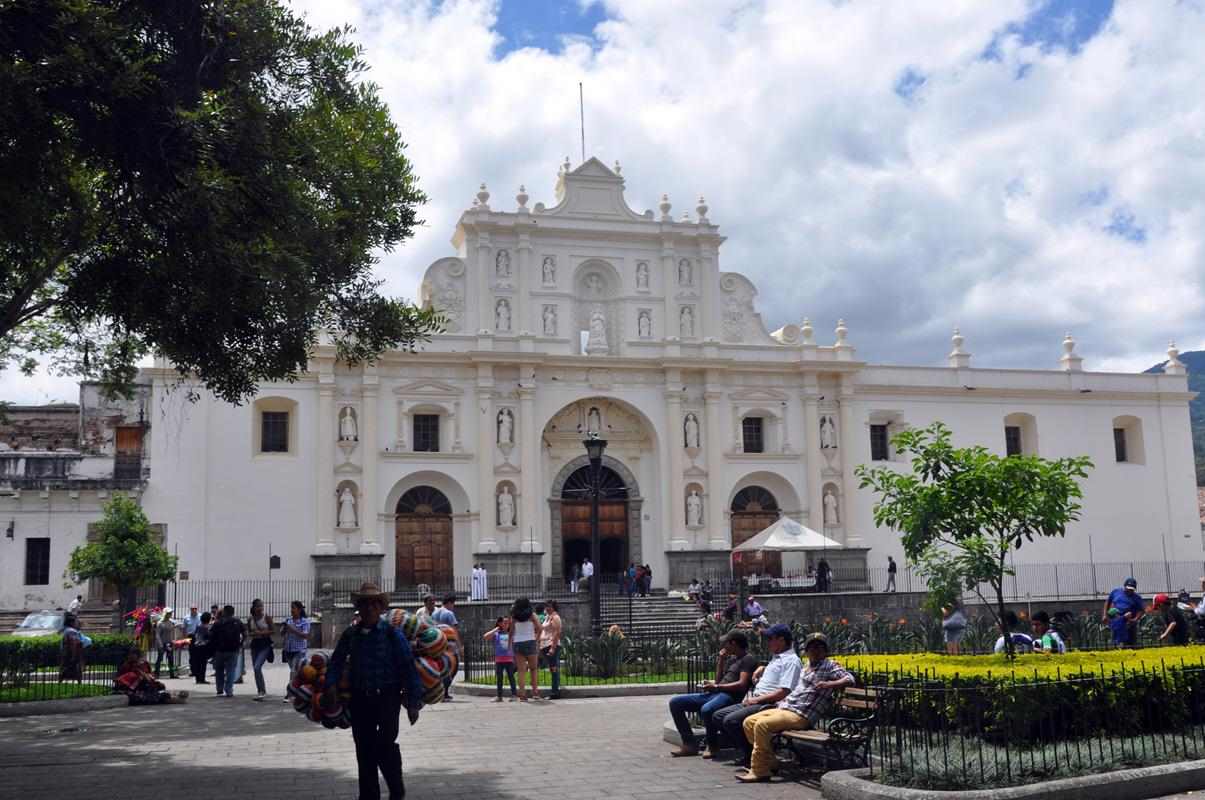
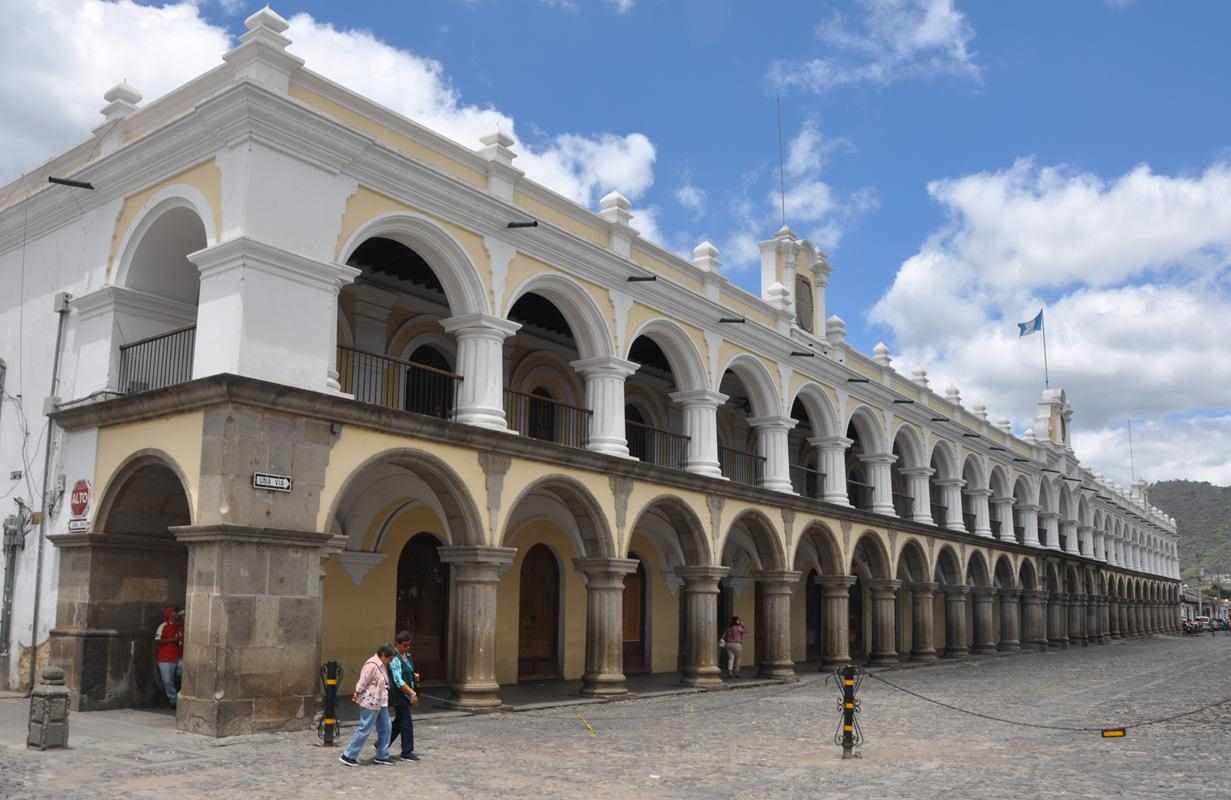
Ruins of the original Cathedral, a result of the devastating 1773 Guatemala earthquake.
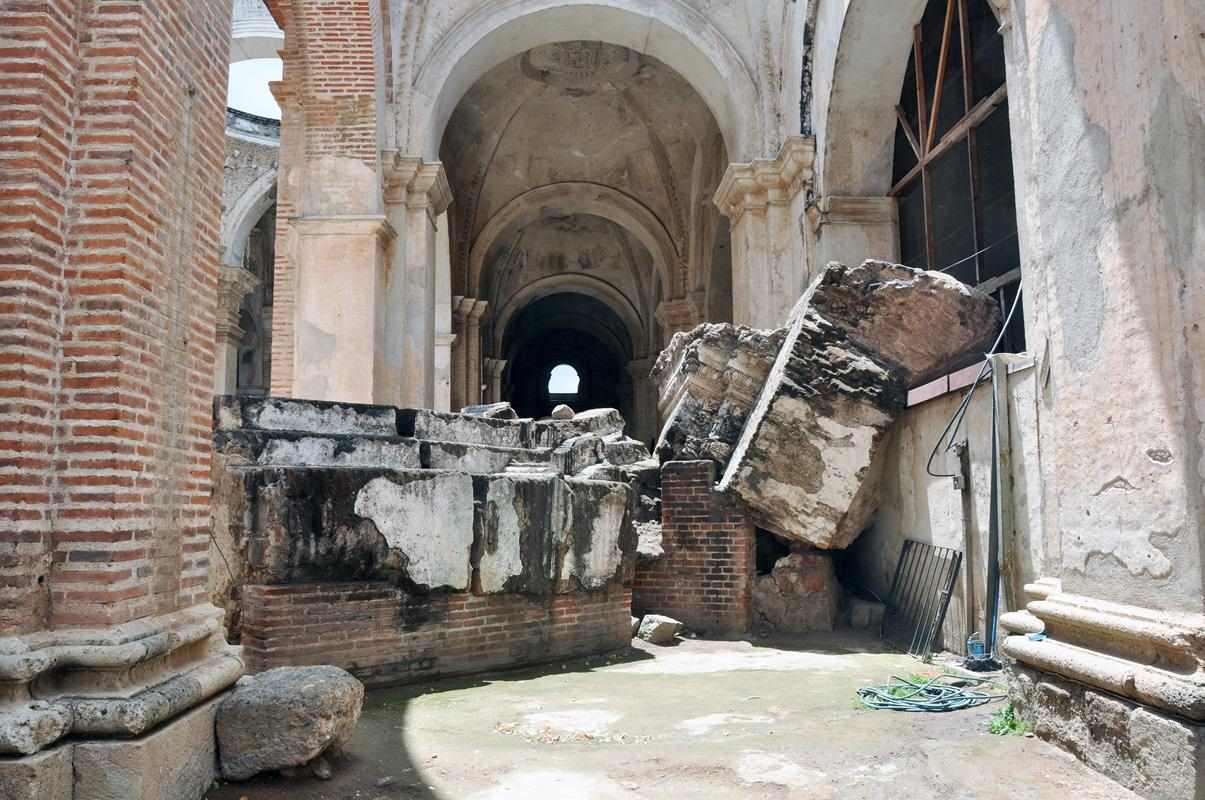
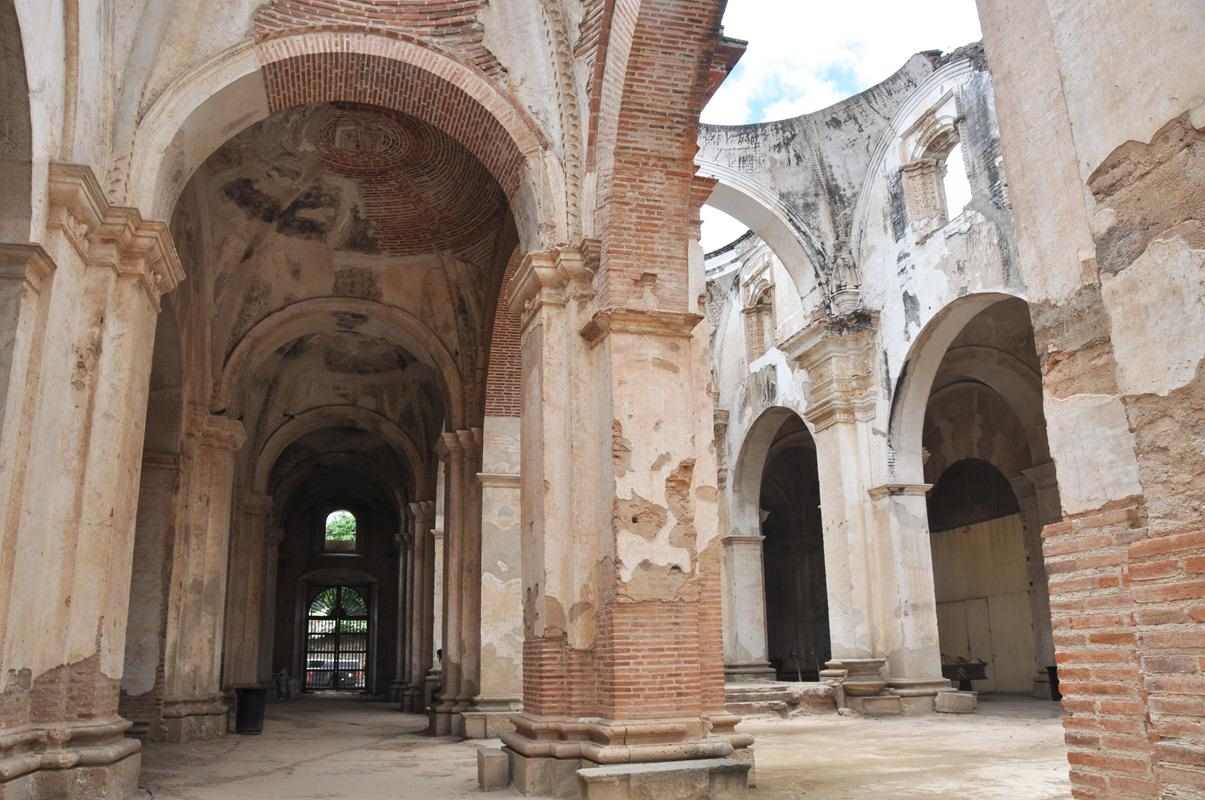
Antigua was the third capital of Guatemala.
In 1773, the Santa Marta earthquakes destroyed much of the town and The Spanish Crown ordered, in 1776, the removal of the capital to a safer location,
Guatemala City, 40km away is now the modern capital of Guatemala.
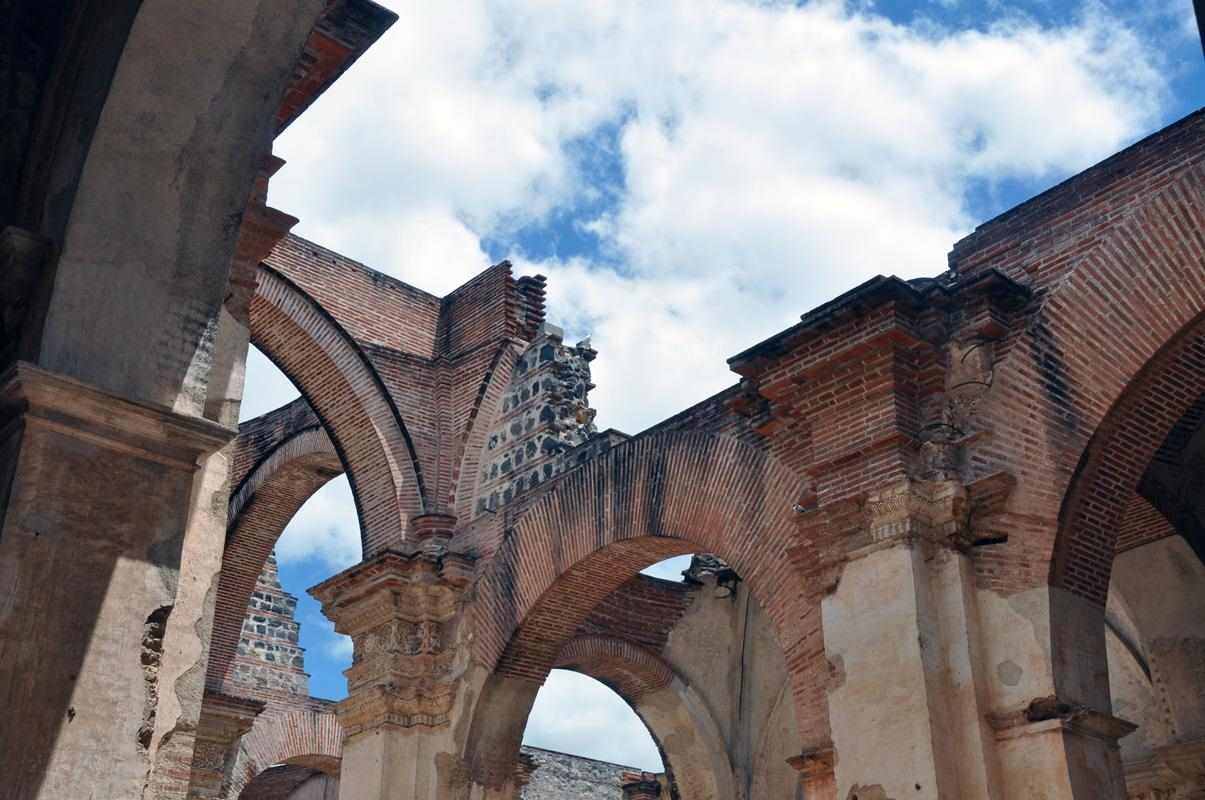
The workers who refurbish used American school busses are very proud of their efforts.

The Catedral de San José
The original church was built around 1541, but suffered several earthquakes throughout its history. It was demolished in 1669.
The cathedral was rebuilt and consecrated in 1680.
By 1743 the cathedral was one of the largest in Central America.
However, the devastating 1773 Guatemala earthquake seriously damaged much of the building,
though the two towers at the front remained largely intact.
These have undergone restoration work, and the cathedral has been partly rebuilt.

In April-May 2019 I had a 6-week trip to Central America.
(Melbourne - Los Angeles – Mexico – Cuba – Belize – Guatemala –
Mexico City – Los Angeles - Melbourne)
After my visit to Cuba I joined my third IntrepidTravel trip from Cancun through southern Mexico, Belize and Guatemala.
We had about a 1-hour trip from Santa Elana in Belize to Melchor on the Guatemala border.
Lake Petén Itzá
About an hour later we stopped at Hotel y Restaurante El Muelle at El Remate on Lake Petén Itzá.
It was a very pleasant spot. We had lunch here. Some of my tour-group had a swim in the lake.
Tikal
Tikal was the capital of a conquest state that became one of the most powerful kingdoms of the ancient Maya.
Though monumental architecture at the site dates back as far as the 4th century BC, Tikal reached its apogee during the Classic Period, c. 200 to 900 AD.
During this time, the city dominated much of the Maya region politically, economically, and militarily, while interacting with areas throughout Mesoamerica
such as the great metropolis of Teotihuacan in the distant Valley of Mexico.
There is evidence that Tikal was conquered by Teotihuacan in the 4th century CE.
Following the end of the Late Classic Period, no new major monuments were built at Tikal and there is evidence that elite palaces were burned.
These events were coupled with a gradual population decline, culminating with the site’s abandonment by the end of the 10th century.
In 1979 it was declared a UNESCO World Heritage Site.

With Sofia, our tour-leader in Belize and Guatemala.
Flores
The Mayans established a city here in the 13th century. They called it Nojpetén, (Great Island).
It was located on an island on Lake Peten Itza, which is now connected to the mainland by a short causeway.
It was here that the the last independent Maya state held out against the Spanish conquerors.
The Spanish did not manage to conquer the island until 1697, when they marched in, attacked via boats, and destroyed it.
Those who could flee did so, and many Itzá people hid in the jungle for years.
From the ruins of Nojpetén arose the modern city of Flores.
Hernán Cortés, the Spanish Conquistador who led an expedition that caused the fall of the Aztec Empire,
came to the island, en route to Honduras, but needed to move on and did not try to conquer it.
Cortés left behind a cross and a lame horse. He said he would return soon for it.
The Itza had never seen a horse before, and did not know how to treat it.
They fed it like their Gods. A diet of meat and birds, flowers and other things.
Of course, the horse died and the Itza were terrified of the retribution for killing a God.
They made a stone horse and worshipped it to prove they were not responsible for its death.
Rio Dulce
Dulce River (Río Dulce, or "Sweet River") in Guatemala, is part of a lake and river system that has become a popular cruising sailboat destination.
It flows from Lake Izabal to the Caribbean Sea.
Hacienda Tijax, our hotel at Rio Dulce. It was only accessible by boat.
The reception and the lounge-dining areas of the hotel.
You could sit on a couch sipping a piña colada a metre from the edge of the water.
A large piña colada at Hacienda Tijax, while being photo-bombed by Sofia, our tour-leader.

My room ("large dog kennel") at Hacienda Tijax. It was spacious, clean and comfortable. The meals were excellent.
I went on a 2-hour each-way boat trip on the river from my hotel, Hacienda Tijax, to the mouth of the river at Livingston.
The river begins at the point where it flows out of Lake Izabal.
At the entrance to the river there is a small Spanish colonial fort, the Castillo de San Felipe de Lara,
built to stop pirates entering the lake from the Caribbean when this part of Central America was an important shipping staging point.
A large iguana
Livingston - the town at the mouth of the river.
It was once Guatemala's main port on the Caribbean Sea .
Rio Dulce was a great place in a picturesque area.
Chichicastenago
One of the largest and most well-known markets in all of Central America can be found in the small indigenous Mayan town of Chichicastenango,
located in the western highlands of Guatemala.
The market is held every Thursday and Sunday and this is when locals travel from villages throughout the countryside and gather at this market
to sell their beautiful handicrafts, colourful textiles, fresh produce, traditional clothing and more at this bustling and vibrant local market.
Our meeting place was at a hotel across the road from the market.
The hotel had a very pleasant garden courtyard.
San Jorge La Laguna
IntrepidTravel arranged a homestay for us at this town on the edge of Lake Panajchel.
This is where Robert, Luke and I stayed.
My landlady, Sophie with her youngest son, Nestor 3.
Iglesia de San Jorge La Laguna
Lake Atitlán
The deepest lake in Central America, Lake Atitlán is renowned as one of the most beautiful lakes in the world,
and is one of Guatemala's most important national and international tourist attractions.
The lake has a maximum depth of about 340 metres with an average depth of 220 metres. Its surface area is 130 km2.
It is shaped by deep surrounding escarpments and three volcanoes on its southern flank.
We had a day-cruise to other towns on the edge of the lake.
With volcanoes in the background, Lake Atitlán is a spectactular sight.
San Juan de Laguna
The first town that we visited on our day-cruise on Lake Atitlan was San Juan de Laguna.
The population is approximately 95% Tz'utujil.
Some travellers find it a tranquil setting in which to study Spanish or experience local life.
Iglesia Catolica de San Juan La Laguna
A weaving demonstration
Back
in the boat on
Lake Atitlan
to visit San Pedro La
Laguna. We had lunch here.
Antigua
Antigua, a city in the central highlands of Guatemala is known for its preserved Spanish Baroque-influenced
architecture as well as a number of ruins of colonial churches.
In 1543 the Spanish conquistadors founded present-day Antigua.
Antigua has been designated a UNESCO World Heritage site.
Like many Spanish-established cities in Latin America, the main plaza (or Zócalo) in Antigua
has the Cathedral along one side and the administrative offices along another side.
Our comfortable, clean guest-house in Antigua.
At a height of more than 3,500 metres, Volcan de Agua towers over Antigua.
Antigua was the third capital of Guatemala (from 1543 to 1776).
After the eruption of Volcan de Agua and a severe earthquake in 1773, the capital was moved 40km away to Guatemala City in 1776.
The Santa Catalina Arch is one of the distinguishable landmarks in Antigua
.Built in the 17th century, it originally connected the Santa Catalina convent to a school,
allowing the cloistered nuns to pass from one building to the other without going out on the street.
The Mermaid Fountain was built by Diego de Porres in 1737.
Ruins of the original Cathedral, a result of the devastating 1773 Guatemala earthquake.
Antigua was the third capital of Guatemala.
In 1773, the Santa Marta earthquakes destroyed much of the town and The Spanish Crown ordered, in 1776, the removal of the capital to a safer location,
Guatemala City, 40km away is now the modern capital of Guatemala.
The workers who refurbish used American school busses are very proud of their efforts.
The Catedral de San José
The original church was built around 1541, but suffered several earthquakes throughout its history. It was demolished in 1669.
The cathedral was rebuilt and consecrated in 1680.
By 1743 the cathedral was one of the largest in Central America.
However, the devastating 1773 Guatemala earthquake seriously damaged much of the building,
though the two towers at the front remained largely intact.
These have undergone restoration work, and the cathedral has been partly rebuilt.